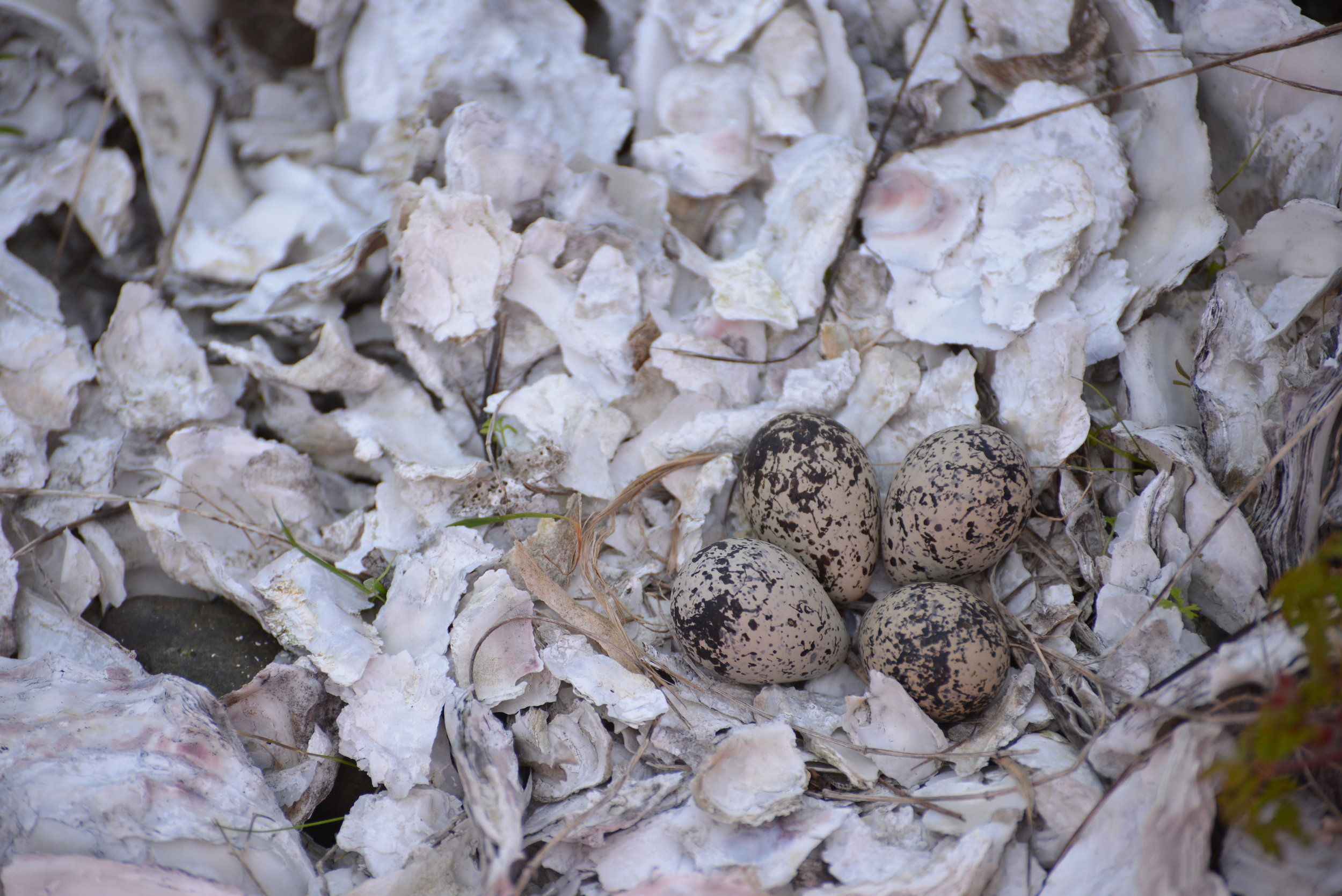
Twanoh State Park Trails -- Day hiking around Alderbrook Resort & Union
Number #2 on our best hikes around Hood Canal according to Craig Romano is Twanoh State Park’s hiking trails. Famous for its large beach on Hood Canal with some of the warmest salt water in the state, many who flock to this park, go straight to the beach or the campground, leaving the 182-acre park’s hiking trails pretty quiet.
Craig Romano
Famous for its large beach on Hood Canal with some of the warmest salt water in the state, many who flock to this park, go straight to the beach or the campground, leaving the 182-acre park’s hiking trails pretty quiet.
Locate the trailhead and start hiking on a wide trail through a cluster of rhododendrons. The way parallels gurgling Twanoh Creek which forms a small delta on the park’s beach. The trail soon comes to a junction.
Here a side trail crosses the creek on an attractive bridge and reaches the campground—an alternative start if you’re camping in the park.
The main trail continues straight through a tunnel of rhododendrons and a grove of big cedars. It then begins working its way up a small ravine cradling the small creek. While this ravine was logged in the past, the second growth forest here is now quite mature.
At .3 mile come to a junction for the loop.
While you can go either way, head left for a clockwise loop and a gradual ascent and transition out of the ravine. As you ascend out of the tight draw, the salal and evergreen huckleberries thin out.
It’s much drier on the ridge above the ravine. After two switchbacks, the trail reaches the head of the ravine. Now head right following an old woods road.
The walking is easy going. Slowly descending come to a group campsite. Then come to another junction. The old road continues straight leading back to the Day Use Parking Area and can be used as an alternative return.
The loop continues right on a switchback descent back into the ravine. Take it passing by a few big old Douglas firs and clusters of leathery-leaved rhododendrons. Reach the loop junction and head left back to the trailhead—and perhaps a trip to the beach.
Mountain Biking Lower South Fork Skokomish
The fall colors on Hood Canal are heralding the close of summer. Time to head to the hills to embrace the much needed rains in the Olympic National Park as the hills and valleys go back to the Technicolor spectrum of green.
Whenever the impending rains approach Olympic National Park, they turn our hills and valleys back into the spectrum of green that makes home feel like home.
Photo Credit: Bike List
For some of us, that means misty morning walks up our favorite mountains (like Mt. Ellinor), for others, that means relaxing indoors with a good book, but for those of us that feel best while we are two-wheeling, that means tacky dirt and flowy mountain biking trails!
Grab your elbow pads and helmets, and tune up your metal steeds as we embark on our newest in the Hood Canal Travel guide.
Fuel Your Fire | 9AM
Serious riders (or pure-and-simple fun-seekers like us) need a belly full of goodness to fuel a full day of thrill-seeking. If you’re an early bird and a breakfast fiend, stop into Blondie’s for down home from-scratch diner food. The biscuits and gravy take the cake at this friendly local joint.
Hit the trail | 11AM
After meandering down some forest roads underneath the towering Olympics, come to the Lower South Fork Skokomish River Trail #873. Characterized by its intermediate single track riding through some of the finest ancient forests in the Northwest, this ride serves up a bit of everything. Doable as a 20.9 mile loop, if you care to climb the road and ride trail down although most prefer to ride single track up the trail and then back down.
Olympic elk still roam the hillsides, and as you are slashing short, quick ascents and sending sometimes rocky and rooted descents, take in the uncontested beauty of the river valley sliced by the surging Skokomish River.
"I love this fun, flowy cross-country trail that parallels the South Fork of the Skokomish River. It has a bit of everything!" - Jaime, local bike shredder
Before embarking, be sure to check trail conditions here, and prepare to be without cell service by having a good map and a USFS Rec Guide. Keep in mind that, like most USFS land, a Recreation Pass is required, which you can find here, or at a number of local businesses like Verle’s Sports Center and Marine in Shelton.
Treat yourself to a view | 2pm
Before that plastered grin that characterizes a good ride fades away, get yourself to one of the most recognized historical relics of Hood Canal. From the trailhead, a short 20 minute drive takes you to the High Steel Bridge. The highest railway arch ever built in the United States spans the South Fork of the Skokomish (a river that you are already quite familiar with) a dizzying 365 feet above the forest floor. Originally constructed in 1929 by the Simpson Logging Company, the bridge was converted to road use in 1950.
As you flip through the memories of a day well spent, remember that we love keeping up with you! Tag your photos and thoughts on social media with #explorehoodcanal #wildsideWA #hoodcanal. Be sure to check in with us on Facebook, Twitter, Instagram, and Pinterest for more ideas on how to get the most out of your road trip to Hood Canal. Happy trails.
Daily: 5am-9pm
360.432.2777
Lower South Fork Skokomish River Trail #873
A Hood Canal Road Trip
Ahh... road trips –there’s nothing that holds more appeal than the classic road trip – discovering new places, trying new things. Getting away from it all is as easy as heading to the South Sound via the Tacoma Narrows Bridge or by catching the Bremerton ferry for the 22 minute drive to Belfair, WA at the head of Hood Canal.
Ahh... road trips –there’s nothing that holds more appeal than the classic road trip – discovering new places, trying new things – Here's a sample itinerary to get you dreaming about discovering your adventures on Hood Canal.
Getting away from it all is as easy as heading to the South Sound via the Tacoma Narrows Bridge or by catching the Bremerton ferry for the drive to Belfair, at the head of Hood Canal.
Belfair, WA ( 22 minutes, 14 miles | Via SR 3 S)
Nestled between the North Bay of the Puget Sound and the southern hook of Hood Canal, Belfair is a great place for road trip supplies or to have lunch before heading off to explore the 130+ acre birder's dream wetlands, Theler Wetlands Nature Preserve. visit local craft brewery, Bent Bine Brew Co, to try their new brews. Hankering for wine? Check out the award winning Mosquito Fleet Winery, also calling Belfair home.
Twanoh State Park includes 3,167' of saltwater shoreline.
Twanoh State Park (14 minutes; 9.2 miles | via SR 106 W)
Twanoh State Park's 182 acres include 3,167 feet (965 m) of saltwater shoreline and 2.5 miles of inland hiking trails. Gather shellfish off the public beaches (when open) or simply take a walk on one of the many trails.
Alderbrook Resort & Spa (7 minutes, 5.2 miles | Via SR 106 W)
Since 1913, generations of visitors have enjoyed the rustic, albeit very luxurious, charm of this canal-side retreat on 88 acres, which include an 18-hole golf course. The 77 guest rooms are ideal for a rejuvenating escape, while the 16 cozy cottages are perfect for family fun. Complete with a waterfront restaurant, dock, and saltwater pool and spa, the Resort also offers access to boating from kayak rentals to multi-person cruises. Alderbrook Resort & Spa (Union, 10 E Alderbrook Dr, (360) 898-2200).
Union, WA (6 minutes, 2.4 miles | Via SR 106 W)
The spectacular views from Union are not to be taken lightly. Here is definitely the best vantage point to view the Olympic range. On the journey to Union's center, take a moment to admire the historic Dalby Water Wheel and stop in at Cameo Boutique for some great shopping of local items as well as the newly minted Hood Canale with a wood fire pizza and a spectaculr selection of wines. In Union check out the Union Country Store (5130 SR 106) for fresh bakery goods and all you need to continue on your adventure. Across the road, on the waterside, 2 Margaritas Restaurant serves Mexican food; while the Union City Market stocks everything from gifts and collectables to homemade candy and fresh oysters!
Hunter Farms (5 minutes, 3.4 miles | Via SR 106 W)
The drive along the Skokomish delta is simply perfect. As the road weaves it's path around the shoreline, you are treated to glimpses of the Olympics filtered through patches of arbutus clinging to the beach edge. Before the road forks west, you are greeted by an immense red barn. This is Hunter Farms. Stop and stretch your legs, check out the many animals and fresh produce as well as a selection of locally made products. Visit the onsite information kiosk –but most of all, get a generous cone filled with locally sourced (as in the Skokomish Valley less than 5 miles away!), Olympic Mountain Ice Cream. Amazing.
High Steel Bridge (26 minutes, 13 miles | Via W Skokomish Valley Rd
If you are up for a short diversion from the Hood Canal Loop, consider a trip to the historic High Steel Bridge that spans the gorge and sits a staggering 427’ above the mighty South Fork of the Skokomish River. Built in 1929, the vertigo-inducing Bridge (NF-2340) has an uncontested view of Vincent Creek Falls, and is easily accessed from Hwy 101. Use caution as the guardrails are decidedly short and the fall is a long way.
Potlatch, WA ( 5 minutes, 3.7 miles | Via WA-106 W and US-101 N)
Potlatch State Park is a 57-acre camping park with 9,570 feet of saltwater shoreline on Hood Canal. The park's grounds are home to a variety of activities, from interpretive programs for kids to boating and shellfish harvesting. Featuring clear, often calm waters, Potlach is a favorite with divers and kayakers, too.
Hoodsport, WA (5 minutes, 3.3 miles | Via US-101 N)
Hoodsport is a seaside town perched on the western shores of the Hood Canal beneath the shadow of the Olympic Range. Here you will find plenty of shops and dining as well as two wineries: Hoodsport Winery and Stottle Winery; as well as a distillery, The Hardware Distillery. Using water from the Olympic National Forest, The Hardware Distillery offers a variety of delectable hand crafted spirits and gorgeous view to enjoy while sipping away in their ambient tasting room. Hoodsport also serves as the gateway tp the Olympic National Park Staircase Entrance. At the foot of the hill, heading up to Lake Cushman, stop by the Hoodsport Information Center (N 150 Lake Cushman Rd) for great tips on road/trail conditions; permits and maps and friendly guidance.
Lilliwaup, WA ( 7 minutes, 4.5 miles | Via US-101 N)
Situated on the west shore of Hood Canal, Lilliwaup is a small town with a BIG history and a love of shellfish. Peppered with serene beaches and surrounded by endless hiking trails, Lilliwaup is all about relaxation and rejuvenation. Located in the area is Mike's Beach Resort. One of the oldest and most picturesque resorts in Hood Canal with a unique blend of the rustic look of the Northwest and the relaxed, cozy, and charming chalet style. A dock and mooring buoys as well as rowboats, paddleboat, and a ocean kayak are available for rent. Pet friendly. This is also the home to the Olympic Oyster Co. so you can be sure to enjoy some of the finest oysters on your stay! The Lilliwaup Store is also a great place to get your fill on Olympic Mountain Ice Cream.
Hama Hama Store and Oyster Saloon ( 8 minutes, 7 miles | Via US-101 N)
Family owned and operated, the Hama Hama Company has been harvesting oysters and clams on Hood Canal for four generations. Their store and outdoor restaurant, the Oyster Saloon, are located a shell’s-throw from the tide flats. A visit to the farm is the best way to experience Hood Canal oysters in their native habitat. Come during the week to see the shucking crew in action, and ask for one of their self guided tour maps to better explore the farm.
All Things OysterFest: See you in Shelton
Love all things oysters? Then you’ll want to join us for OysterFest 2023 featuring the West Coast Oyster Shucking Championship, live music and three days of community engagement.
Love all things oysters? OysterFest 2023 featuring the West Coast Oyster Shucking Championship is right around the corner—we’ll see you there.
WHEN: October 6-8
OysterFunk FRIDAY, October 6, 6 PM -10 pm
SAT/SUN, October 7-8, 10-6, 10-5
WHERE: Port of Shelton
HOW MUCH: Just $10
OysterFest is hosted by the Shelton Skookum Rotary Club in Shelton, WA. Entering its 41st year, this two (and a half) day event attracts over 16,000 seafood enthusiasts and their families each year with activities, entertainment and delicious foods provided by local non-profits and volunteers.
MORE THAN JUST FRESH SEAFOOD.
Thousands of people from the Pacific Northwest make their annual pilgrimage to this event held the first full weekend of October. OysterFest is put on by the Shelton Skookum Rotary Club, and it has grown over the past four decades into an event that draws guests from all over the Northwest. This event features activities for people of all ages and interests:
Oyster shucking competitions
40 + Food Vendors – seafood and non-seafood
RV & Camping on site
Two entertainment stages
Family & Kids activities & educational marine displays
During the weekend, live music will be happening on five different stages throughout the site—one of which is just for kids. In addition to food vendors, expect informational exhibits, hands-on water quality experts, and other artisans and local crafts.
The centerpiece of the OysterFest is the West Coast Oyster Shucking Championships: a marvel to witness and the reason for the festival's inception. Each year, amidst 1000’s of oysters and a slew of cramped hands, a champion shucker is crowned and awarded ultimate bragging rights along with a cash prize. Saturday’s competition is all about speed, and Sunday’s competition favors presentation.
See you in Shelton
This celebration rooted in shellfish delicacies expands beyond the palate to create an interactive, social, competitive, family-friendly weekend for all to enjoy.
We love to keep up with your adventures, culinary or otherwise. Share your photos with #wildsideWA for a chance to be featured on our page. See what’s going on from our point of view on Instagram, Facebook, Twitter, and Pinterest.
Elk Lakes Trail
Named for one of the Olympic Peninsula’s most majestic animals, the two small Elk Lakes located within the Hamma Hamma River Valley offer quiet wanderings and a chance to see their namesake. The Elk Lakes offer a great alternative to the nearby oft-crowded Lena Lakes. While this hike is short, the lake’s tranquil shoreline and surrounding old-growth forest invite lingering. Bird watching is good as well as fishing for rainbow trout. Rhododendrons add colorful bouquets to the forest in spring, while maples and cottonwoods brighten the forest with golden touches come autumn.
By Craig Romano, Guide book author and guest columnist
Named for one of the Olympic Peninsula’s most majestic animals, the two small Elk Lakes located within the Hamma Hamma River Valley offer quiet wanderings and a chance to see their namesake. The Elk Lakes offer a great alternative to the nearby oft-crowded Lena Lakes. While this hike is short, the lake’s tranquil shoreline and surrounding old-growth forest invite lingering. Bird watching is good as well as fishing for rainbow trout. Rhododendrons add colorful bouquets to the forest in spring, while maples and cottonwoods brighten the forest with golden touches come autumn.
Hit the Trail
You can easily reach the lakes from a short spur off of Forest Road 2480. But I prefer hiking to the lakes following along a remnant of an old trail along Jefferson Creek. This gives you a longer and varied hike and a better appreciation for the area’s rugged landscape and how human activity has greatly impacted it. Reaching the trailhead for this approach however is via a rough road that only high clearance vehicles can negotiate. If that is not an option, you can always park at the beginning of the road and walk FR 2421 for 1.6 miles to the trailhead. The road traverses a recent cut offering excellent views of the Hamma Hamma Valley, making the extra mileage interesting.
The trail begins at a bend in the road and heads into a forest that was recently burned. In the early part of the last century the entire Jefferson Creek Valley was draped in old-growth forest. After World War II and up to the 1990s the area was intensively logged leaving only remnant stands of old-growth forest and just a small stretch of was once a long trail in the Eastern Olympics. But what survived made a delightful short hike in an area often overlooked by many hikers opting instead for the nearby Lena Lakes.
The beautiful old-growth forest remaining around the Elk Lakes almost entirely went up in flames in the Maple Fire of 2018. A group of timber poachers harvesting mature big-leaf maples in the area set the area ablaze when they set fire to a wasp nest in the base of a tree. The fire quickly spread torching 3300 acres and costing $4.5 million to combat. Two of the poachers were ultimately caught, brought to trial and given prison terms. Timber poaching remains a serious problem on the Olympic Peninsula. The Forest Service lacks the staff and resources to address it.
While the fire did some damage to the Elk Lake area, thankfully many of the older trees survived. Unfortunately the fire took a major toll on nearby Jefferson Ridge rendering the trail to its old lookout site nearly impassable now. Such a shame as that trail too offered a quiet alternative to many of the area’s nearby crowded trails.
Head up the trail traversing a dry hillside, several hundred feet above roaring Jefferson Creek. Born in the snowfields of Mount Ellinor and her rugged neighbors; the creek crashes through a steep and narrow canyon here before reaching the Hamma Hamma River. Pass through a mosaic burn on an up and down course before reaching cool old-growth forest.
The way then soon reaches a junction. Heading left will bring you to the upper trailhead. But for this suggested hike, you’ll be returning from that direction, so continue hiking straight through a grove of monster cedars coming to Elk Lake. Depending on the season the lake may be a wet grassy swale or a pretty reflecting pool. Regardless of water level, plenty of birdlife will be present.
Continue along the western shore before wandering along Jefferson Creek through more impressive old growth. The trail then terminates on FR 2401. You can retrace your steps, but I prefer making a loop by following the road left for 0.8 mile to another trail just after crossing Cedar Creek. But before heading down that trail back to Elk Lake, head right 0.2 mile on an oft overlooked and slightly brushy trail to pretty little Upper Elk Lake. This placid body of water offers beautiful reflections of nearby ridges and the surrounding forest.
Once you visit the Upper Lake pick up the trail near Cedar Creek and slightly descend to Elk Lake now hiking along its eastern shoreline. Pass some more big trees and come to a great shoreline area for casting a line or just admiring the area’s beauty. Then reach another junction.
The way right climbs and soon reaches the main trailhead on FR 2401. Continue left, soon crossing Jefferson Creek on large rocks. In spring and other periods of high water this may be difficult forcing you to retreat the way you came for a longer than anticipated hike. Just beyond the crossing reach a familiar junction. Here head right above the crashing creek retuning to your start.
The details
Distance: 4.5 miles roundtrip
Elevation Gain: 700 feet
High Point: 1200 feet
Difficulty: moderate
Snow free: year round Trailhead Pass Needed: None
Notes: Road to Lower Trailhead (Elk Branch) is extremely rough requiring a high clearance vehicle.
GPS waypoints: Lower Trailhead: N47 34.759 W123 07.222
Main Trailhead: N47 34.267 W123 08.008
Features: kid-friendly, dog friendly, old-growth, rhododendrons, bird-watching, fishingLand Agency Contact: Olympic National Forest, Hood Canal Ranger District, Quilcene, (360) 765-2200, fs.usda.gov/olympic
Recommended Guidebook: Day Hiking Olympic Peninsula 2nd edition (Craig Romano, Mountaineers Books)
Trailhead directions: From Hoodsport travel north on US 101 north for 13.7 miles turning left at milepost 318 onto FR 25 (Hamma Hamma River Road). Then continue west for 6.4 miles and turn left onto FR 2480. Cross the Hamma Hamma River and in 0.2 mile turn right onto unsigned FR 2421 for the Lower Trailhead (high clearance only). Follow this rough road 1.6 miles to a pullout on your left where the road makes a sharp turn right. This is the trailhead. For the Main Trailhead, pass the FR 2421 junction and continue on FR 2480 for 3 more miles. Then turn right onto FR 2401, and proceed 2.5 miles to a spur on your right leading 0.1 to the Main Trailhead. The spur is steep and can be rough. You can park alongside FR 2401 and walk the spur to the trailhead.
Discover magic in the Guillemot Stump House
Imaginations are inspired by the Stump House, a large hollowed out Red Cedar that has been outfitted with a door way, window openings, and a split-shingle roof.
Story: Stella Wenstob; Photos: George Stenberg
Nestled in a 200-year old maple grove, just 4.5 miles outside of Seabeck is a well-hidden gem, Guillemot Cove Nature Reserve. With several easy loop trails and beach access offering views of the Hood Canal and the Olympic Mountains, this park is a great place to bring the whole family!
“Imaginations are inspired by the Stump House, a large hollowed out Western Red Cedar stump that has been outfitted with a door way, window openings and a split-shingle roof.“
Inside the stump house | photo: George Stenberg
Local legend holds that the Stump House was originally built by Dirty Thompson an escaped convict. The notches carved in the large stump also gives evidence to springboard logging practices, which dates the stumps creation to the 1890s.
Stump house showing the springboard holes | photo George Stenberg
Loggers would carve notches in the tree to insert springboards above the flare of the roots on the tree so that they could stand on them while they laboriously cut the tree down with large handsaws.
Boardwalks mark the trail to the Stump House | photo: George Stenberg
The park was originally a labor of love of the Reynolds family who bought the property in 1939. Avid bird watchers, the Reynolds renamed the cove “Guillemot” after the black and white birds that frequented the cove. In 1993, after many years of enjoying and caring for the land the family sold the property to the Trust for Public Land to preserve the natural beauty.
photo: George Stenberg
Planning your trip to the Stump House
The trails in the Guillemot Cove Nature Reserve are all natural surface trails. The 184 acre park can be found at 19235 Stavis Bay Road NW, Seabeck. The park feature saltwater beach access and walking trails. No restroom facilities available at this site. Dogs are not permitted. The Reserve has a “Pack it in – Pack it out” policy. Please bring a bag or other container for trash and take it when you leave.
Directions: From Hwy.3, take Newberry Hill exit; travel to Seabeck Holly Road; turn right. Drive to Miami Beach Road; turn right - drive to "Y"; veer left onto Stavis Bay Road. Drive 4.5 miles to the entrance and parking lot.
The Guillemot Cove Reserve is managed by Kitsap County Parks | Download map and trail guide
A convocation of eagles
A convocation of eagles is not a feted occasion requiring black gowns and tasseled caps. Like a murder of crows or a gaggle of geese, a convocation is the unexpected collective noun for a group of eagles.
A convocation of eagles is not a feted occasion requiring black gowns and tasseled caps. Like a murder of crows or a gaggle of geese, a convocation is the unexpected collective noun for a group of eagles.
Eagles have inspired humans throughout history – and the world. The Ancient Romans used them as a symbol of Empire. Here in the United States, the Bald Eagle (Haliaeetus leucocephalus) is our national bird.
Native American tribes, including Hood Canal’s Skokomish, venerate the Bald Eagle. Many tribes associate the eagle with the creator. Since this bird is the strongest flyer, it is believed to carry prayers to the heavens. Feathers and other parts of the bird (such as the talons) are important to many Native American ceremonies, such as smudging, powwows, and talking circles.
At the turn of the 18th century, the Bald Eagle population was estimated to be between 300,000–500,000. In the early 20th century however, the eagle was targeted for sport and because of their perceived predation upon livestock. Between 1918 and 1930 one ornithologist estimated that approximately 70,000 bald eagles had been shot in the state of Alaska. Additionally, nesting sites were disturbed by logging and other forms of development.
The Bald Eagle Protection Act was introduced in 1940 to protect nests, eggs, feathers, and to stop the slaughter of Bald Eagles. By the 1950s, however, there were reported to be only 412 nesting pairs left in the 48 conterminous United States.
Pushed to near extinction
Further, pressure was placed upon Bald Eagles populations (and many birds of prey species) by the pesticide Dichlorodiphenyltrichloroethane (DDT). Since Bald Eagles are predators at the top of the food-chain, this chemical was concentrated in their prey and even the prey of their prey. This bioaccumulation disrupted the Bald Eagle’s metabolism of calcium, severely effecting fertility rates and inhibiting healthy egg production.
Bald Eagles were declared endangered in 1962.
Shari Sommerfeld Images
Revival of a species
However, this is actually a happy story. In 2007, the Bald Eagle was federally delisted from the endangered species list. With the banning of DDT in the United States in 1972 (1989 in Canada), extensive breeding programs, and the enforcement of the Bald and Golden Eagle Protection Act– the population soared. By 2005, in Washington State alone, it was estimated that there were over 840 breeding pairs. In 2009, the Bald Eagle population of the United States was estimated to be nearly 143,000 birds, this number is expected to stabilize at 228,000 birds in the next 5 to 15 years.
Speaking of resurgent populations, January to February is the mating season for Bald Eagles. Usually mating for life, male and females perform stunning aerobatic courtship displays with airborne talon clasping and free falls.
Along the Hood Canal, nests are in trees near water or open fields. Old cedar snags, giant spruces, or the larger coniferous trees are favorites. Both the male and female gather branches and twigs to weave into these monstrous nurseries.
Eagle nests, known as aeries or eyries, are one of the largest nests at nearly 5-6 feet in diameter and 2-4 feet in height.
The female will typically lay 1-3 eggs and both the male and female will take turns incubating the eggs for 34-36 days. After 10-12 weeks (approximately late summer), when the fledglings have left the nest, the mating pair and fledglings may travel to Northern British Columbia and Alaska to take advantage of the early salmon runs.
Shari Sommerfeld Images
To learn more about birding locations on Hood Canal, visit olympicbirdtrail.org for a list of 25 top locations around the peninsula.
A Few Eagle Facts
Bald Eagles are not actually bald, their name comes from an older term for “white- headed.”
At 80.3 inches, the Bald Eagle’s wingspan is slightly greater than a Great Blue Heron. Mature Bald Eagles can weigh between 105.8 to 222.2 oz, with the females usually weighing in on the larger end of the spectrum.
The Bald Eagle is the only eagle native to North America. There are other eagle species in North America, but they are found more globally too, whereas the Bald Eagle is specifically found in North America.
Bald Eagles have a long-life span. The oldest recorded bird in the wild was killed by a car in 2005 in New York, 38 years after being banded in the same state in 1977.
Bald Eagles have a soft, chirpy call, which runs counter to the image of a strong, powerful bird, so its call is often dubbed over in TV and movies with the call of a Red-Tailed Hawk.
Bald Eagles are capable swimmers, if their free-fall salmon dive results in a catch that is just a little too large for lift-off, they can swim ashore with their catch, using their massive wings as “oars.”
Don’t keep an illegal eagle! Possession of an eagle feather without a federally approved permit may be punishable by a $100,000 fine and/ or a year in jail. Permits are only granted to federally recognized Native American Tribal members.
Vance Creek Railriders | Pedaling the historic tracks
Here’s what to expect when you pedal the rails on the historic Simpson Logging tracks near Shelton.
Vance Creek Railriders is a popular activity near Shelton, WA. Have you made your reservations yet?
The rails are part of an old track built by the Simpson Logging Company, so along with clacking past beautiful wooded scenery, passing meadows of foxgloves and crossing over creeks lined with ferns, Vance Creek’s rail journey follows a snapshot of the Northwest’s rich logging history. Until not that long ago, timber trains moved logs along these very rails to the mills in nearby Shelton, in fact this system was the last operating privately-owned logging railroad in the continental US.
When you arrive, don't be alarmed when you leave the main road for a short hop on a gravel logging road to Camp 1. The gravel road is well maintained (even the school bus follows it in rural Mason County), you will soon find yourself at the Vance Creek Railriders office. Arrive 30 minutes early as there is a safety briefing before heading out to get adjusted in your seats.
What to Expect
As you pedal the multi-seat "railrider" along the track you will have the opportunity to see old growth and new forests as well as diverse meadows teeming with wild flowers, moss, and maybe even catch a glimpse of some wildlife – although cheering, laughter and distinctive trail clacking seems to put them on the alert! You will pedal down across the winding Goldsborough Creek and return back up the gradual grade.
Yes, despite its leisurely pace, this is a physical adventure. Most guests are able to pedal the average .75% grade back up to Camp 1 with a portion of the rail at a 2% grade (it’s all downhill on the way there) . But don’t worry – if you struggle, the little “engine” will give you a push back up the slight grade if needed.
This gentle, but vigorous ride is suitable for (and enjoyed by) all ages. Chidren under 12 years old need to be accompanied by an adult on their railrider (four seats). The typical age to be able to help pedal is 6-8 years old depending on leg length. Smaller children who can’t touch the pedals or who are known to be a wiggle worms can use a car seat. Visit the Vance Creek’s FAQ page for answers to common questions.
Be sure to dress in layers as you will be traveling in wooded area where it can go from shade to sun. Also bring snacks and water bottle as the location of the start of the railride is fairly distant from Shelton.
Reserve in Advance
The popular pedal-powered rail rides with Vance Creek Railriders is open for their 2024 season with daily departures of the 2-hour excursion at 9 AM, 12 PM, and 3 PM, Thursday through Monday. Arrive 30 minutes early to check in and hear a safety briefing.
The rail head is at 421 West Hanks Lake Road, nine miles west of Hwy 101 on the Shelton/Matlock Rd.
Tunnel Creek Trail Hike
Olympic National Forest’s Tunnel Creek Trail lies just a few miles south of the popular Big Quilcene Trail. But unlike the Big Quil which leads to Marmot Pass, a high windswept wildflower-rich gap providing sweeping views—the Tunnel Creek trail travels mainly beneath a thick canopy of primeval forest.
Craig Romano | author
Olympic National Forest’s Tunnel Creek Trail lies just a few miles south of the popular Big Quilcene Trail. But unlike the Big Quil which leads to Marmot Pass, a high windswept wildflower-rich gap providing sweeping views—the Tunnel Creek trail travels mainly beneath a thick canopy of primeval forest. Lacking the wow factor of Marmot Pass, Tunnel Creek gets passed over by many a hiker. However, those who take to this trail less taken soon discover; Tunnel Creek offers plenty of delightful spots and some pretty decent views as well. And all without the crowds of Marmot Pass.
Hit the Trail
The Tunnel Creek Trail immediately enters the 44,258-acre Buckhorn Wilderness, the largest roadless area in Olympic National Forest. Much of the wilderness lies within the Olympic rain shadow encompassing some of the driest mountainous terrain in the Olympics. But here at the wilderness’s southern reaches, precipitation increases. And it’s noticeable immediately upon starting up the trail. The surroundings are verdant—draped in mosses and lichens. The trees are grand. And the valley is alive with the sound of cascading water.
Work your way up a tight valley following alongside tumbling South Fork Tunnel Creek through a tunnel of towering old-growth western hemlocks and Douglas-fir. The hike is magical, almost ethereal on a misty morning. And it’s welcoming on a sweltering summer day, as the ancient trees do an excellent job of regulating the temperature, providing some much appreciated air-conditioning.
After 3.3 miles and gaining a modest 1500 feet of elevation, reach the still intact Tunnel Creek Shelter. A remnant from when this trail was much longer (before logging and roads obliterated much of it). In the early days of Olympic National Forest and Olympic National Park there were more than 90 trailside shelters in the Olympics. Many were developed through the guidance of Frederick William Cleator, who became one of the nascent US Forest Service’s first recreational specialists. Along with calling for trails, shelters, and fire lookouts, Cleator also advocated for a large portion of the Olympics to be left as wilderness, free from any developments.
The early shelters were meant to help administer the forest by providing rangers, trail workers and foresters a place to overnight while traversing the vast wild lands of the Olympics. But they were also welcomed by the few backpackers who plodded into the Olympic backcountry at the time. Through the years many of the shelters succumbed to fire, collapse and disrepair. And as recreational use increased and attitudes changed regarding land management, many hikers and land managers began to question the role of these structures in the wilderness. Under new directives many of the shelters were allowed to fall in disuse or were intentionally dismantled.
Many recreationists however continued to argue for the need of these shelters to provide emergency cover for backcountry users caught in severe weather. Many other recreationists including this author have argued to maintain the remaining shelters now numbering only around 20 as historically significant and preserve them as historic structures.
The Tunnel Creek Shelter is one of the last remaining in Olympic National Forest. Perhaps use it for a lunch break. Reflect on its long history and the role it has played providing refuge to many a wanderer on a cold and wet day. And help protect it from misuse. Beyond the shelter, the trail crosses via a log bridge the South Fork of Tunnel Creek and then gets down to business. They way now steadily and steeply climbs out of the valley ascending a thickly forested ridge. Eventually reach a small saddle in the ridge harboring two small bodies of water. The first is a small grassy pond known as Karnes Lake. Just beyond and a little higher up at 4.3 miles from the trailhead and at an elevation of 4300 feet is the more appealing Harrison Lake.
You don’t want to call it quits yet however. Conjure up a little more energy and continue hiking, ascending through open forest and over ledge coming to the 5050-foot ridge crest at 4.7 miles. Now take in an exceptional view of 7,743-foot (third highest peak in the Olympics) Mount Constance’s impressive sheer vertical east face.
You can scramble along the rocky ridge a little higher to better appreciate Constance’s towering presence, less than two miles away to the northwest.
For most hikers this is the turning around spot. But the trail continues from here making an insanely steep drop of more than 4300 feet in 3.6 miles to the Dosewallips River Road. It’s brushy in spots and easy to lose along the ridge. Otherwise it’s in decent shape down steep slopes and through old growth and past a small waterfall at Gamm Creek.
f you can arrange a car shuttle consider hiking out this route. There are some good views down to the Dosewallips River valley and out to Hood Canal during the initial descent if you want to just wander a little way down the trail. Otherwise start heading back to the cool forests of South Fork Tunnel Creek on the much more agreeable trail back to your start.
The details
Land Agency Contact: Olympic National Forest, Hood Canal Ranger District, Quilcene, (360) 765-2200,fs.usda.gov/olympic
Recommended Guidebook: Day Hiking Olympic Peninsula 2nd edition (Romano, Mountaineers Books)
Trailhead directions: From Shelton follow US 101 north for 50.5 miles. (From Quilcene, drive US 101 south for 1.5 miles). Turn left (west) onto Penny Creek Rd. After 1.5 miles bear left onto Big Quilcene River Rd (Forest Rd 27); which eventually becomes paved. At 3.0 miles bear left onto graveled FR 2740 and follow for 6.9 miles
"3000 Miles" celebrates music & the outdoors with new guiding company
Whether you’re seeking a challenging multi-day backpacking adventure, looking for a unique team building experience, or hoping to collect some great photos and make some life-long memories during a vacation, Hike Your Own Hike (HYOH) can design an outdoor adventure on the Olympic Peninsula customized for you
With blistering feet and through blistering cold, Anna and Emalee took the final steps to touch the US-Mexico border. One small step for the two women, and the final step of a 3000-mile journey. It was a final step that came five and a half months after the first, taken in the summer of 2019. It was an immense undertaking for the two adventurers, made crazier by the fact that, in their unwillingness to throw aside one passion for another, they combined the long hike through the Rockies on the Continental Divide Trail with a musical tour. Their musical duo, which took its name, “3000 Miles” from the journey, played concerts in “trail towns” in Montana, Wyoming, Colorado and New Mexico, along the way.
During the journey that started at the Canadian border in Montana in Glacier National Park, the duo shared their progress on social media through photos, videos and stories of their adventures. The growing following resulted in more people becoming invested in their wild undertaking, and the two found themselves becoming accidental guides, functioning as stewards and spokespeople on behalf of the wilderness.
They’d often hear people express sentiments like “I could never do what you’re doing,” or “I’d be so scared,” and they’d set out to persuade others that they were underestimating themselves, and that with knowledge, preparation, and proper gear, anyone could be a wilderness adventurer.
As they trekked along, a dream took shape - the dream of doing what they loved for a living.
A dream turns in to a business | Hike Your Own Hike
Nearly four years after completing that journey, Anna Robinson and Emalee Hill are breathing life into the dream. They have embarked on an enterprise, one that enables others to experience the same joy they do in nature, with the benefit of their experience. Added to the expertise of these two adventurers is that of their two new partners, Dan Wingert, a Michigan outdoorsman who came to the Northwest after spending years in Alaska fishing and working at a remote salmon hatchery, and Alexandra Ehrich, who works for a salmon research, restoration and education nonprofit when she’s not painting, mushroom hunting, hiking, or fishing.
The wilderness and adventure company is called HYOH Guiding Co. HYOH is an acronym for “Hike Your Own Hike,” a mantra among long distance hikers. “For us, the phrase is a reminder to stay present, to find enjoyment and a sense of accomplishment in ourselves while on our own individual journeys,” says Emalee.
“We’ve always felt that was a grounding idea that applies to other aspects of our lives as well,” says Anna. “Even if you’re walking a path that’s been cut by someone else, you are the one walking it now, and your experience is going to be different than others.”
"Our goal is to create an environment where each person can come off of a trip with HYOH feeling grounded,” says Emalee, “and with a sense of confidence in themselves and their abilities.”
The members of the HYOH Team have a shared love for their home town of Union. The tiny unincorporated town near the foothills of the Olympic Mountains and the intersection of the Hood Canal and the Skokomish River, home to snowbirds and golfers, artists, birders and orca watchers, is now home to the new adventure guiding company.
“I couldn’t imagine starting this business anywhere else,” says Alexandra, the only one of the four who grew up in the town with a population of just over 300. “Union and other Olympic Peninsula communities are magical places. We’re part of a landscape home to incredible wildlife, wild places, and a rich history of explorers and folks who are tied to the land.”
“We love this town,” Anna adds. “One of the bonuses of guiding here is that we are able to end an adventure by taking guests for a celebratory meal or drink at one of many small local businesses, as well as recommend beautiful places for visitors to stay.”
Whether you’re seeking a challenging multi-day backpacking adventure, looking for a unique team building experience, or hoping to collect some great photos and make some life-long memories during a vacation, they can design an outdoor adventure on the Olympic Peninsula customized for you.
HYOH has something for everyone, regardless of level of skill and experience. As an "all inclusive experience, HYOH secures permits, provides gear and transportation to the trail heads, and prepares custom meals.
And importantly, Emalee says, they do it safely and responsibly. HYOH guides have completed intensive wilderness training courses and carry medical kits as well as satellite devices on trips with guests. They are dedicated to protecting the environment in which they guide. The team is ready to educate on the best ways to “Leave No Trace.”
Does the HYOH team plan to revisit its origins with hiking and original music? At least occasionally, says Anna. She and Emalee both continue to perform, separately and together, including a planned performance by 3000 Miles on July 13, when they will open for Grammy-winning singer-songwriter Kristian Bush to kick off the Peace, Love & Union Summer Songwriter Series in Union. Anna says that despite starting a new business while she continues to work part of the year as a salmon habitat researcher in Alaska, she still finds time to write new music. In July, she and Emalee will be leading a hike that features a remote concert where they will share the “stage” with singer-songwriters participating in the songwriter series. “It’s all about hiking your own hike,” Anna says. “And music has been part of our journey from the beginning.” Learn more about HYOH Guiding Co. at www.explorehyoh.com
Two ways to "glamp" hood canal
The scenic stretch of Hood Canal between Hoodsport and Brinnon has recently seen the additions of some unique accommodations – glamping platform tents. Sund Rock’s platform tent at Sund Rock diving preserve is simpler than the newly opened Iliana’s Glamping village — but both elevate the camp experience and have spectacular scenery.
The scenic stretch of Hood Canal between Hoodsport and Brinnon has recently seen the additions of some unique accommodations – glamping platform tents. Near Hoodsport, the Sund family hosts couples at their private glamp tent at the Sund Rock Marine Preserve and this summer Mike’s Beach Resort in Lilliwaup converted their traditional campground into Iliana’s Glamping Village.
Sund Rock glamping tent open from May through September is perfect for couples looking for a unique Northwest experience.
What is glamping?
To many of us glamping sounds a little over the top. Even the word root – glamor – is decadent. Especially when combined with the most basic of accommodations – camping. But these places are anything but “basic.”
There are plenty of definitions of glamping. Some feel that cooking on anything beyond an open campfire is glamping. Or sleeping in a bed off the ground, or in a basic cabin or RV. Whatever your definition, glamping it is bringing a whole new level of interest to the camping scene. And with the pandemic, the idea of sleeping in a "tent" over a hotel has brought a certain attraction.
""During Covid some guests expressed hesitancy with coming even to a cabin even though we're not a traditional hotel with a lobby or elevator. Our tents are a great option for those who are interested in getting back out into the world but maybe not wanting to be in a building like a hotel. Everybody is able to get to their own private facility and there's plenty of moving air."
Iliana’s Glamping Village
Sara and her family recently opened the tent glamping village at their resort on Hood Canal. The traditional Mike's Beach Resort included guest rooms and cabins but this network of ten glamping tents and all their amenities tucked into the woods below shadow of the Olympics creates a whole new vibe.
Mike’s Beach Resort converted their 70+ year old campground area to accommodate the ten platform tents complete with fire-pits, showers and flushing toilets, and affectionately coined it Iliana's Glamping Village.
The private recreation at Sund Rock
Further down the Canal the Sund family has found a way to share the experience of their property to more people. Most of the year The Sund Rock Marine Preserve is clamoring with scuba divers hoping to catch an encounter with Giant Pacific Octopus or wolf eels. As the water warms, July through September, plankton and algae blooms make the visibility nil for divers. This is a perfect time to open the area up to visitors to the glamping tent. A little simpler than Iliana's Glamping Village (no chandeliers hanging from the ridge pole and you need to bring your own linens) at Sund Rock you’ll find a queen-sized bed, heat, power, and the views from this private beach getaway are unparalleled.
The view from Mike’s Beach Resort overlooking the Canal and oyster beaches
Lodging Profile #1:
Iliana’s Glamping Village
Lilliwaup, WA
For nearly seven decades, the Shultz family has owned and operated their waterfront rustic and welcoming Canal getaway, Mike’s Beach Resort. Mike and Iliana have recently passed on some duties to daughter, Sara, and her husband, Matt, who also raise oysters on the Resort’s tidelands. We recently caught up with Sara to learn a little about the history of Mike’s and their expansion into the glamor-camping market.
“Mike's Beach Resort was built by my grandparents in 1951,” recounts Sara in the tour of the facility, “they named it after my father, Mike. They started off with a few cabins on the Hood Canal and kept building more every few years.” Along with the recent addition of the glamping village the resort features fully equipped cabins and even a 1969 Airstream trailer with outdoor hot tub. Many of the units are pet-friendly and, along with the beach providing hours of distraction, there are walking trails and a playground. The resort also hosts a launch, dock, moorage, kayaks and paddle boards for rent, and air for scuba visitors. Mike’s is very popular with dive groups with numerous famous cold water dive sites in the area. Many guests return annually to enjoy the shrimp, crab, and salmon seasons on the Canal.
Following the curve of the valley and arranged to provide privacy and views of the Canal below the road, the cluster of platform tents at Iliana’s Glamping Village offer a unique experience that rivals the amenities of a luxury hotel. Each tent is elevated and lined to protect guests from the elements and include electricity, comfortable queen- and king-sized beds, dining areas, coffee makers, toasters, outdoor BBQs, lawn chairs, fire pits as well as access to warm showers and flushable toilets.
Many of the units include fold out futons for additional guests and all the units are custom furnished with a theme. And yes, there are even chandeliers and fans!
Each cabin at the glamping village is custom themed
"As a bonus-bonus," Sara states proudly as she gestures to the bay below, "we have an oyster farm right in front." Their oyster farm is open during low tide for harvest and guests can grill fresh from the beach at their private tent.
During the summer Mike's Beach Resort plans to feature live music and outdoor grill with oysters and burgers on Saturday nights – but any night will be an experience!
Visit mikesbeachresort.com for details and reservations.
Lodging Profile #2:
Sund Rock gets you close to nature
Sund Rock Marine Preserve Glamp Tent | Hoodsport, WA
Colbein John Sund, a young seafarer from Scandanvia staked his homestead claim on Hood Canal in 1888, ten months before Washington became a state. It was while sailing through Puget Sound and seeing the narrow inlet of Hood Canal that he was reminded of the fjords at home in Norway. He explored the shores of Hood Canal and found an abandoned cabin in a quiet valley. He decided that this was the perfect place to start his family’s history on Hood Canal.
Sund Resort (circa 1930) - Mason County Historical Museum photo
Sund had no idea that his decision would help shape the path of Hood Canal. On that very special and remarkable point lies the present day marine preserve beloved by scuba divers, Sund Rock. Here Colbein built Sund Resort with his wife. It is here too, where his grandson, Robert, eventually managed to establish the marine preserve, Sund Rock, famous for its giant ling cod, Great Pacific Octopus and wolf eels.
Former Dance Pavilion at Sund Resort (MCHM)
The original Sund Resort was a series of platform tents and included a dance hall. Today the resort and dance pavilion are long gone (present site of Rest-A-While RV Resort) but adventurers can celebrate, because once again there is a platform tent for guests to continue to enjoy this special place.
Colbein John Sund’s great-granddaughter, Cindy Sund, shared the experience and a little bit more about her family’s connection to the Canal. “I love being able to maintain it for family as well as we've really developed a kind of clientele that comes to the glamping and diving that respect the property. it's an underwater preserve with organisms that are unique and special. The Giant Pacific Octopus is a big draw. The wolf eel, ling and rock cod population are coming back. It's really a diverse area. I feel honored to be a steward.”
The generations who have enjoyed this property have developed a strong sense of place and a fierce desire to protect it for future generations to continue to create memories and share this special place with all who wish to visit. For the last four years, Cindy Sund has opened the glamping tent for guests to enjoy. “My parents wish,” she continues, “is that this property remain in the family for as long as possible. So when they moved into assisted-living, it was sort of my responsibility to make sure that that happened. I started the diving and glamping business to help subsidize property taxes and all the expenses that go along with owning a piece of property, and also help with my parents assisted-living. It's working out really well so far.”
Sund Rock glamping tent
Sund’s glamping tent has composting toilets and, since COVID, guests are required to bring their own bedding. However, a soft queen-sized bed, lights, heat, small refrigerator, propane bbq, propane fire pit, and a shower by the privy definitely set this beyond sleeping in an REI tent. And you’ll appreciate the phone charging ports by the bed for the hundreds of photos you’ll be taking because despite its small environmental footprint, this experience will leave a lasting experience on all who visit.
Beach access to Sund Rock dive site below is shared with scuba divers who are allowed limited access by the Sund family. Glamping guests are encouraged to bring their own beach towels, swim floats or kayaks to enhance the beach experience. There is also plenty of hiking in the area and amenities like groceries or restaurants available in nearby Hoodsport. Cindy meets each guest upon arrival, providing a tour of the property and instructions on how to use the facility. Members of the Sund family are available if needed as they also live on the property, but allow guests their privacy to enjoy the space.
Mid-September the tent is removed and stored indoors until May. “The diving operation goes year-round,” reflects Cindy, “we're busier in the winter than we are in the summer because the temperature of the water drops and you get less plankton bloom so your visibility is better.” November is often the busiest month for Sund Rock with the glamping in the summer providing opportunities for other adventurers to Hood Canal.
To reserve the Sund Rock glamping tent, learn more about the preserve and the family history, visit sundrock.com. There is a minimum stay of two night and most of the weekends are booked through September although there is plenty of mid-week availability (which honestly, is a much better time to visit Hood Canal in the summer). This site is not designed for children (more suited to a couple), but pets are allowed. Rates begin at $114/night and every guest that left a review, yes 100%, gave the experience a 5 star rating.
50 Ways to Fill Your Days on Hood Canal
You probably don't need any urging – just enjoying one of the many parks and beaches or watching the wildlife in the water is enough for most visiting Hood Canal. But just in case you need a few ideas that allow for “social distancing” as well – here's a “couple” to inspire you .
You probably don't need any urging – just enjoying one of the many parks and beaches or watching the wildlife in the water is enough for most visiting Hood Canal. But just in case you need a few ideas here's a couple MORE to inspire you – Check out things to do for even more great suggestions.
#1. Hit the Beach
Hood Canal to Hope Island, it’s surprising how many beach access options there are. Pack a picnic, you’ll want to explore a while.
#2. Take a Hike
From a quiet city trail behind Shelton, forest walk at Twanoh State Park Trail (2.3 miles EASY) or Theler Wildlife Refuge (3.5 miles) where boardwalks over wetlands reveal flora and fauna. Here’s a list of great hiking spots around the Canal. Need a map? Try this link.
#3. Catch a Drift
Area lakes are stocked with trout and steelhead each Spring. Stop in at Verles for all the tips and tools. Fishing is the universal excuse to relax. Salmon season starts on Hood Canal and South Puget Sound in July and area lakes are stocked with trout and steelhead each Spring. Get your license at these local locations or online.
#4. Dive in the Canal
Giant octopi, friendly & curious wolf eels, and swarms of ancient rock cod add to the wonder of scuba adventures in Hood Canal. Scuba lessons, rentals (including air), and charters are available. The newly opened YSS diving in Hoodsport offers a whole series of certifications to "get your feet wet."
#5. Take the Leap
Views of the fjord and the Olympics and a seven minute free fall from 13,000 feet will change your perspective. Tandem flights $185-$215. Call Kapowsin Air Sports (360) 432-8000.
#6. Fly a Kite
Pick an afternoon low tide on Hood Canal and take advantage of the winds. The Port of Shelton (Hwy 101) has plenty of open fields.
#7. Dip your Paddle
Hood Canal Adventure has kayaks for rent by the hour, day or week, and they'll deliver to your home or rental! Consider signing up for the Paddle the Canal Challenge in Hoodsport, May 15.
#8. Low tide wonders
The Canal and South Puget Sound expose amazing creature wonders at low tide. Spring is an especially amazing time to make discoveries – remember to replace your rocks carefully after flipping — that’s someone’s home!
#9. Find a Fall
The waterfalls are delightful year round —and it’s fun to swim in the pools in warmer weather. Some waterfalls and rivers can be very dangerous with undertows; be aware of hazards and watch children or inexperienced swimmers.
#10. Get a new View
Soaring 420 feet above the Skokomish River, the High Steel Bridge (1929) is the highest steel truss arch in Washington. Follow Skokomish Valley Rd from U.S. 101 to bridge.
#11. Launch a Boat
Take the boat out and explore the islands and passages from Case Inlet on South Puget Sound, Hope Island near Arcadia Point Boat Launch and, of course through all the waterways and the Canal! Check out this list of boat launches and water access under fishing.
#12. Dine waterside
Our restaurants are back to normal with many having dining indoors and other offering take-out or curbside. Try the Hook & Fork at the nion City Market for fresh oysters and a changing seasonal with a GREAT view!
#13. Slurp!
Hama Hama Oyster Co., north of Lilliwaup, is open year round. Eat oysters – raw, baked and grilled, or try the crab cakes! The views alone will excite you.
The Taylor Shellfish retail store, South of Shelton is open daily for clams, oysters, geoduck and mussels – all harvested fresh in local waters!
The Fjord Oyster Bank in Hoodsport is a new place to stop to grab a local dozen raw or grilled. Located across from the Fish Hatchery on 101, the Fjord is also a great stop for ice cream, coffee, maps and information – or additional menu items prepared by the famous Chef Xinh Dwelley.
#14. Pick a Peak
The Olympic National Forest and the Olympic National Park offer great climbing for all skill levels. Up for a challenge? Try the less visited but fulfilling Wagonwheel hike.
#15. Take a Hike
How about checking out the Big Loop Trail around Lake Cushman. Or if you are feeling more adventurous — check out Mildred Lakes.
#16. Run!
The Huff in Puff trail in Shelton is a great place to start but there are lots of beautiful trail run areas too. Consider participating in many of the seasonal runs that are back on the schedule again.
#17. Sip
Stottle Winery and Hoodsport Winery in Hoodsport; Mosquito Fleet Winery in Belfair; and Walter Dacon, Shelton, all have plenty of locally made beverages to go or to sip on site.
#18. Ice cream fix
For the perfect day include a scoop or two of locally made Olympic Mountain Ice Cream. Pick up a pint of Oly Mtn. Ice Cream fix at these Hood Canal & South Puget Sound locations.
#19. Bike the Fjord
Trails in the Olympic National Forest vary from challenging to easy gravel roads. Combine trails and roads to create loops that offer a variety of forests, streams and panoramic vistas.
#20. Ride the Current
Launch a kayak at the Shelton Marina on outgoing tides and ride currents in Hammersley Inlet to Arcadia Point. Lunch at Hope Island Park and return with the incoming current!
#21. Canal views
From every spot on the road looping Hood Canal you will find inspiring and rejuvenating view of the mountains and maybe even catch a glimpse of a whale or seal.
#22. Shell Creations
Head to a Hood Canal beach for the whitest oyster and clam shells perfect for the guest room soap dish – ask before taking, but most won't mind!
#23. Find a Lake
There is no shortage of accessible and open lakes throughout the area. Lake Cushman has plenty of great swimming spots!
#24. Hole in One
From the award winning Salish Cliffs Golf Club in Kamilche, Alderbrook Golf & Yacht Club in Union, Lake Limerick, Lake Cushman Golf Course, and Lake Land Village Golf Course in Allyn – all offer majestic views of the area with plenty of space for everyone. Click here for golfing options.
#25. Ride the Rails
Peddle powered rail rides with Vance Creek Railriders. Opening in May, pedal the rails on the decommissioned Simpson Logging rail line for a 12-mile round trip work out! As you pedal the multi-seat "railrider" along the track you will have the opportunity to see wildlife, old growth and new forests as well as diverse meadows teeming with wild flowers, moss, and ferns.
#26. Motorsports
Navigate 23,000 acres of working forest, Tahuya State Forest, networked by extensive and winding trails,there's has something for every adrenaline junkie.
#27. Forage!
New amongst the many activities offered by Hood Canal Adventures is guided mushroom foraging.
#28. Glamp On
From Canal beach side glamour picnic, or an overnight trip - check out the glamping opportunities around Hood Canal!
#29. Geocache Hunt
Start at Alderbrook Resort and Spa, experience the high-tech treasure hunt as you explore the resort. Check out a clue book and a Garmin Handheld GPS and search for hidden containers leading to prizes!
#30. Read a Book!
Never out of style and great for some social distancing. Here’s a few ideas to get you going!
#31. Take a S'more Break
This should be #1... be sure to remember the chocolate, graham crackers and marshmallows -- wouldn't be the same without the S'mores!
#32. Run with the Salmon
Visit one of the many fish hatcheries on Hood Canal! Visit fws.gov for information on area hatcheries.
#33. Potlatch Brewery for a Pint
New to Hoodsport is the Potlatch Brewery. Visit their tasting room on Hwy 101 in the center of town to relax after a hike. High Steel Brewery in Shelton also has some local beers that are gaining high acclaims!
#34. Take your Dog on a Hike
Check out this list of area hikes where Fido is welcome to tag along.
#35. Gyro on the Canal
Sunset Beach Grocery & Deli near Belfair on SR 106 is claimed as being the best kept secret and great for a quick take out menu item.
#36. For the Birds
The Theler Wetlands, Skokomish Delta, Duckabush, Dosewallips and Hamma Hamma are great places to catch glimpes of our resident and visiting avian community! Check out the local birding spots.
#37. Sleep under the Stars
Around every corner you will find a great place to pitch a tent.
#38. Roast the Beans
Urraco Coffee in Shelton roasts all their beans on site in their quaint and friendly cafe on 7th and Cota. The drive through is quick and friendly. Coffee available by the pound as well. Urraco is also serving coffee at their location on Steamboat Island and in Hoodsport at the Fjord Café.
#39. EAT MORE oysters!
Oysters have high levels of zinc that helps our bodies fight viruses. Catch your own or visit Hama Hama and Taylor Shellfish and the Fjord Oyster Bank to pick up clams as well.
#40. Get a Carve On
Stop in at the Bear in A Box, Allyn for chainsaw artwork by George Kenny and his team. Feeling like a lumberjack? Sign up to learn how to sculpt a squatch with a chainsaw! Get the details here!
#41. Hydro Savvy
Check out the first hydroelectric wheel on the fjord. Dalby Waterwheel is located on SR 106 between Cameo Boutique and Alderbrook Resort.
#42. Chuck a disc!
The Shelton Springs Disc Golf Course in Shelton just recently recieved top ratings. Visit masoncountydiscgolfassociation for details on all the local courses.
#43. Pizza Attack
In Shelton call Dominos or Westide Pizza on First Street or head up the Railroad Taproom on Railroad Ave for some authentic Italian flavors and a huge selection of brews on tap. All offer take out and you can call head to get your order prepared ahead of time.
#44. Squatch Watch
With over 22 sightings in Mason County alone - chances of catching a glimpse get higher each year. Keep your eyes peeled and your camera ready for that money shot!
#45. Visit Tollie
The Shelton Visitor Center is in at this historic timber train. Stop by the unmanned Caboose for area maps, brochures and the the latest Fjord!
#46. What's 'Sup?
A great way to explore the canal.
#47. Experience the Fjord Spirit
Using water from the Olympics, The Hardware Distillery, Hoodsport, offers spirits in an ambient tasting room and if you want to swing by quick to pick up some great spirits — they will prepare your order in advance and meet you curbside.
#48. Watch for Whales
Each year Hood Canal and South Puget Sound enjoy visits from orcas and grays. Follow their arrivals on the orcanetwork online.
#49. Beach Walk
Gather up the family and the buckets and head to the low tide for a giant aquarium that beats any confined exhibit. You’ll et wet and muddy but will walk with memories to last a lifetime!
#50. JUST R-E-L-A-X!
We have some of the cleanest air and water in the country, friendly people and gorgeous scenery everywhere.
Ranger Hole
The deep forests, wild rivers, and forbidding mountains of the Olympic Peninsula harbor many secrets. And outdoors people of all ages and abilities are often drawn to trying to unlock their mysteries. But when it comes to legendary fishing holes, don’t even think about asking fishermen and fisherwomen to reveal their coveted spots. One luring spot of lore however, the Ranger Hole, is no secret at all. It can reached by a short and delightful trail. And best of all, while it’s no secret, it’s often overlooked by many hikers. So a little peace and solitude is possible on this trail.
Craig Romano | author
The deep forests, wild rivers, and forbidding mountains of the Olympic Peninsula harbor many secrets. And outdoorspeople of all ages and abilities are often drawn to trying to unlock their mysteries. But when it comes to legendary fishing holes, don’t even think about asking fishermen and fisherwomen to reveal their coveted spots. One luring spot of lore however, the Ranger Hole, is no secret at all. It can reached by a short and delightful trail. And best of all, while it’s no secret, it’s often overlooked by many hikers. So a little peace and solitude is possible on this trail.
Hit the Trail
Upon arriving at the trailhead located near at the Interrorem Cabin, you’ll immediately be taken back to the early days of the Olympic National Forest. Before heading out for the famed Ranger Hole, take a little stroll back in time on the Interrorem Nature Trail to get a better appreciation for this area. The trail makes a 0.3 mile loop behind the cabin and it’s wheelchair accessible.
The simple, rustic, but elegant Interrorem Cabin was built in 1907 by Hoodsport pioneer Emery J. Finch as the first administrative site of the newly established Olympic National Forest (which at the time included what would become the Olympic National Park in 1938). Finch an assistant forest ranger with the Olympic National Reserve (which would be reorganized as a national forest) was chosen to build the cabin and administer the new national forest from it. Upon building the structure he moved his newlywed wife Mabel in with him in the spring of 1908. The building was knowns as “No. 27 Interrorem Administrative Site,” as it was intended to be a temporary structure.
What proved to be temporary however, was Finch, as he resigned in 1910. The Interrorem Ranger Station however continued to serve as the main administrative building for the Olympic National Forest and the newly created Mount Olympus National Monument (which later became Olympic National Park) until 1933. Look at that little and snug structure which consists of three rooms: an office, bedroom and kitchen. Now try to imagine that it served as the main administrative office for a public land area of more than 1.5 million acres!
Eventually new and larger ranger stations were built. The Interrorem Ranger Station became known as the Interrorem Guard Station and served as a basecamp for the Depression era Works Progress Administration (WPA) and the Civilian Conservation Corp (CCC). A CCC camp was also established on the grounds near the cabin. After Congress closed the CCC in 1942, the cabin continued to be in use, serving as a fireguard station all the way until 1986. After that time it began to fall in disrepair, but thankfully it was restored. In 1994 the cabin became available to the public for overnight rentals. In 2013 it was rightfully added to the National Register of Historic Places as the oldest Forest Service building in Olympic National Forest and among the oldest in the Pacific Northwest.
As you walk the Interrorem Nature Trail try to envision the area more than a century ago. Next to the cabin once stood a barn, corral, and woodshed. Big moss-draped second growth firs, cedars, and hemlocks have replaced the pasture that Finch’s horse grazed upon. Upon completing this loop, set out on the adjoining Ranger Hole Trail.
Ranger Finch was an avid fisherman. He was responsible for building the Ranger Hole Trail, a path to his favorite fishing hole on the Duckabush River. Head down the trail through mature second growth. The way climbs a little hump before making a gradual descent toward the river. While the surrounding forest can be dark at times, come spring hundreds of trilliums line the way adding whites, pinks, and purples to the emerald landscape.
Soon the Duckabush River’s roar becomes more audible. During the wetter months it is quite loud. You are almost there. The trail makes a short steep drop and emerges along the banks of the Duckabush. A short distance beyond reach the famed fishing spot. Here the river crashes and thunders through a narrow rocky chasm to a deep pool. Frothy gurgling waters crash up against the narrow cleft. Be sure to keep children and dogs nearby while admiring this landmark. When the sun is shining, its ray reach this spot, providing a little warmth and light and providing a nice contrast to the dark and damp surrounding forest.
Chinook salmon, chum salmon, pink salmon, coho salmon, and steelhead trout still ply the Duckabush’s waters. And while their numbers are a fraction of what they were back in Finch’s time, fishing (be sure to check regulations and seasons) is still allowed and can be good on the Duckabush. And perhaps you have a favorite fishing hole on this river or another in the national forest. A secret spot you don’t have to reveal to anyone!
Ranger Hole
Features: Historic Ranger Station, Kid-friendly, dog-friendly, Duckabush River Access, spring woodland wildflowers
Distance: 1.9 miles roundtrip
Elevation Gain: 250 feet
High Point: 320 feet
Difficulty: easy
Snow free: year round
Trailhead Pass Needed: Northwest Forest Pass or Interagency Pass required
Notes: Please respect the privacy of any guests staying at the Interrorem Cabin
GPS waypoints: Trailhead: N47 40.882 W122 59.670; Ranger Hole: N47 40.499 W122 59.830
Land Agency Contact: Olympic National Forest, Hood Canal Ranger District, Quilcene, (360) 765-2200, http://www.fs.usda.gov/olympic; and Olympic National Park, Wilderness Information Center, (360) 565-3100, www.nps.gov/olym
Recommended Guidebook: Day Hiking Olympic Peninsula 2nd edition (Romano, Mountaineers Books)
Trailhead directions: From Shelton, drive north on US 101 for 37 miles turning left at Milepost 310 onto the Duckabush Road (From Quilcene, drive south on US 101 for 15.5 miles turning right onto the Duckabush Road). Then drive 3.6 miles to the trailhead at the Interrorem Cabin.
Trailhead facilities: privy, water (seasonal)
Troll hunting on Olympic's Staircase trail
Mary and Jill set out on a day adventure at Olympic National Park’s Staircase Entrance above Lake Cushman. Here’s a glimpse of their trek as they were inspired to search for a river troll.
Guest Post: Mary Thygeson
“The weather has been so beautiful that I decided to head out without my fearless leader, Jeff Slakey. My friend Jill and I headed to Staircase for a hike.“
The ride from Olympia to the Olympic National Park Staircase Entrance above Lake Cushman was easy and well-marked and we arrived in a little over an hour. Once there, there were several options, but we chose the shortest, the Rapids Bridge Loop.
An ear to the ground.
As we began our walk, we noticed right away that someone was listening and probably watching so the quest was on to find a River Troll.
The trail itself was easy and followed along the river. Flat in most places with a few rock and man-made stairs.
As well as a few surprises here and there…
The river is low this time of year, but it revealed some beautiful rock formations.
The trees were fascinating as well. Fun to find faces in the bark – but no troll yet!
The whole loop took us a little longer than advertised, but with stopping for pictures and troll hunting it took us about and hour and half. So much to see in such a short and easy hike and well worth it on a beautiful Fall day.
We will definitely be going back in the Spring to see the changes!
But wait… we finally found two shaggy-haired trolls. Can you see them too?
Nature Tour on a Duckabush Trail
If you live in the Pacific Northwest you've probably entertained the fleeting dream of "living off the land." Last August our team was invited to attend Hood Canal Adventures' "Wild Edible & Medicinal Plants, Lichen and Fungi of the PNW" tour. The experience reignites the desire to learn more about foraging in the Pacific Northwest.
If you live in the Pacific Northwest you've probably entertained the fleeting dream of "living off the land." Last August Tracing the Fjord was invited to attend Hood Canal Adventures' "Wild Edible & Medicinal Plants, Lichen and Fungi of the PNW" tour. The experience reignites the desire to learn more about foraging in the Pacific Northwest.
The group gathered at the Hood Canal Adventure's Base Camp office located in Brinnon. Here we were met by owner and resident biologist, Christina Maloney. Christina also operates a successful kayaking rental and tour operation at the nearby Yelvik beach. In the last few years she has expanded the company's profile to include education marine and forest tours. Christina works with local naturalists and guides to lead her tours. Today our guide was herpetologist and professional forager, Jerry Novak. Growing up in southern California, Jerry cemented his fascination with edible and medicinal plants and fungi working Washington Department of Fish & Wildlife as a steward at an amphibian sanctuary near the Columbia River. The days connecting with the land fueled his infectious curiosity which is clearly a mantra of his current foraging tours.
From the moment he pulled up in the dusty passenger van the tone was set with energy and anticipation.
After loading up (some participants chose the option to drive their own vehicles to the trailhead) Jerry drove us the 15-20 minutes to a Jefferson Land Trust preserve located on the Duckabush River. Literally under the power lines, we piled out in the hot August sun and surveyed the seemingly uninteresting logging slash around us.
The unseen quickly became seen. Jerry reached down and grabbed a handful of dusty weeds with a head of purple flowers intertwined in the blackberry vines. His first plant was one that I had often overlooked as they are an ubiquitous on the forest floor. But never had I understood their varied healing properties. Some of which, Novak claimed, rivaled those bought over the counter.
Jerry shared the historical lore of each plant and his own personal experiences using the plants for their early medicinal uses.
He expressed a disregard for writers who reported on the benefits of flora without actually testing the methods themselves.
The tour descended into a sun dappled shady giant maple glen near the Skokomish River. Here we explored different fungi and trees and even sunk our teeth into a rhizome of licorice fern.
Despite it being mid-August and most of the plants past their prime and fungi still hidden beneath the soil, everywhere our guide stood, whether it be in an elk-trodden meadow or near the bank of the Duckabush River, there were countless opportunities to bring the "goodness" from the earth. You could do this walk anytime of the year and it would be an utterly different experience as the season changed.
As for poisonous plants and berries, he had some advice. "If they are too easy, don't eat them." Often times the plants that have no natural protection like thorns or "stings" are actually poisonous. I mulled over this later and could think of lots of plants that this rule doesn't apply to – like Huckle or Thimble berries for example, but unless you are sure, this is a good rule to adhere to. Nighshade and Snowberry (Ghostberry) definitely fit the definition.
The tour concluded with picnic lunch on the beach at the Duckabush River while Jerry prepared a hot wild foraged tea for the participants.
Hood Canal Adventures Fall Foraging & Fungi Tour Schedule:
Contact Christina directly, 360-301-6310, to reserve your spot or visit hoodcanaladventures.com to book online. Cost is $59/69 per person.
Mushrooms of the Olympic Peninsula - Walking Tour
September 24, 25 & 30; October 2, 7, 9, 14-16, 21- 23, 28- 30; November 4, 6, 11-13, 18-20, 26-27; December 2- 4
Edible & Medicinal Plant, Lichen & Fungi - Walking Tour
October 1; November 5
Mushrooms of the Olympic Peninsula - Walking Tour followed by Lecture with foraging author Langon Cook (sponsored by Jefferson County Libraries)
October 8:
Lake Sundown
There are four ways to reach Lake Sundown, a pretty little body of water in the rugged and isolated southwestern corner of Olympic National Park. All of these routes are difficult and each contains their own charms and challenges. The route via the South Fork Skokomish River Valley includes miles of primeval cathedral forest along a wilderness waterway and an ascent of a 4,125-foot pass offering sweeping views of this wild landscape. If the trek to the lake is too daunting, a stroll just through the groves of ancient trees will provide a satisfying hike.
Pictures & Story by Craig Romano
There are four ways to reach Lake Sundown, a pretty little body of water in the rugged and isolated southwestern corner of Olympic National Park. All of these routes are difficult and each contains their own charms and challenges. The route via the South Fork Skokomish River Valley includes miles of primeval cathedral forest along a wilderness waterway and an ascent of a 4,125-foot pass offering sweeping views of this wild landscape. If the trek to the lake is too daunting, a stroll just through the groves of ancient trees will provide a satisfying hike.
Hit the Trail
Lake Sundown is one of the few backcountry lakes in the southern Olympic Mountains. Remote and difficult to get to, it’s also lightly visited. The shortest approach is via rugged Wynoochee Pass. The easiest (but not easy) approach is via Graves Creek requiring a long drive to the trailhead in the Quinault River Valley.
The approach via Six Ridge is the longest and most difficult, but also stunning when it comes to scenery and a wilderness experience.
The approach described here via the South Fork Skokomish River is challenging but includes varied terrain, excellent views, and an easier to access trailhead from Hood Canal.
While strong hikers can do this hike out and back in a day, it’s ideal for a one night backpack trip. Be sure to secure an Olympic National Park wilderness camping permit before heading out—unless you plan on camping in the national forest before reaching the park. There are two creek fords on this hike which can only safely be done in late summer and early fall. During this period the crossings are not much more than ankle deep. And finally, while the lake and its surrounding high country generally remain snow free through October, FR 2361 is gated on October 1st. So if you plan on doing this hike during October you’ll need to walk an additional 5.1 miles each way or mountain bike to the trailhead.
From the trailhead, head north on the Upper South Fork Skokomish River following an old roadbed. Soon reach the old trailhead and continue on single track coming to a narrow shelf. Carefully wander to the edge of the trail and stare straight down at the South Fork careening through a tight chasm.
At a little past a mile, cross Rule Creek on a big log bridge. Shortly after come to your first crossing of the South Fork Skokomish River. Fortunately a large fallen cedar can be used here to cross the river. Now climb above the wild waterway weaving through groves of primordial giants that’ll have you staring up to the lofty forest canopy. Conservationists were disheartened when this incredible tract of old-growth forest (one of the largest remaining expanses of old growth forest in the southern reaches of the Olympic National Park) was excluded from the 1984 Washington State Wilderness Act.
Continue hiking, crossing copious side creeks before coming to camps and the second crossing of the South Fork Skokomish River. By late summer the ford here is usually a mere rock hop. But if it looks tricky, this is a great turning around spot for a nice 5.2 mile hike. Otherwise carry on and upon reaching the far bank of the river, continue up the valley through mossy flats alongside the river bed—but not always along the river as sections of it often flow underground late in the season.
The trail eventually pulls away from the river and begins climbing. And what had so far been a fairly easy hike begins to get tougher.
At 4.4 miles reach Startup Creek which can be tricky to cross early in the summer. Now prepare to start climbing reaching the Olympic National Park boundary (dogs prohibited beyond) just past 5.0 miles. The trail soon afterward traverses a couple of wet meadows that showcase a myriad of flowers early in the season. Tread is absent here and navigating can be tricky. Angle to the northwest where good tread can be found again at forest edge. Don’t be led astray by elk trails. And do stay alert for these large members of the deer family. A large herd calls this valley home.
Continue deeper into the wilderness. After crossing a small creek, the trail steeply climbs reaching a small open basin graced with wildflowers in early summer and sparkling tarns providing the headwaters of the South Fork Skokomish River. Now reenter forest and steeply climb once more reaching forested 4,124-foot Sundown Pass. A short descent awaits you next through meadows providing good views of Wynoochee Pass and the Graves Creek drainage. Mount Olympus can be seen in the distance. At 7.8 miles, come to a junction. Left leads to Wynoochee Pass and the North Fork Quinault River.
You want to go right here through a pretty basin reaching Lake Sundown (elev. 3810 feet) in 0.4 mile.
Situated in a semi-open emerald basin on the western flank of Six Ridge, the lake is a pretty sight. A couple of campsites can be found at the old shelter site near the lake’s outlet. To catch the sunset, you’ll need to work your way to the eastern shore to look west across the lake to peaks and ridges beyond. On a warm day the lake’s refreshing waters make for a good dip. Savor the solitude and serenity of this remote backcountry lake. You worked hard to experience it!
More Details
Distance: 16.4 miles roundtrip
Elevation Gain: 3700 feet
High Point: 4125 feet
Difficulty: difficult
Snow free: July—October
Trailhead Pass Needed: None
Notes: FR 2361 closed Oct 1–Apr 30 to protect wildlife. Hike involves two fords safe only in low flow; dogs prohibited at national park boundary. Camping at Lake Sundown and in Olympic National Park requires an Olympic NP wilderness camping permit. No fires above 3500'.
GPS waypoints:
Trailhead: N 47 28.765, W 123 27.125
Lake Sundown: N47 32.170 W123 30.691
Land Agency Contact: Olympic National Forest, Hood Canal Ranger District, Quilcene, (360) 765-2200, http://www.fs.usda.gov/olympic; and Olympic National Park, Wilderness Information Center, (360) 565-3100, www.nps.gov/olym
Recommended Guidebook: Day Hiking Olympic Peninsula 2nd edition (Romano, Mountaineers Books)
Trailhead directions: From Shelton, travel north on US 101 for 7 miles, turning left at milepost 340 onto the Skokomish Valley Road (signed “Skokomish Recreation Area”). Follow for 5.6 miles, bearing right at a V intersection onto Forest Road 23. Continue for 9.3 miles bearing left at Y-junction with FR 2353. Then continue on FR 23, following this good gravel road for 4.3 miles and bearing right onto FR 2361. Then proceed 5.1 miles to trailhead at road’s end.
Early Summer Roadside Attractions | Native Flowers
Driving down the Hood Canal in early summer you are not only greeted by views of the sparkling fjord and glimpses of the blue hills of the Kitsap Peninsula and the receding snow on the Olympics, , but the luscious greens and pops of white and pinks of the native and non-native vegetation that flourishes along the highway is a feast for the eyes.
Driving down the Hood Canal in early summer you are not only greeted by views of the sparkling fjord and glimpses of the blue hills of the Kitsap Peninsula and the receding snow on the Olympics, but the luscious greens and pops of white and pinks of the native and non-native vegetation that flourishes along the highway is a feast for the eyes.
Ocean spray – Holodiscus discolor
Ocean spray – Holodiscus discolor
Ocean Spray or Ironwood is a medium to large (on average 3 to 10 feet high) shrub of the Rosaceae (rose) family characterized by its white, drooping chained flowers (or sprays). These flower sprays resemble the foam churned up by an angry sea –hence the name Ocean Spray. It blooms typically from July to August. The leaves are also distinctively lobbed oval to angular in shape with deep toothed edges. These are often covered in a fine fuzz of hairs.
It has a large range from California to Alaska, in both inland and coastal areas, but it prefers to have its feet wet and lots of Southern sun exposure. It is very hardy, able to propagate from root, seeds, and cuttings. Roots buried under rock fragments and particles ejected by the 1980 Mount St. Helen’s eruption still managed to push up growth, allowing Ocean Spray to be a successful colonizing plant of the ravaged landscape.
The wood of Ocean Spray is very hard and is prized by Native Americans for a multitude of uses: such as arrow shafts, bows, spears, harpoons, digging sticks, fishhooks, needles, and canoe paddles. Since it increases in strength when exposed to heat, it was useful for fire tongs in early days. Before iron nails were readily available, pegs of Ocean Spray were used. The leaves, flowers and bark were used medically by Native Americans to treat diarrhea, smallpox, chickenpox and as a blood tonic.
Nootka Rose –Rosa nutkana
Nootka Rose is one of three wild rose varieties native to the coastal region. It is named for Nootka Sound, BC, where it was first described by botanists in the late 1700s. It is a rigorous climbing rose with spaced thorns and bright yellow sepals on striking large pink blossoms (usually a single blossom to the branch). The leaves are round with toothed edges. It flowers from May to July and forms bright red rose hips which ripen early fall and stay on the branch well into winter. Look for a sunny exposure for this plant too, but it may be found on the edges of forests as well.
Also known as “Deer Candy,” the petals are sweetly scented and may be eaten raw, used as a base for rose syrup, or any rose infused baking. The fruit (or hips) are high in vitamin A, C and E and are used in teas, jams, and jellies. Native Americans created a decoction of the roots as an eyewash and to treat sore throats. A tea made from the bark was used to treat labor pains.
Foxglove – Digitalis purpurea
Although now considered an invasive species in the Pacific Northwest by the USDA, foxgloves are a beautiful addition to the roadside. Furthermore, they are incredibly toxic, so they don’t promote wildlife foraging along the highway. The tall purple and white spired flowers look like fairy apartment blocks and are a favourite amongst bumble bees and other pollinators.
The name digitalis comes from the Latin digitus or finger, which was ascribed to the plant first by Leonhart Fuchs in 1542 based upon the German name for the plant Fingerhut which means ‘thimble,’ but literally translates to English as ‘finger hat.’ It is unclear if the English name of foxglove is a corruption of folk’s glove and somehow related to the wee folk or fairies, or if it is related to the myth of foxes donning the petal cups to muffle their footsteps as they sneak up on the farmer’s chickens. Either way the foxgloves are surrounded by whimsy.
Less whimsical names for the plants relate to the high toxicity of it: dead man's bells and witch's gloves. All parts of the plant are toxic, whether dried or fresh and even drinking the water of a vase where cut foxgloves have been kept can be fatal.
However, digoxin harvested from the plant has been used by herbalists since the 16th century to treat heart conditions and even today it is used in heart medications.
Five Northwest Books to Read While the Rain Falls
Okay, we’ll admit it: snuggling down against a winter storm under a mountain of blankets with a hot toddy and a snoring dog sounds like unabashed bliss for the bookworms among us.
The weather on Hood canal is ever changing and unpredictable. Sometimes it offers the perfect excuse to take a break from dodging rain soaked branches and curl up with a great book. Snuggling downunder a mountain of blankets with a hot drink and a snoring dog sounds like unabashed bliss for the bookworms among us.
While Netflix may dominate others’ rainy afternoons, we dare you to rebel with good old-fashioned literature. We pared our favorite Northwestern fiction, non-fiction, poetry, and kid’s books down to five of our favorites. There's lots of choices and chances for good book conversation and recommendation at the local branches of the Timberland Regional Library in Shelton, Hoodsport and Belfair.
1. The Mushroom Hunters: On the Trail of an Underground America by Langdon Cook
As with most of the delicious and sought-after delicacies the world has to offer, decadent morels, luxurious truffles, and other elusive mushroom treasures are hidden away in hard-to-access places. Seattle author Langdon Cook juxtaposes the high-class, refined people to whom these mushrooms are presented with the rugged denizens who forage for them in the Northwest’s most inaccessible woods. Seized by Gold Rush-like desires, this rough and territorial lot hauls hoards of edible fungi from the misty hills. As much a culinary history lesson as it is a compelling and character-driven narrative, The Mushroom Hunters is a must-read for someone as enchanted by adventure as by the world of fine dining.
This book is available for download and audio book Grab a library card and click here.
2. Sometimes a Great Notion by Ken Kesey
Although Kesey may be better known for his Jack Nicholson-endorsed One Flew Over the Cuckoo’s Nest, his epic Sometimes a Great Notion is arguably the quintessential Northwest novel. Many claim that it’s one of the greatest American literary works of all time, period. Its setting is a fictional costal city in Oregon at the confluence of the also-fictional Wakonda Auga River. The parallels between this old waterlogged logging town and historical Hood Canal are stark. The gravity with which Kesey is able to illustrate man vs. land in this masterpiece is powerful for a reader curled up with a Northwest winter gale at her window. It is an experience that sticks with the reader long after the book is returned to the shelf.
This book is available for download and audio book as well! Grab a library card and click here.
3. Long Journey: Contemporary Northwest Poets by David Biespiel
In his eloquent introduction, editor David Biespiel writes, “A Northwest poet’s impact on our sense of how we see the Northwest may be greater than the Northwest’s impact on the poet.” As such, poets included in this anthology were born in the Northwest…and elsewhere. Likewise, their poetry revolves around images of recognizable Northwestern iconography…or not.
This collection evades reduction to a single concrete theme, but the Northwest lives and breathes within these pages. They grasp at and, in a quirky way, get ahold of what we see and feel while we’re here. Let the 80 poets in this masterpiece impact how you see our Northwest.
This book is available through the Timberland Library System. Click here to order
4. The Far Corner: Northwestern Views on Land, Life, and Literature by John Daniel
John Daniel blurs the lines between natural, literary, spiritual, and human history—to the reader’s delight. As much of a personal memoir as it is a meditation on the relation between man and nature, these 18 wide-ranging essays attempts to capture the Northwest’s character as a whole.
Both lyrical and informational, this collection entices those who are eager to learn, and those who are eager to be entertained. A winner of the Oregon Book Award, this work belongs on the shelf of everyone who has stepped foot in Hood Canal.
5. Where Would I Be In An Evergreen Tree? By Jennifer Blomgren
A story to delight the little ones, this work by Northwesterner Jennifer Blomgren follows the lifecycle of an evergreen tree. Her smooth verse is gently informative, while Andrea Gabriel’s pastel images in soft greens, quiet blues, and warm browns illustrate the host of animals that inhabit these northwestern deciduous behemoths.
Blomgren’s other works, like Where Do I Sleep? and Why Do I Sing? are equally as educational and comforting for kids adventuring through Hood Canal. This is one to keep in the car on your next road trip.
For more suggestions and ideas to enhance your experience in Hood Canal, keep up with us on Facebook, and Instagram. Share photos of your bookworm selves with us—we love to feature photos! Tag your social media with #wildsideWA. Cheers to the page-turners!
Hamma Hamma's Living Legacy Trail
Take a leisurely hike back into time on this delightful trail along the Hamma Hamma River to the historic Hamma Hamma Cabin.
By Craig Romano, feature columnist
Craig Romano, is an author of more than twenty hiking guidebooks including the bestselling Day Hiking Olympic Peninsula 2nd Edition (Mountaineers Books), which includes detailed descriptions for 136 hikes throughout the Olympic Peninsula. Visit CraigRomano.com for more information.
Take a leisurely hike back into time on this delightful trail along the Hamma Hamma River to the historic Hamma Hamma Cabin. Constructed by the Depression-era Civilian Conservation Corp (CCC), the cabin was used as a guard station in Olympic National Forest. Today it stands as a testament to the craftsmanship and hard work of the CCC. Learn more about “Roosevelt’s Tree Army” and their legacy on this family friendly interpretive trail.
Photo: Craig Romano
In April of 1933 in the midst of the Great Depression, newly inaugurated president Franklin D Roosevelt established the CCC through an executive order. Roosevelt’s aim was more than just putting young men to work and allowing them to provide for their families.
"Roosevelt strongly believed in the spiritual and physical values of working in nature, and in the importance of conservation of our natural resources for the nation’s health and prosperity."
At its height in 1935, more than 500,000 young men were stationed in more than 2900 CCC camps in every state as well as Puerto Rico and the Virgin Islands. At the program’s close in 1942, more than 3 million men (nearly 5% of the country’s male population) had served in the CCC. This trail sheds some light on what life was like for these men during their time in the Corp—and highlight some of their achievements and legacy.
Photo: Craig Romano
Among their many projects, CCC recruits were responsible for building vast amounts of infrastructure within parks and forests throughout the country—including both the Olympic National Park and Forest.
They also fought fires, reforested large tracts of land and worked on flood control projects. There were camps established right within Olympic National Park and Olympic National Forest, including one in the nearby Staircase Region. Nearby Twanoh State Park on Hood Canal also was the site of a large CCC camp.
Hit the Trail
Start your hike east on a wide and level path through a riparian forest of large mossy maples and speckled barked alders. The first quarter mile of this recently refurbished trail is ADA compliant. While this trail emphasizes the historic role the CCC played in this corner of Olympic National Forest, there is plenty of natural beauty to be enjoyed long the way as well. It is the only trail (albeit just for a short stretch) that runs along the Hamma Hamma River.
Photo: Craig Romano
The river’s name come from the Twana (whose ancestral lands included much of the Hood Canal region) word Hab’hab, which refers to a reed along the river’s banks. The name means big stink, or literally stinky, stinky in reference to the aroma the reeds emitted. The trail hugs a bank above the river allowing for some excellent views of the pretty waterway.
Photo: Craig Romano
Stop and look for dippers—robin sized birds that feed on aquatic insects and nest along the shorelines of rushing water. In spring look for Harlequin ducks returning from the Salish Sea. One of the prettiest sea ducks, they build hidden nests along rapid moving creeks and rivers.
The trail climbs a small bluff granting an excellent view of the pretty waterway, before leaving the river for forest. At 0.5 mile the trail turns north to cross Forest Road 25. Now walk along cascading Watson Creek climbing about 100 feet to a wooden bench on a perch overlooking the creek. It’s a great spot to sit and enjoy the sound of nature’s water music. By late spring nesting thrushes and other songbirds add a wide range of melodies.
The trail now turns west to soon reach the historic Hamma Hamma Guard Station. Built by the CCC from 1936 to 1937, it was used for administrative purposes for forest fire and trail crews. Today this eloquently rustic structure with its hexagonal bay window can be rented out for an overnight stay recreation.gov. Please respect the privacy of any guests staying at the cabin by not walking on the grounds. Otherwise wander around the structure. Note the landscaping too, especially the rhododendrons which will be in bloom come May.
Photo: Craig Romano
After admiring the historic structure continue west on the loop crossing a small creek and traversing a grove of mature second growth firs. The way then descends into a ravine before re-crossing FR 25. Continue hiking passing some big beautiful old trees before reaching the campground loop road near campsite no. 6. Now turn right and walk the loop road a short distance back to your start closing your loop hike at 1.8 miles. Reflect on some of the achievements of the Corp including the thousands of miles of trails they built, more than 3400 fire towers constructed, nearly 3 billion trees planted, and the development of amenities and infrastructure in more than 800 parks across the nation. Many of their works are still standing and in use in Olympic National Park and Olympic National Forest as well as at several nearby state parks. The Corp’s legacy continues to live on for the next generation of outdoorsmen and women.
Getting Here
First .25 mile ADA; Leave No Trace Principles
Land Agency Contact: Olympic National Forest, Hood Canal Ranger District, www.fs.usda.gov/olympic
Recommended Map: Green Trails Olympic Mountains East 168S
Trailhead directions: From Hoodsport travel north on US 101 north for 13.7 miles turning left at milepost 318 turn onto FR 25 (Hamma Hamma River Road). Then continue west for 6.0 miles turning left into the Hamma Hamma Campground. Proceed for 0.1 mile to trailhead located near site no. 12.
Trailhead facilities: campsites (fee), privy
April Showers Bring Spring Flowers
Although the Pacific Northwest is known for its temperate rainforests accompanied by an abundant amount of green, with April warmth, we can start to look forward to the colorful relief offered by the return of the native flowers around the Canal and South Puget Sound area.
Although the Pacific Northwest is known for its temperate rainforests accompanied by an abundant amount of green, with spring’s warmth, we can start to look forward to the colorful relief offered by the return of the native flowers around the Canal and South Puget Sound area..
April to June is the best time of year for finding the delicate jewel tones out here on the wet coast. Whilst domesticated daffodils and tulips will always be celebrated markers of Spring, our native plants are often forgotten gems of the forests understory. As the days get longer and the weather gets warmer, take a ramble down one of Mason County’s forested walks, like Twanoh State Park Trail or for a more adventurous alpine hike, with spectacular views and unique flora, try Mount Ellinor Trail.
Keep your eyes peeled for the first nodding, purple blossoms of Henderson's Shooting Star (Dodecatheon hendersonii) and the showy, pinky-purple blooms of our local variety of Rhododendron (Rhododendron macrophyllum).
The Pacific Rhododendron is Washington’s State flower and is found in drier parts of the Hood Canal in the understory of coniferous forests.
There are nearly 30 varieties of Rhododendrons native to North America. The Pacific Rhododendron is Washington’s State flower and is found in drier parts of the Hood Canal in the understory of coniferous forests. Pacific Rhododendron can also be seen in partly sunny, open areas, such as along roads. The Pacific Rhododendrons and also Goat's Beard (Aruncus dioicus) can be found in proliference along the winding, scenic 101 Highway following Hood Canal. For an especially spectactular showing of the native rhodendrons, head up to the scenic outlook on Mount Walker.
Pink Fawn Lily
In sunnier, damper areas, near streams, look for the bright pink flowers of Pink Fawn Lily (Erythronium revolutum) or the iconic, if not slightly smelly, “West Coast Daffodil”— Skunk Cabbage (Fritillaria lanceolata). Also in sightly shady, waterside spots, look for carpets of pink Bleeding Heart (Dicentra formosa)— a more delicate version of our domestic variety. Try the Kamilche Kennedy Creek Trail for these humid loving flowers.
Orange Honeysuckle
As the weather gets warmer (from May to June) search in the partly shady area of the woods for the trailing tender beauty of Orange Honeysuckle (Lonicera ciliosa), and the yellow blossoms of Tall Oregon Grape (Mahonia aquifolium). The delicate, orange-red blooms of Red Columbine (Aquilegia formosa) also emerge during this time.
Camas was actively cultivated and traded between first peoples throughout the Northwest who would harvest the bulbs in the early spring and roast them in pit cooks.
Other blossoms to look for in the late spring are the azure, crocus-like flowers of the Common Camas (Camassia quamash). Found in full sunlight in open places, such as fields, parklands, the bulbs from the Camas were an important part of the diet of Native Americans. Known as k’a’w˜up to the Skokomish and sxa’dzaêb by the Squaxin, this bulbous flower was actively cultivated and traded between Nations throughout the Pacific Northwest who would harvest the bulbs in the early spring and roast them in pit cooks.
On one of those calm days when you believe it might just be summer here early, pack a lunch and hop in the boat and travel to Hope Island Marine State Park. Here you will be greeted by lovely trails and beautiful naturalized gardens with a mix of introduced and native species.
Red Paintbrush
Once settled as a farm, Hope Island has historic fruit trees mixed in with native camas, honeysuckle and the elegant red, trunks of Madrone (Arbutus menziesii). An unusual looking plant found along sun-facing, beach banks is the Red Paintbrush (Castilleja miniata), whose tiny green flowers are hidden in bright red leaves that give the appearance of a brush dipped in red paint. Since most of these species are protected against picking or transplanting, remember to keep your enjoyment to viewing.
You can take as many photographs as you like, but refrain from taking bouquets and let the native flowers thrive.
If casual enjoyment of our native plants is what your after, the Washington Native Plant Society has plant identification resources online and there are plenty of guide books to help. Pojar and Mackinnon’s Plants of the Pacific Northwest Coast (2014) and Nancy J. Turner’s Food Plants of Coastal First Peoples (1995) offer excellent information, photographs and tidbits that add color to an already polychromatic subject. Happy hunting!

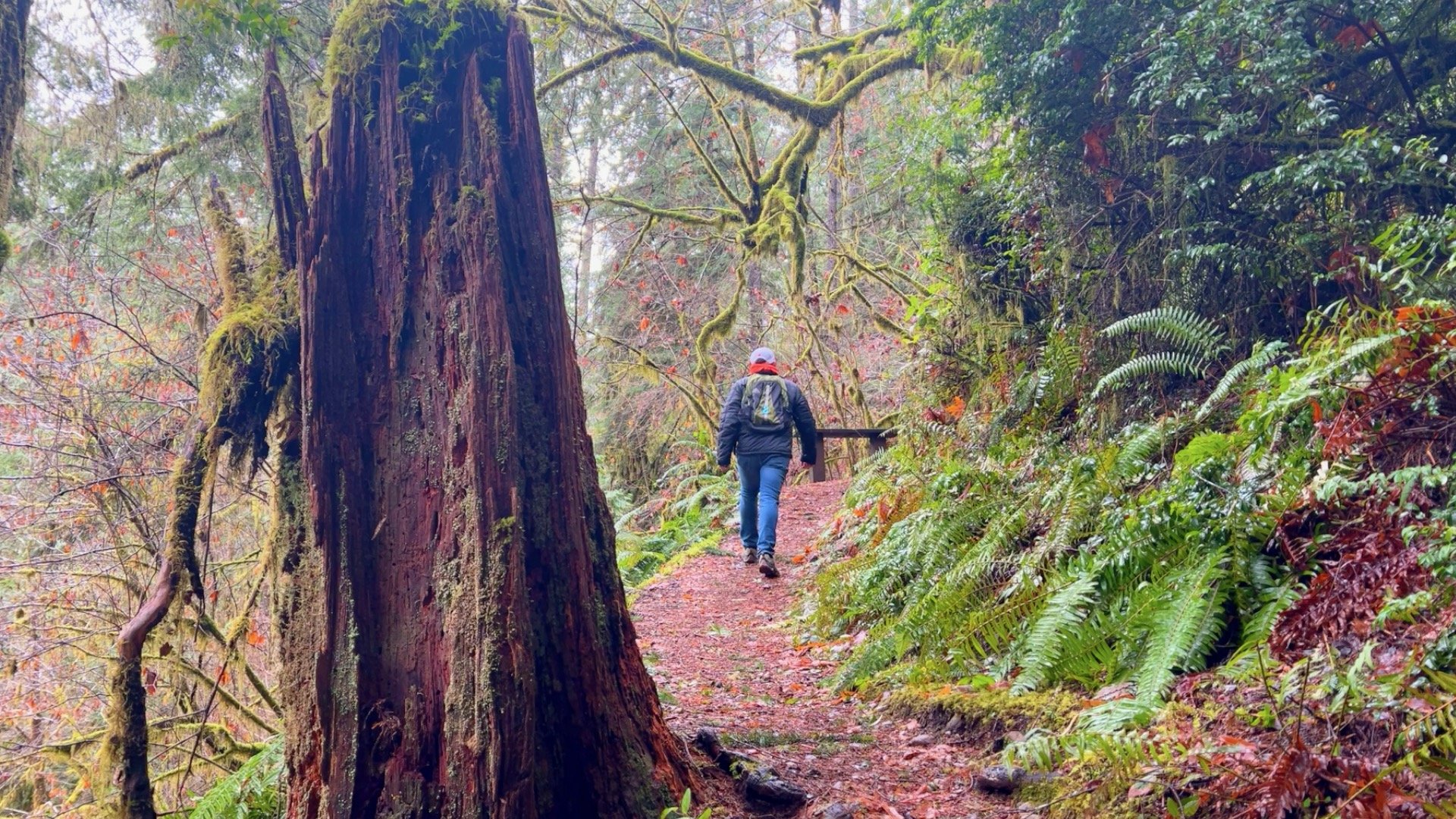







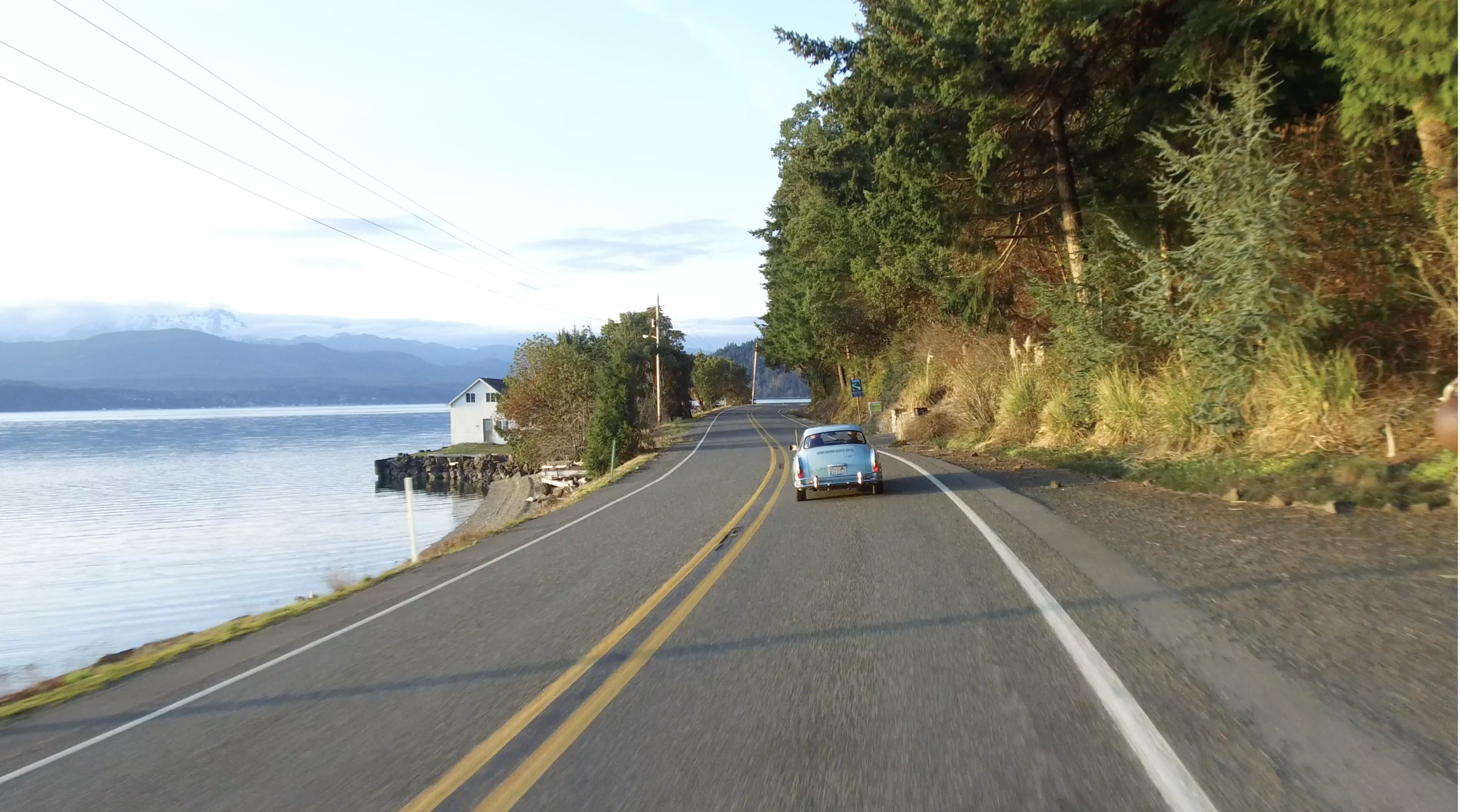














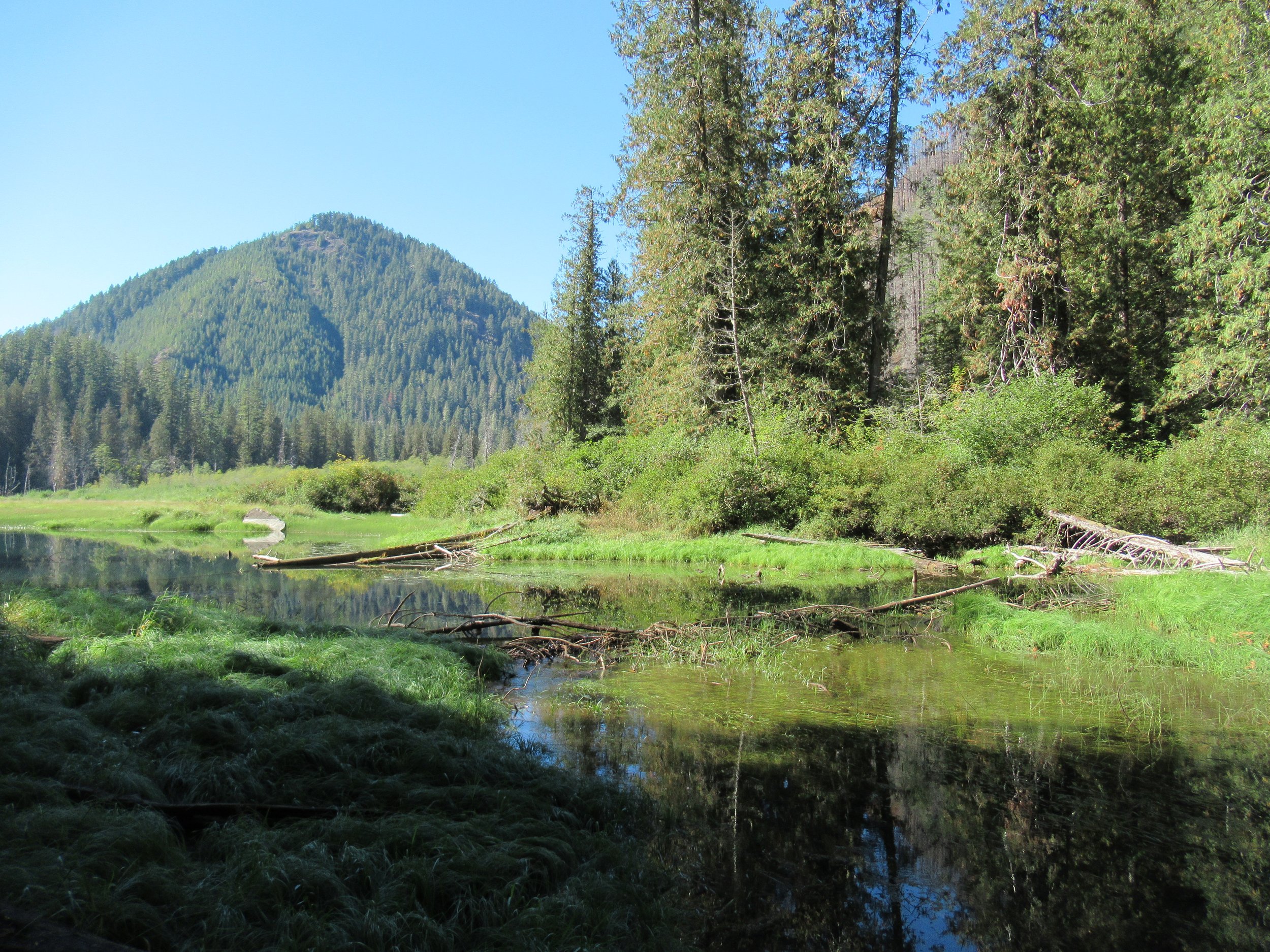

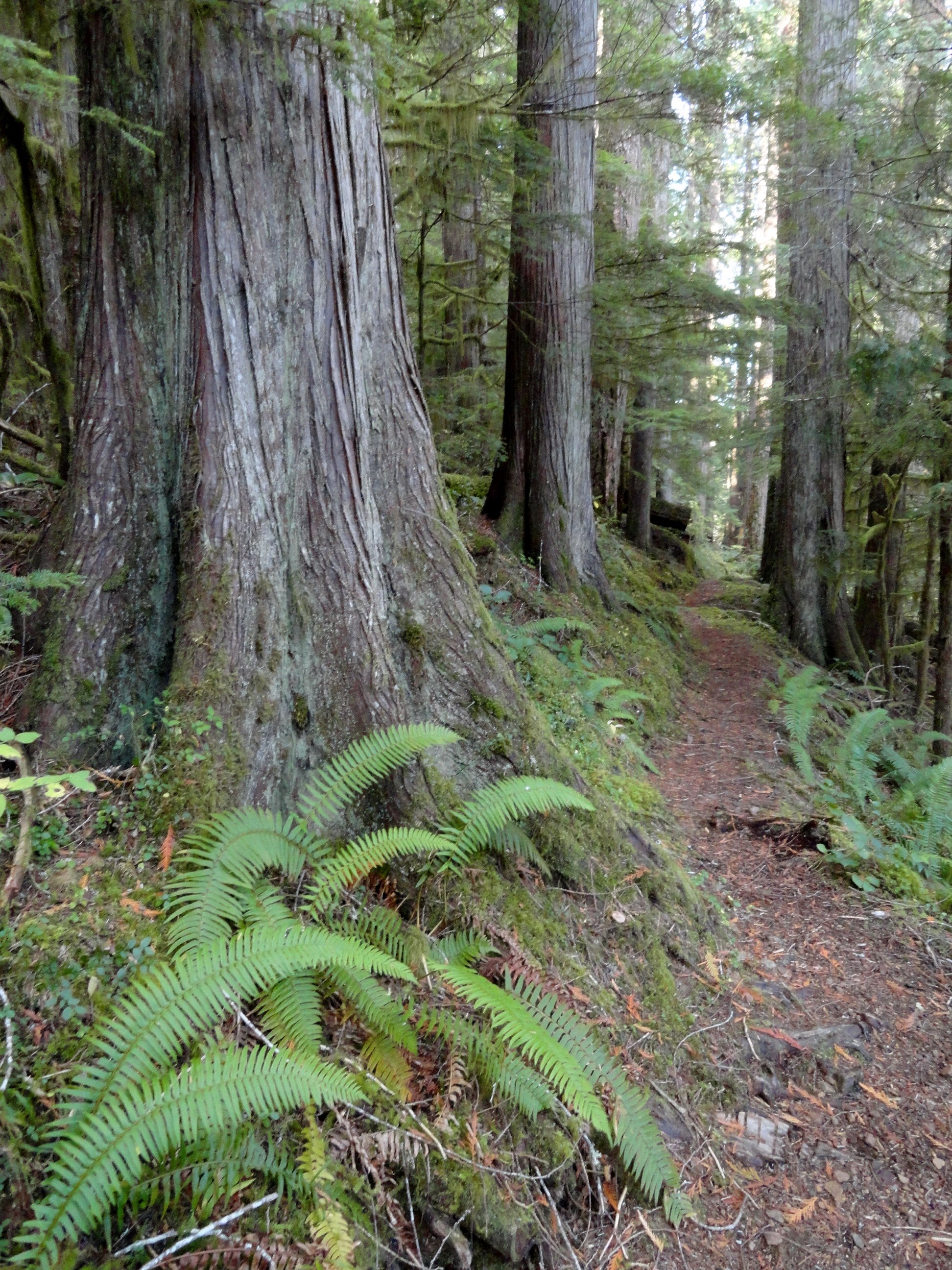



















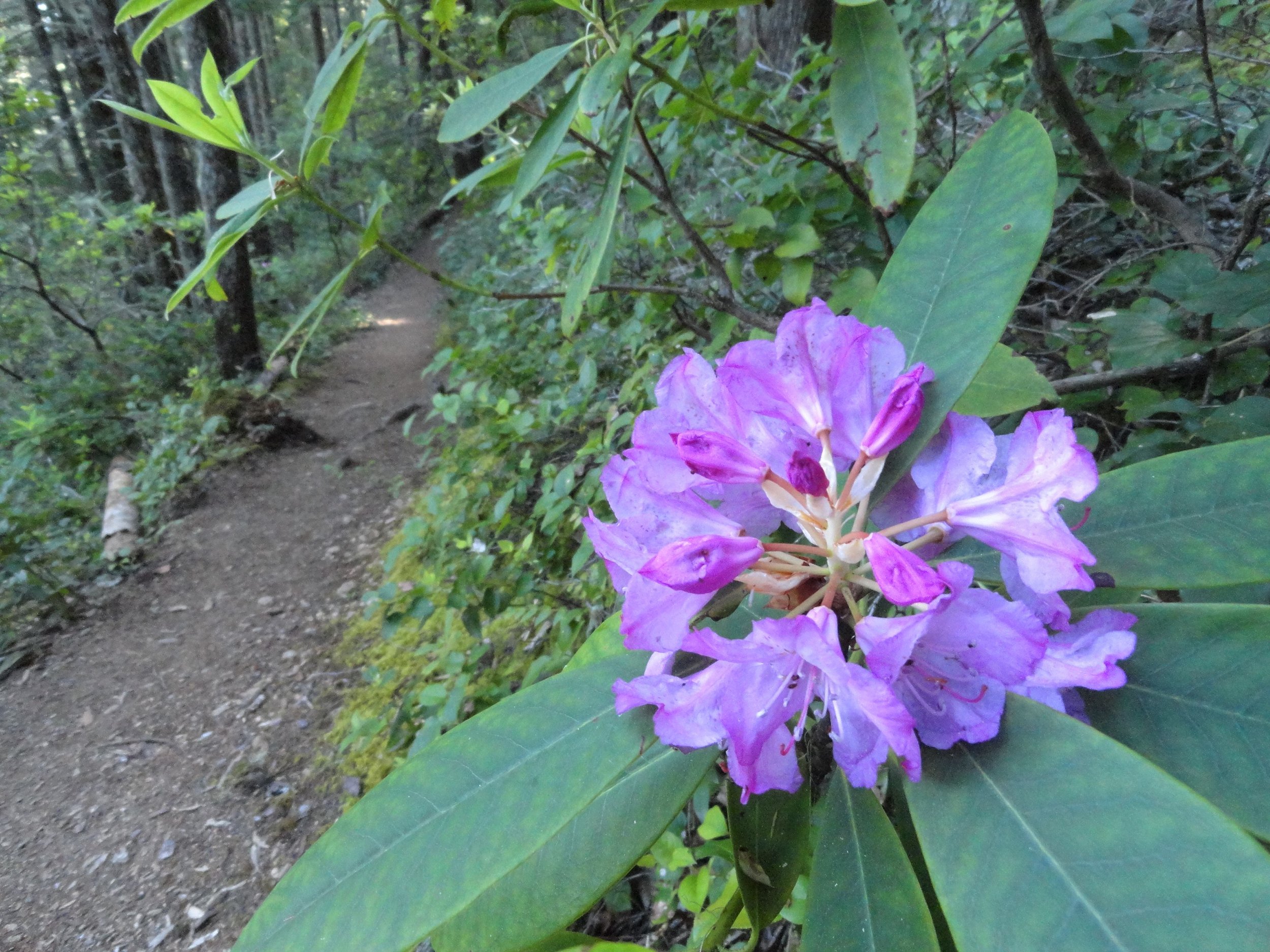


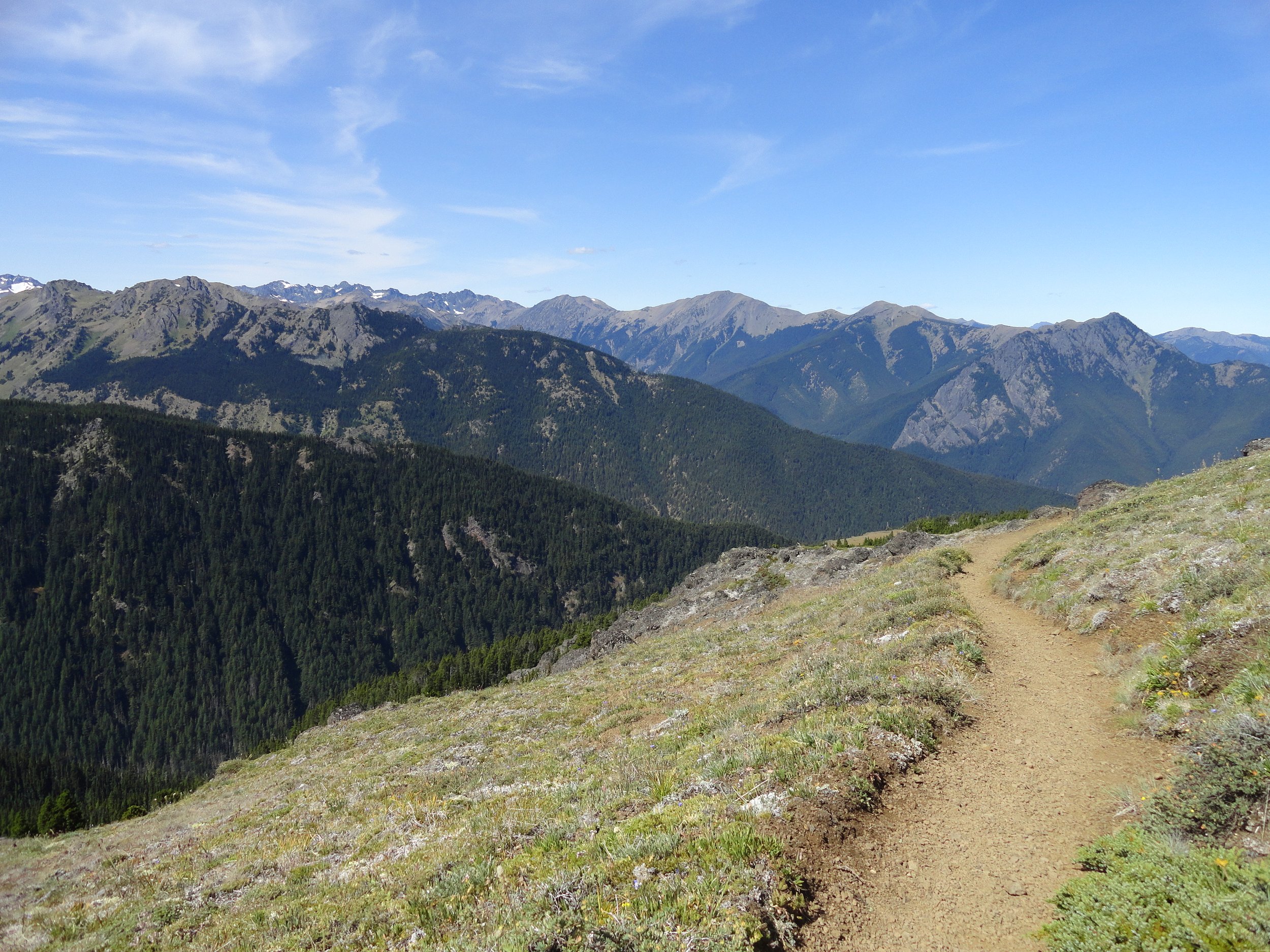



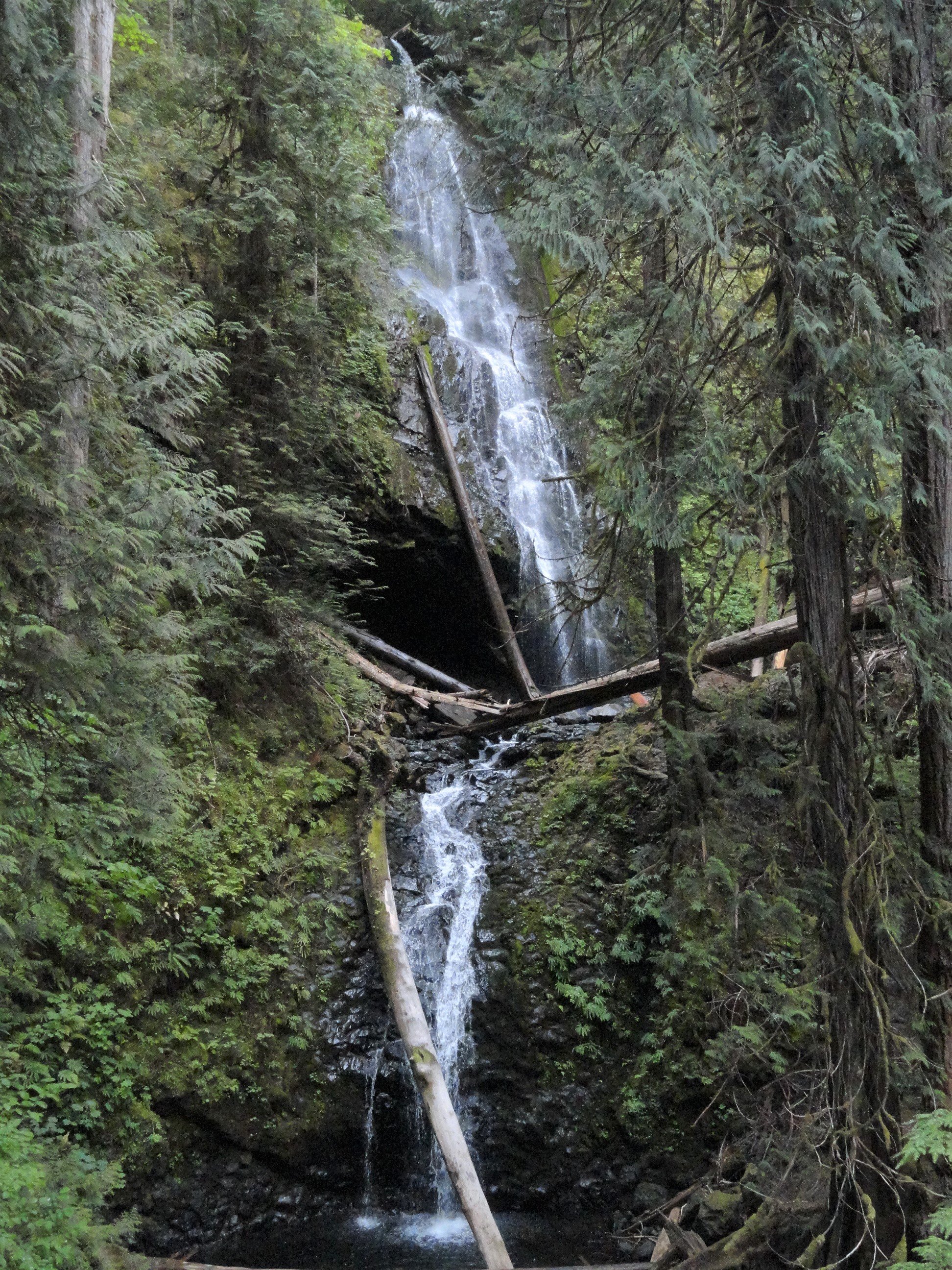

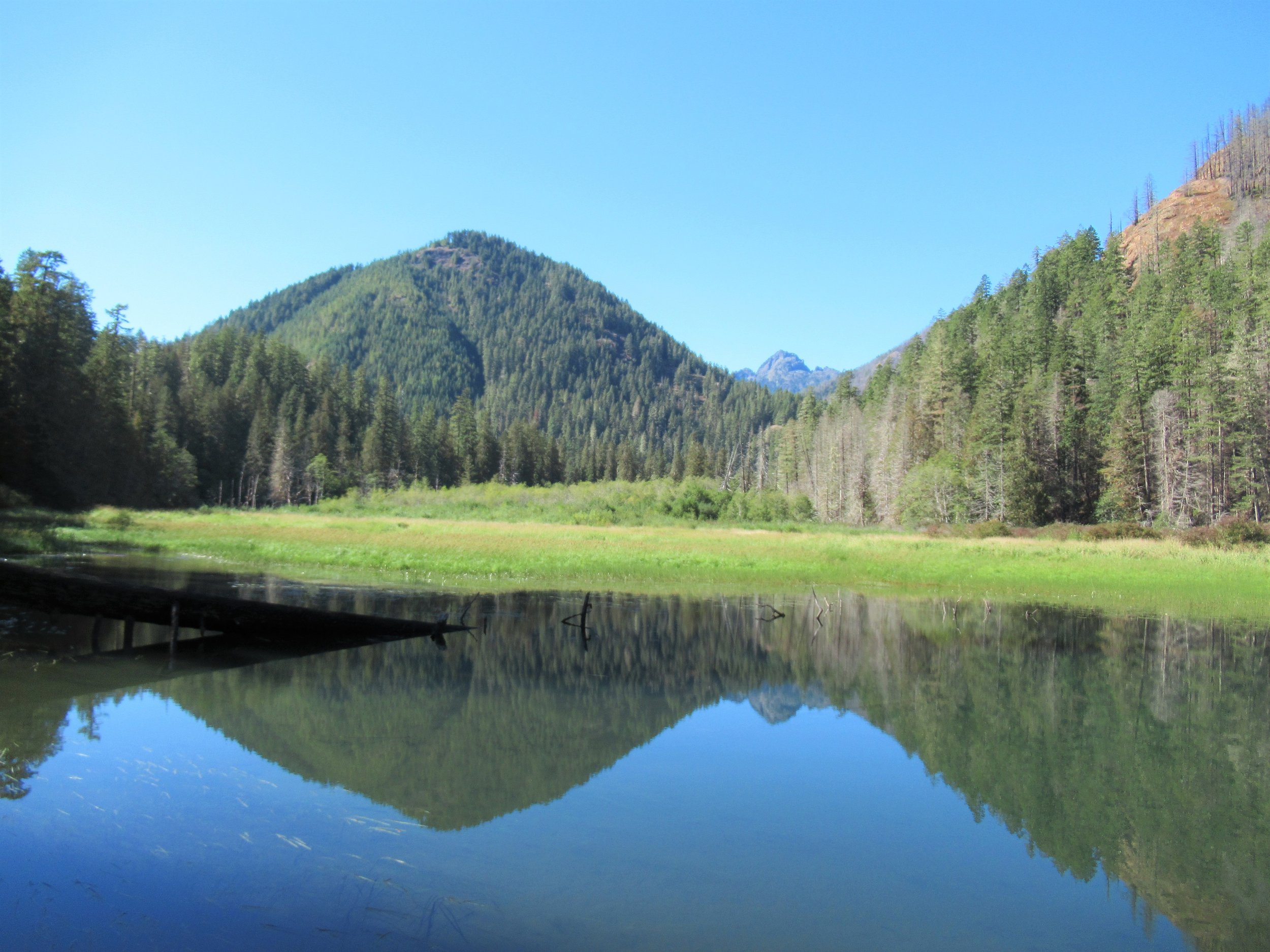
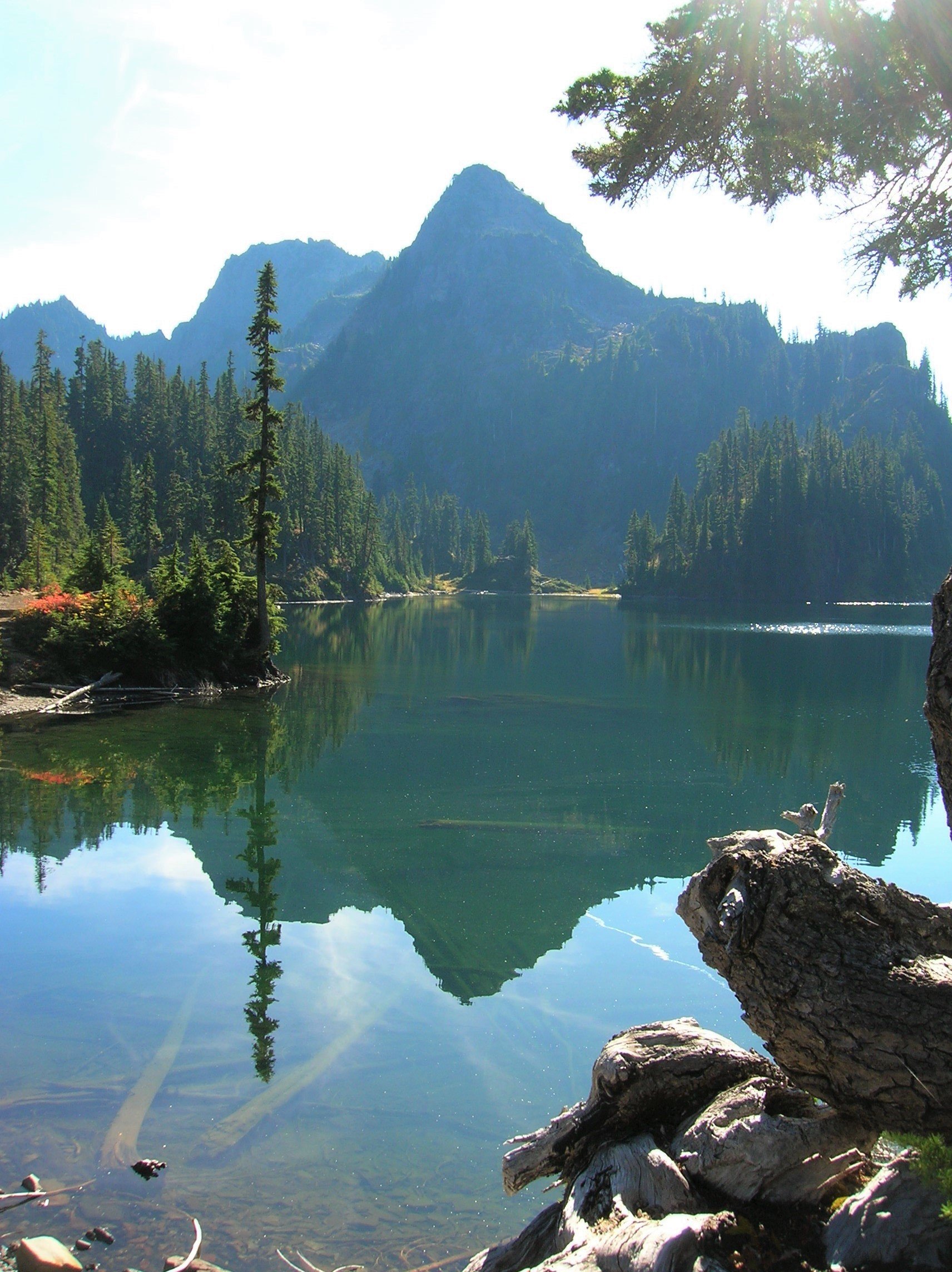
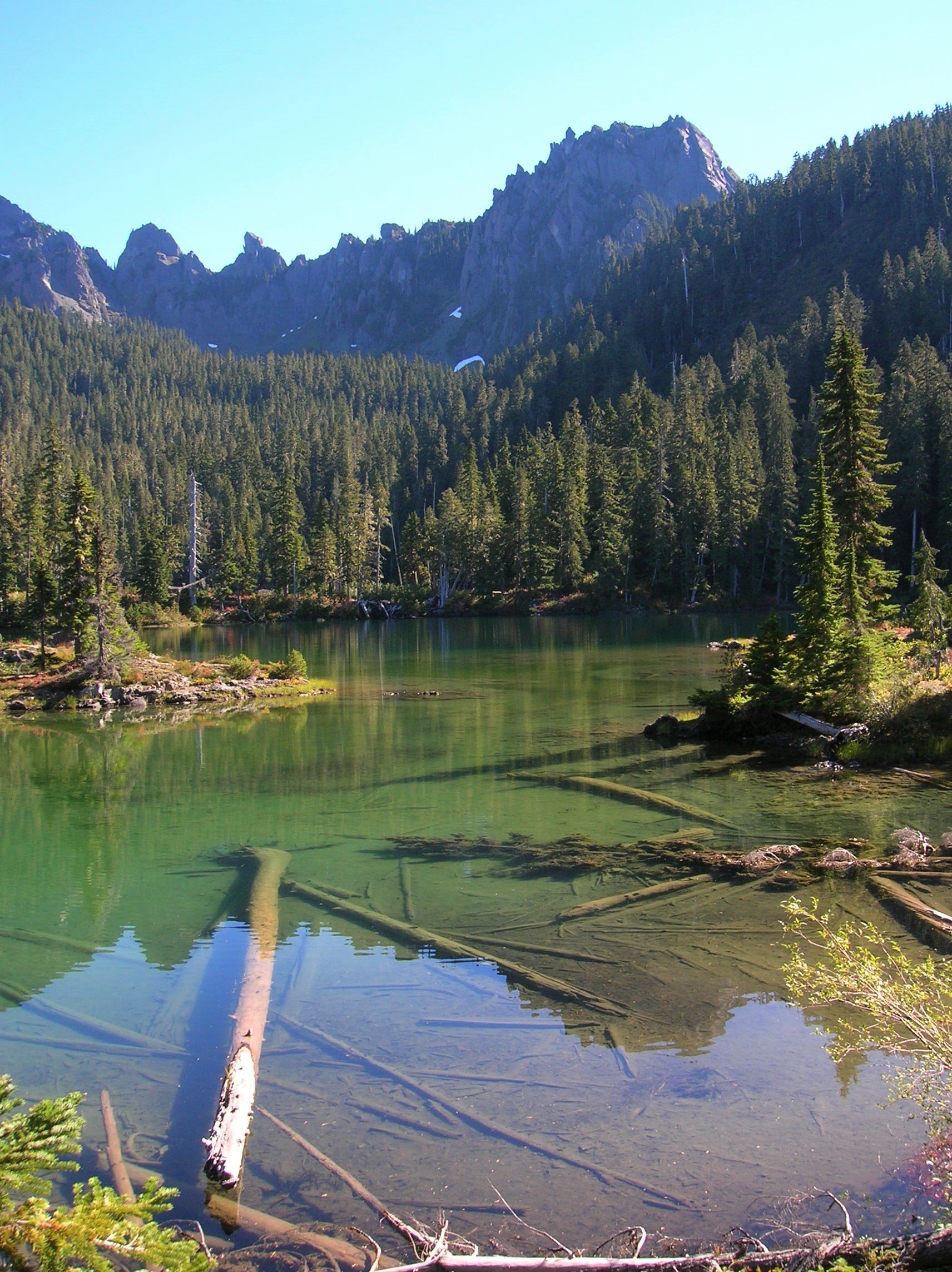


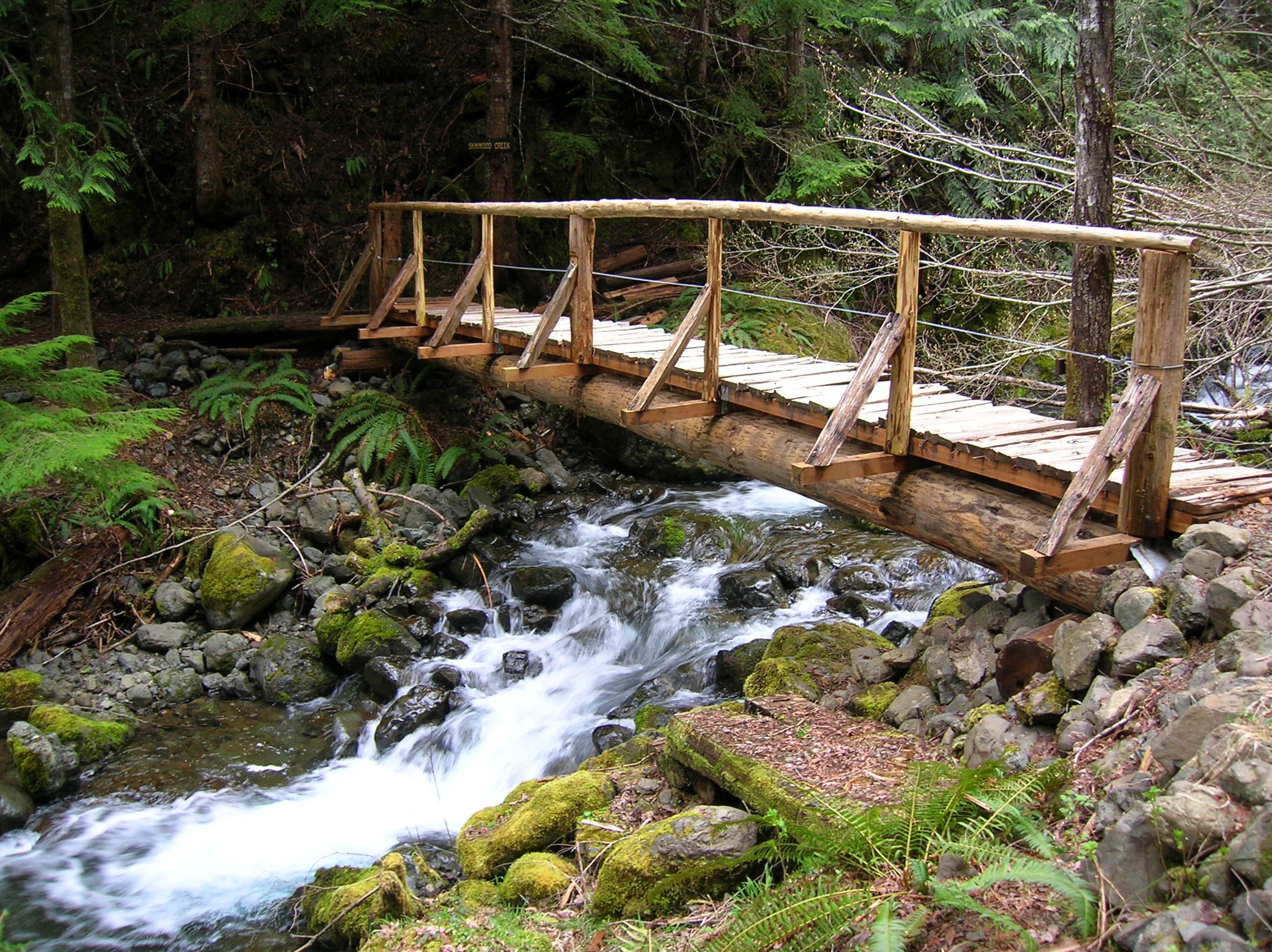


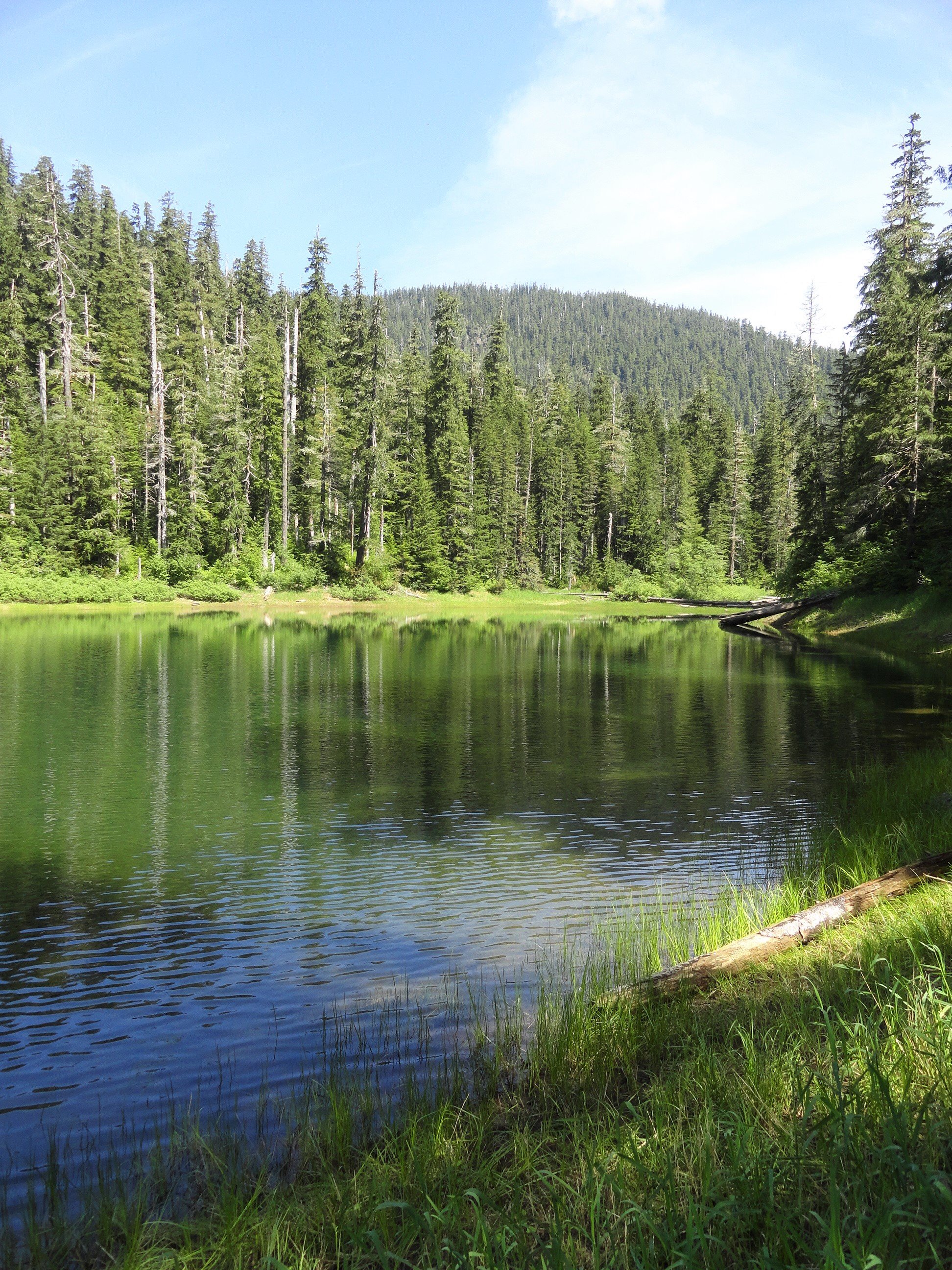
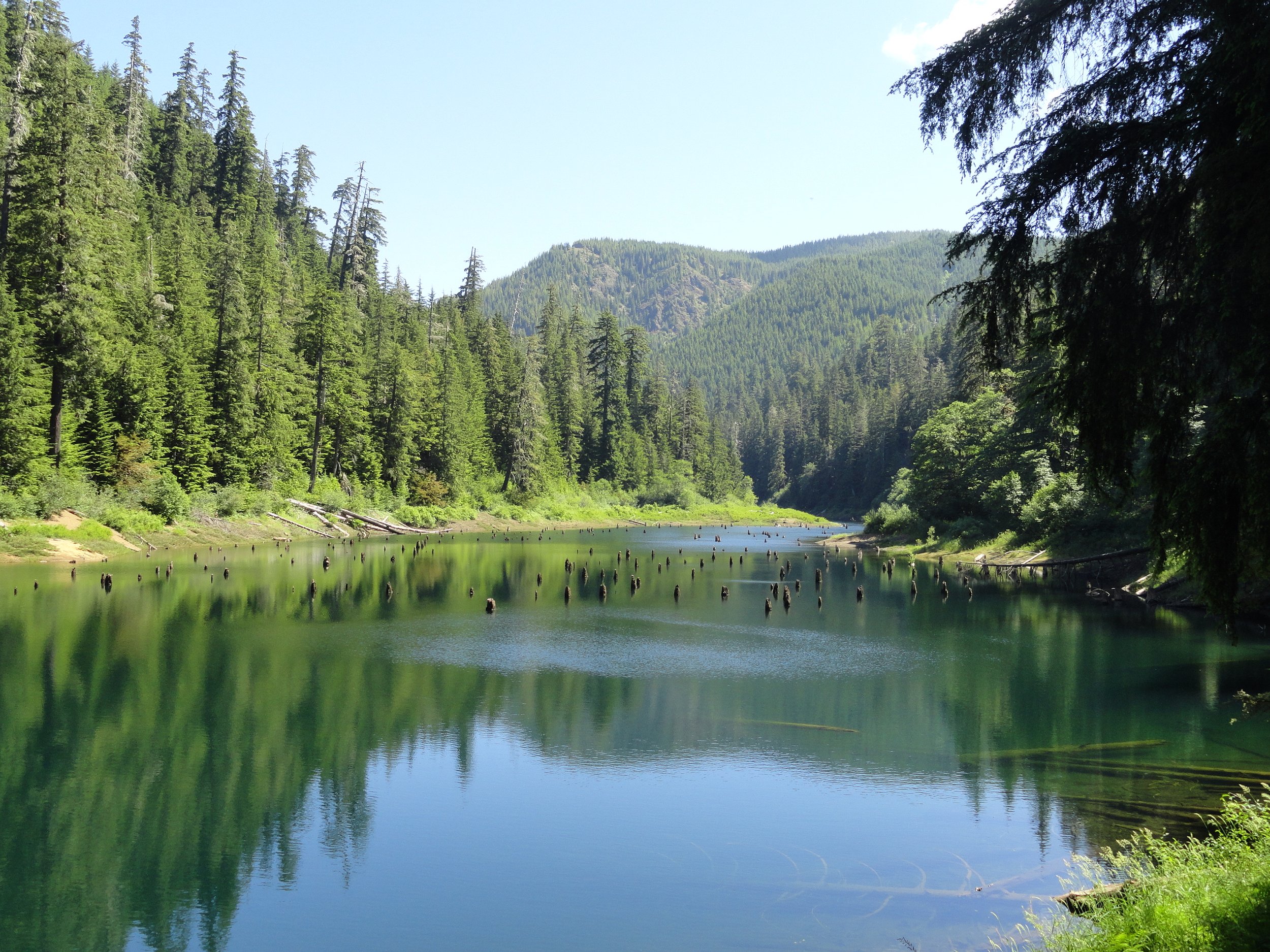
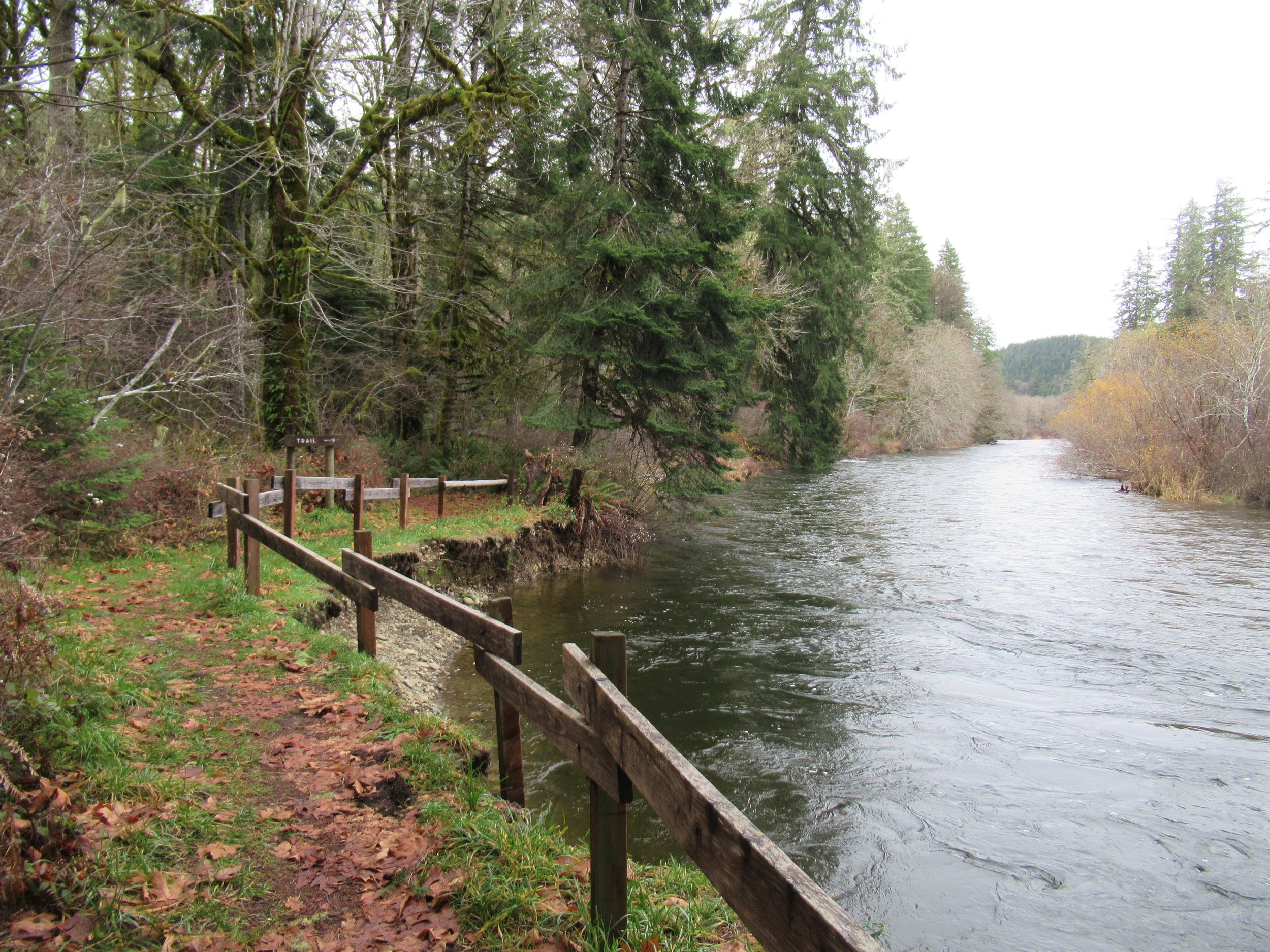
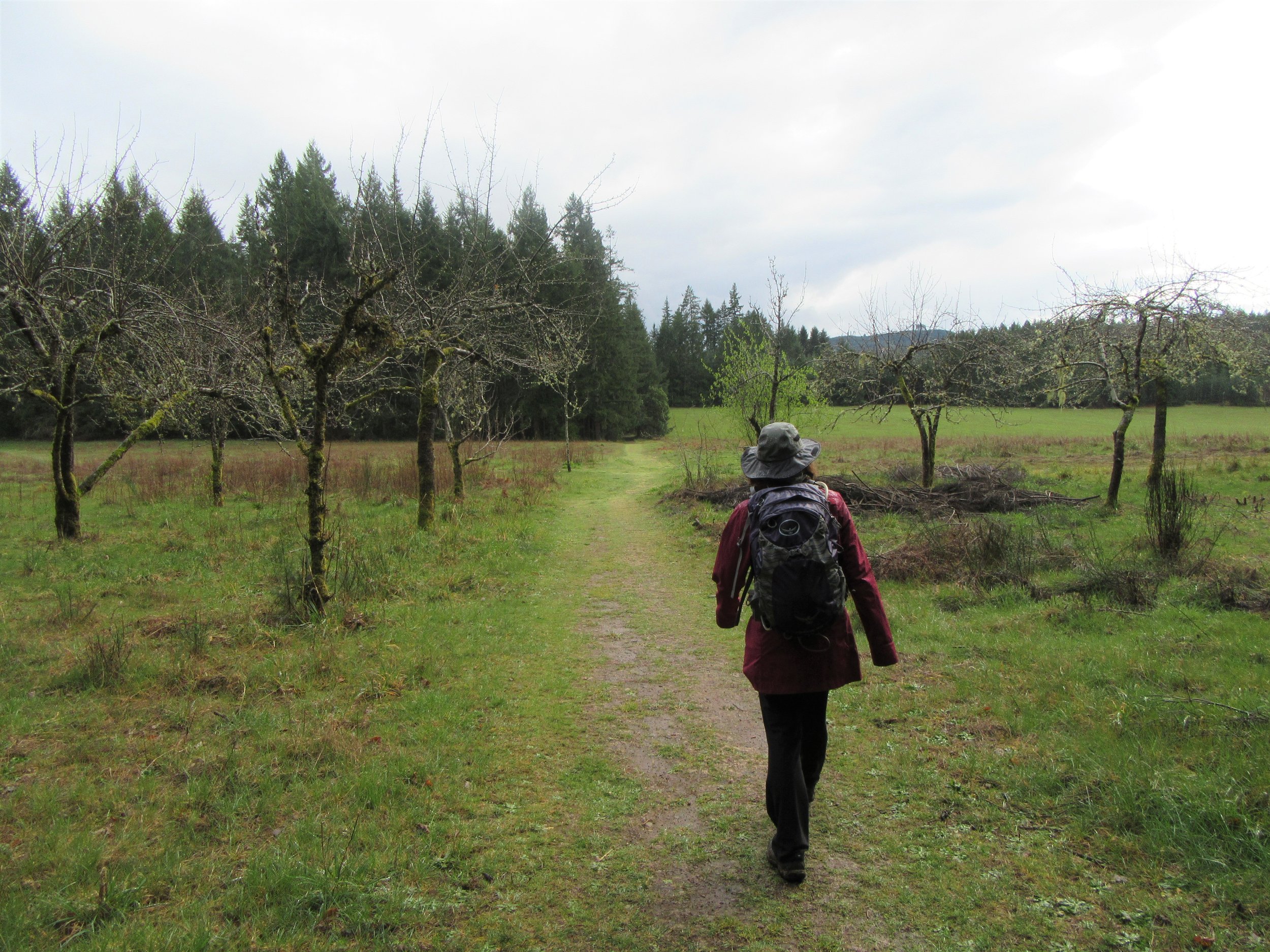



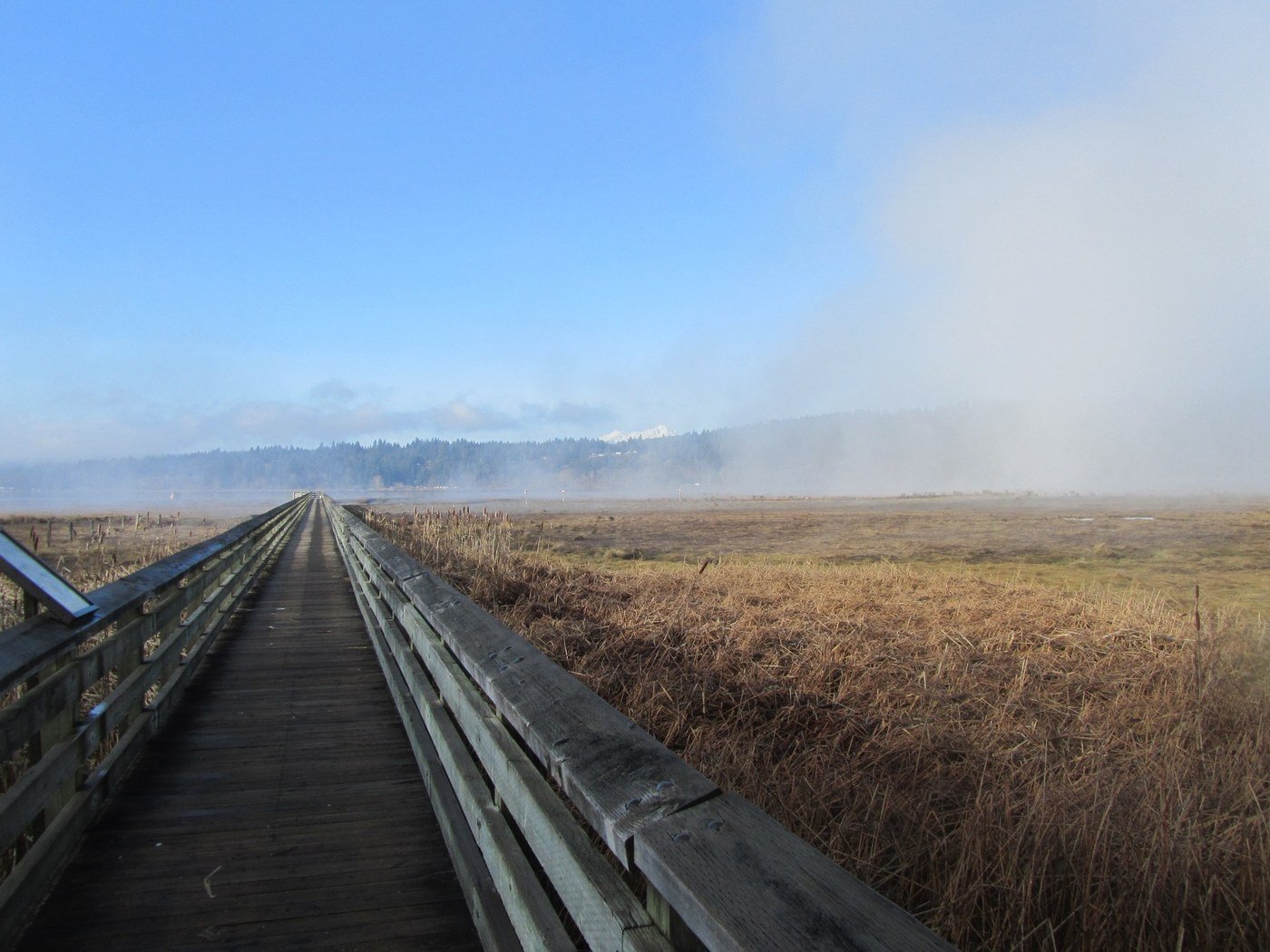

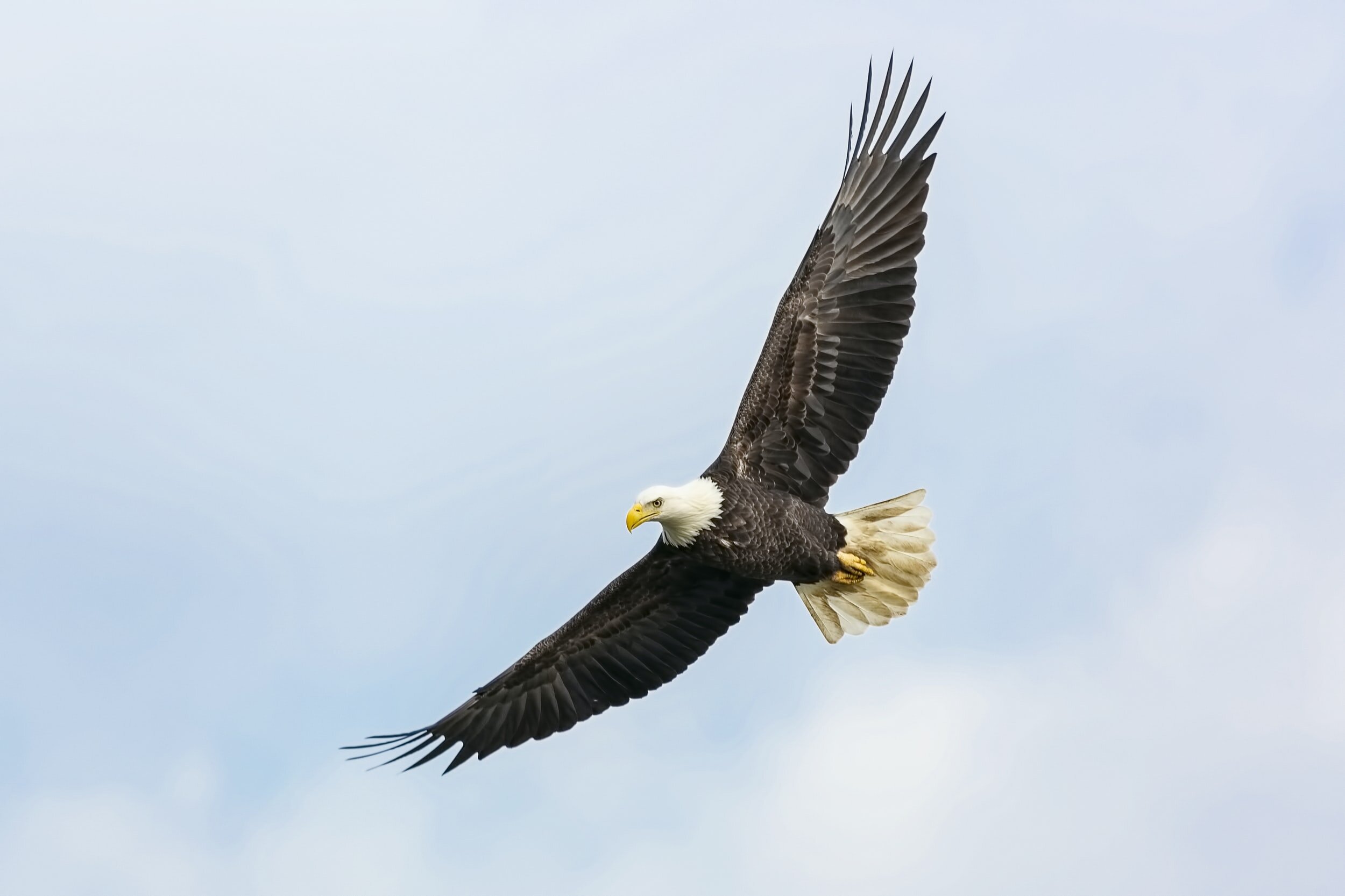


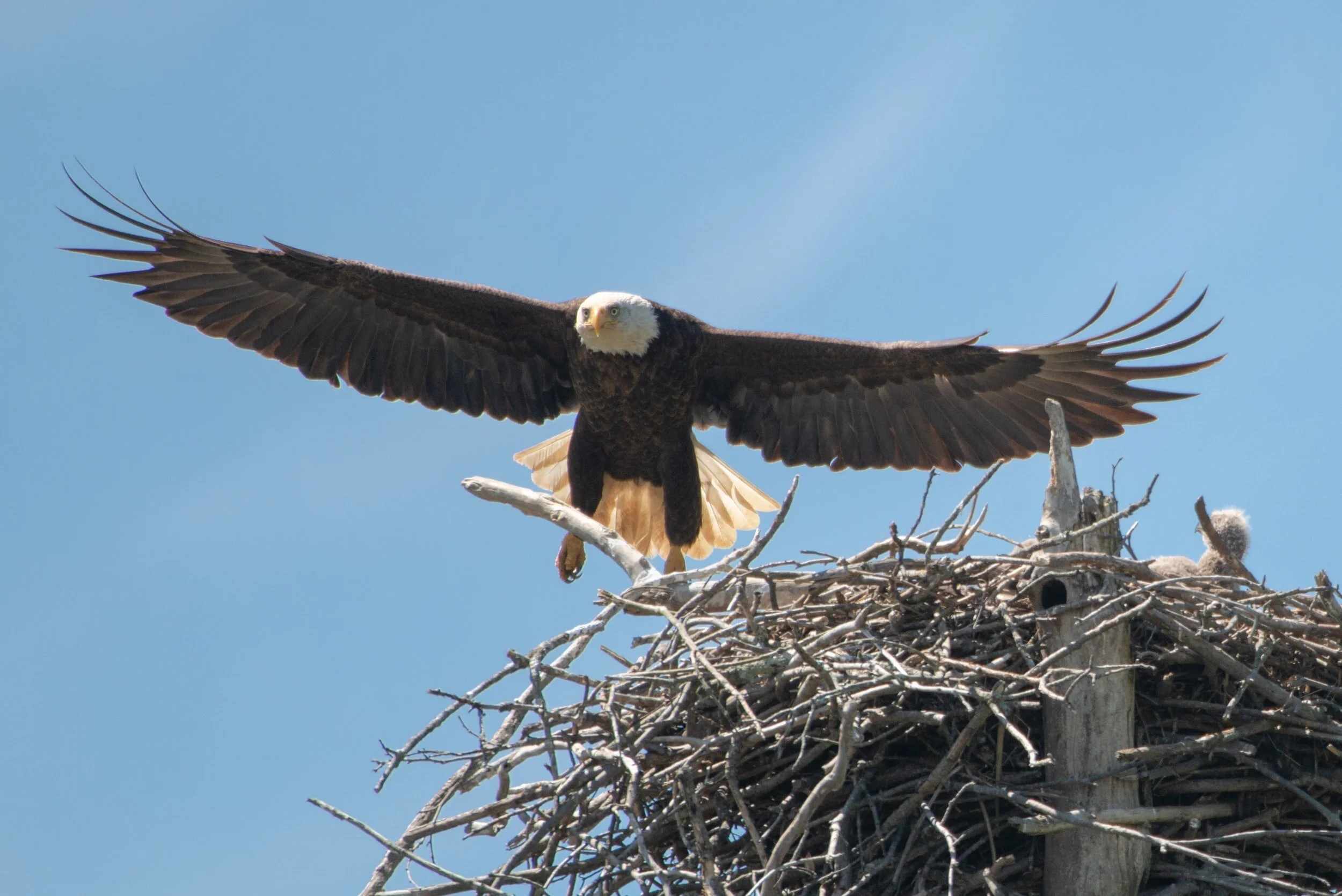





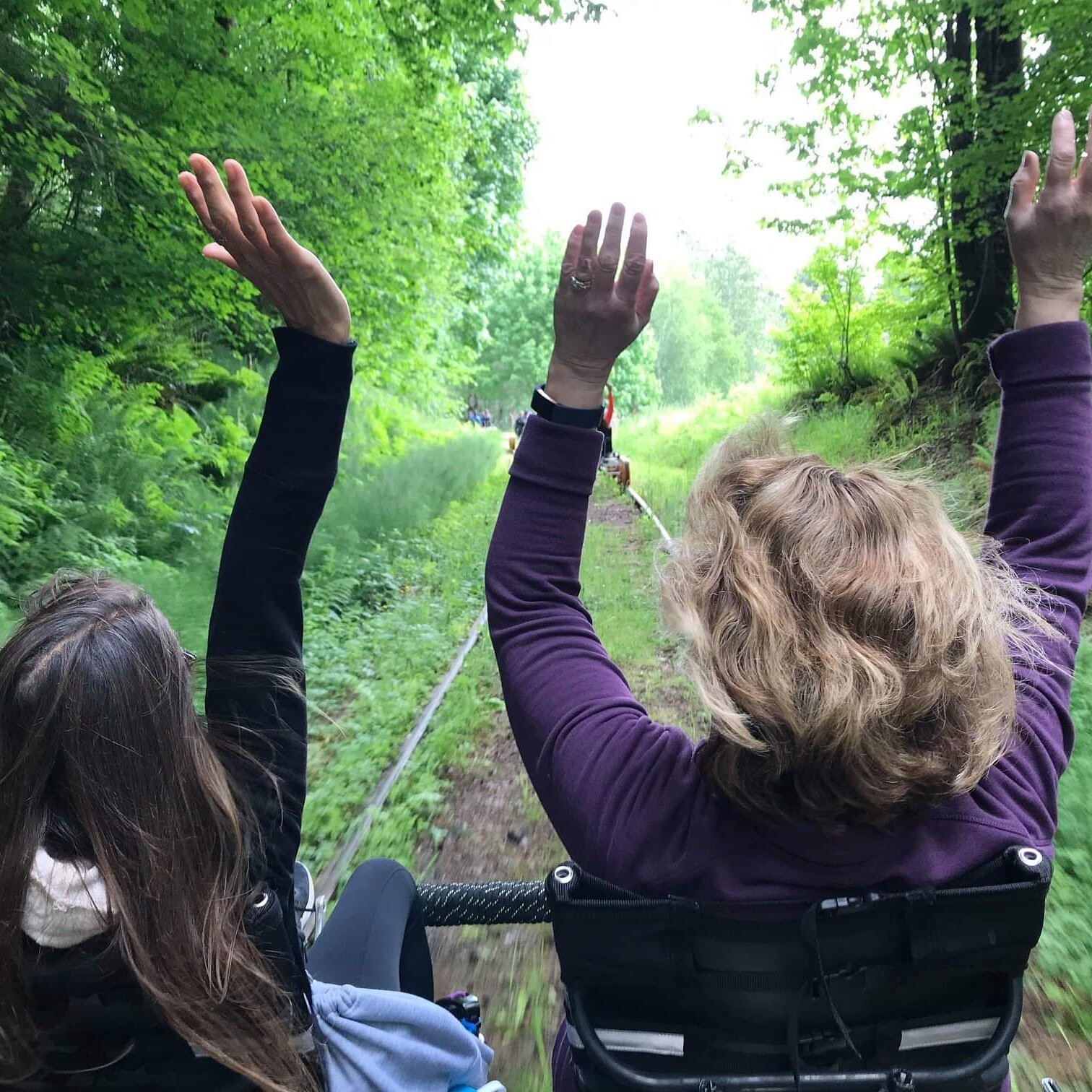





































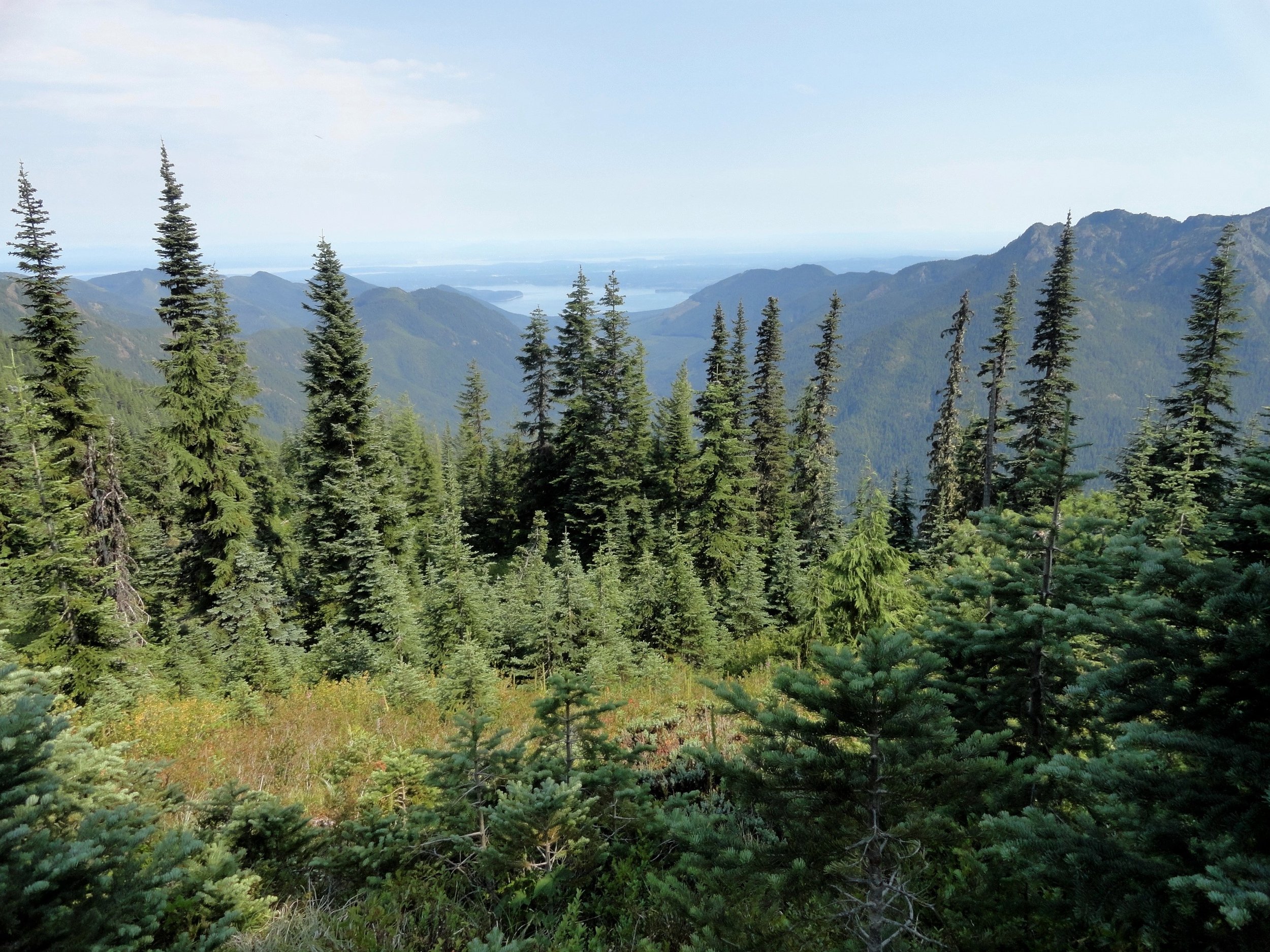
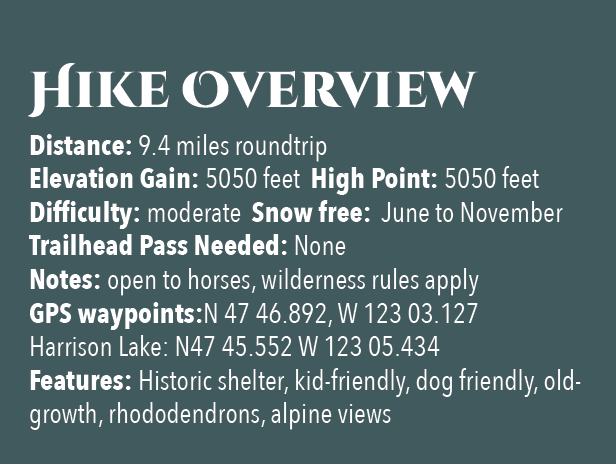

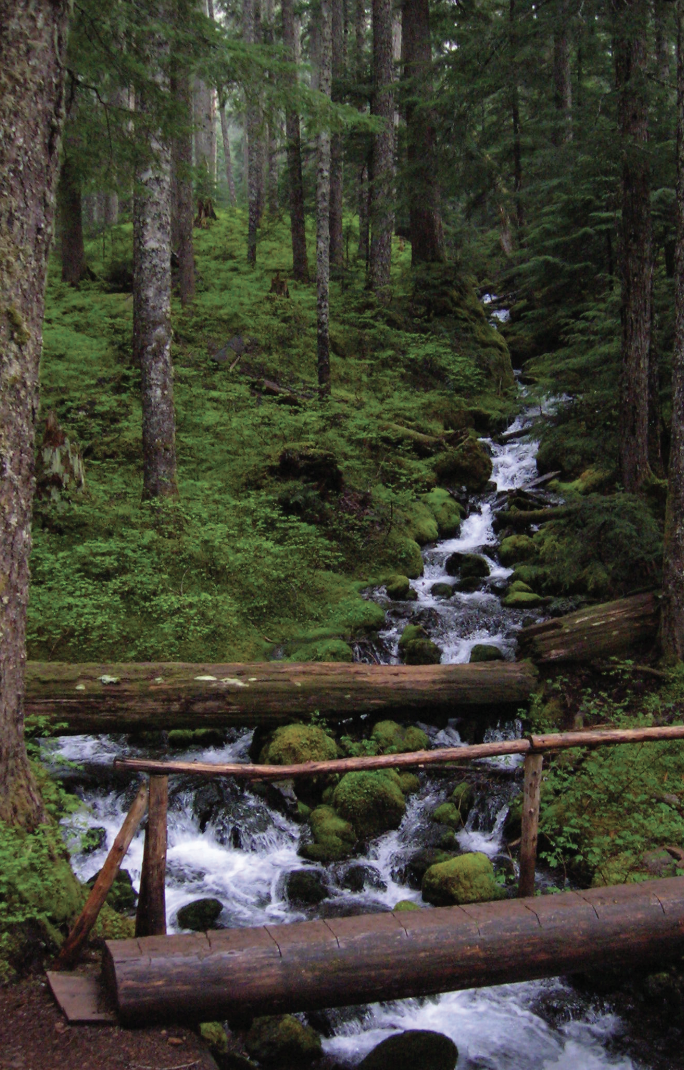







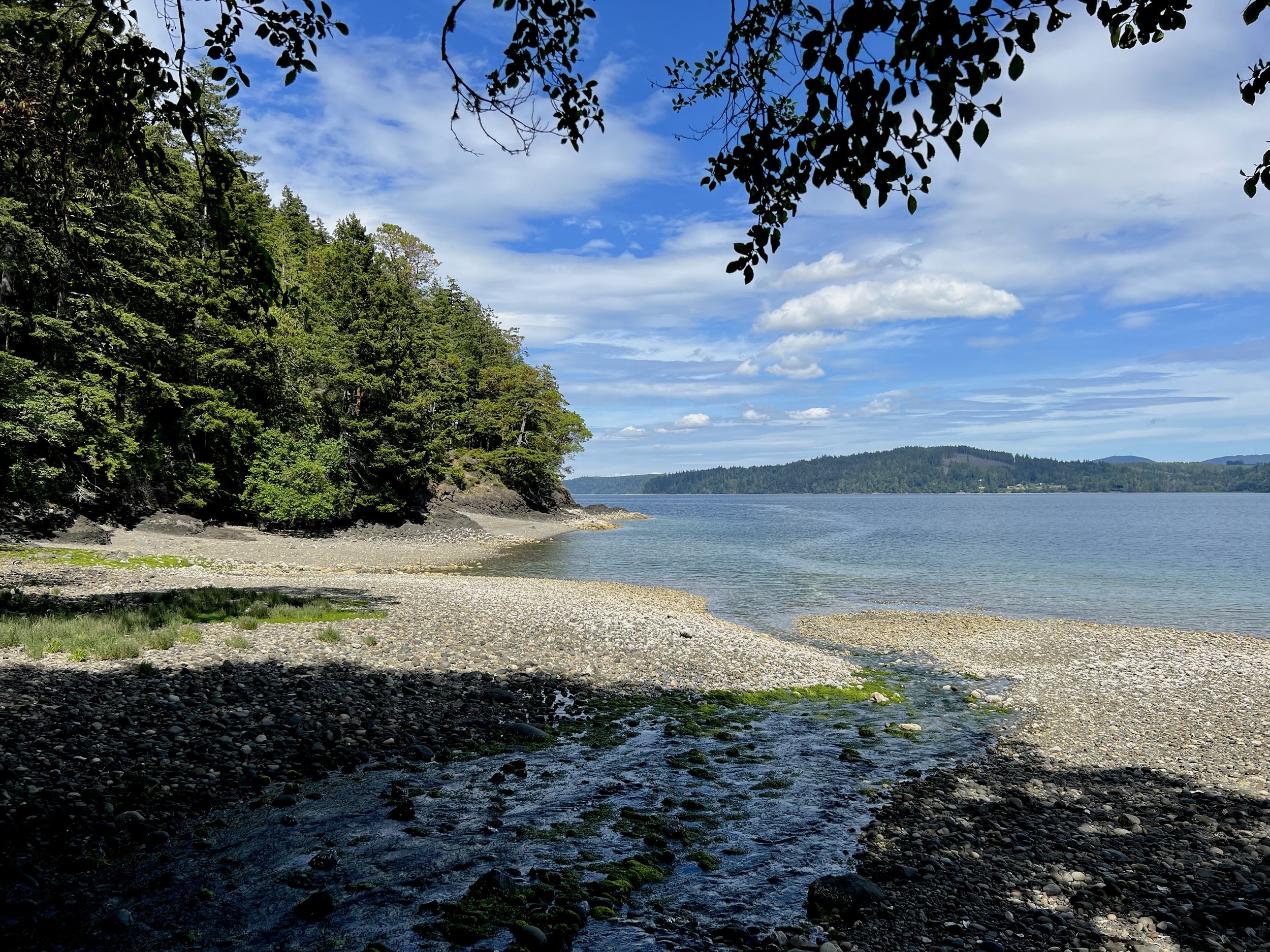
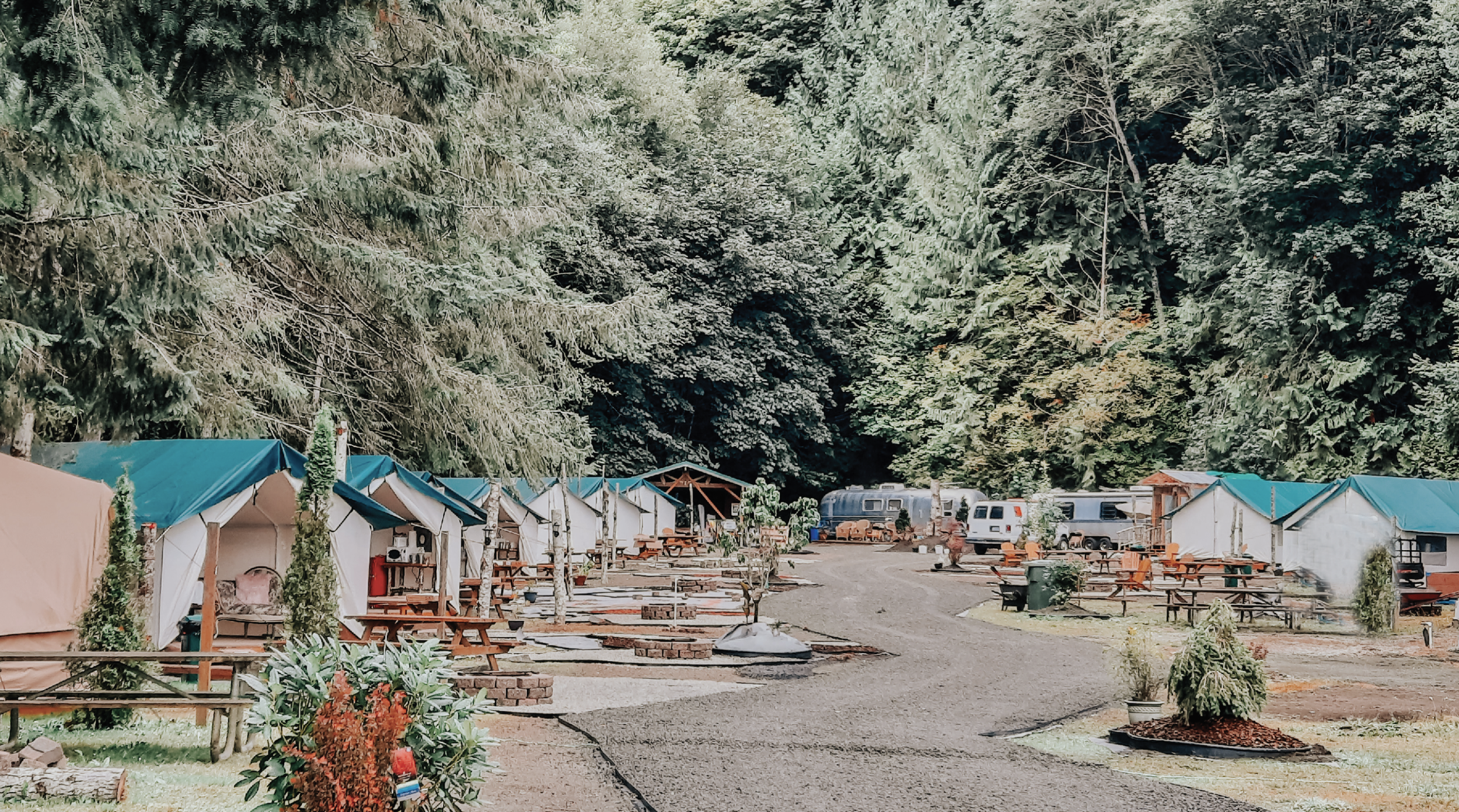


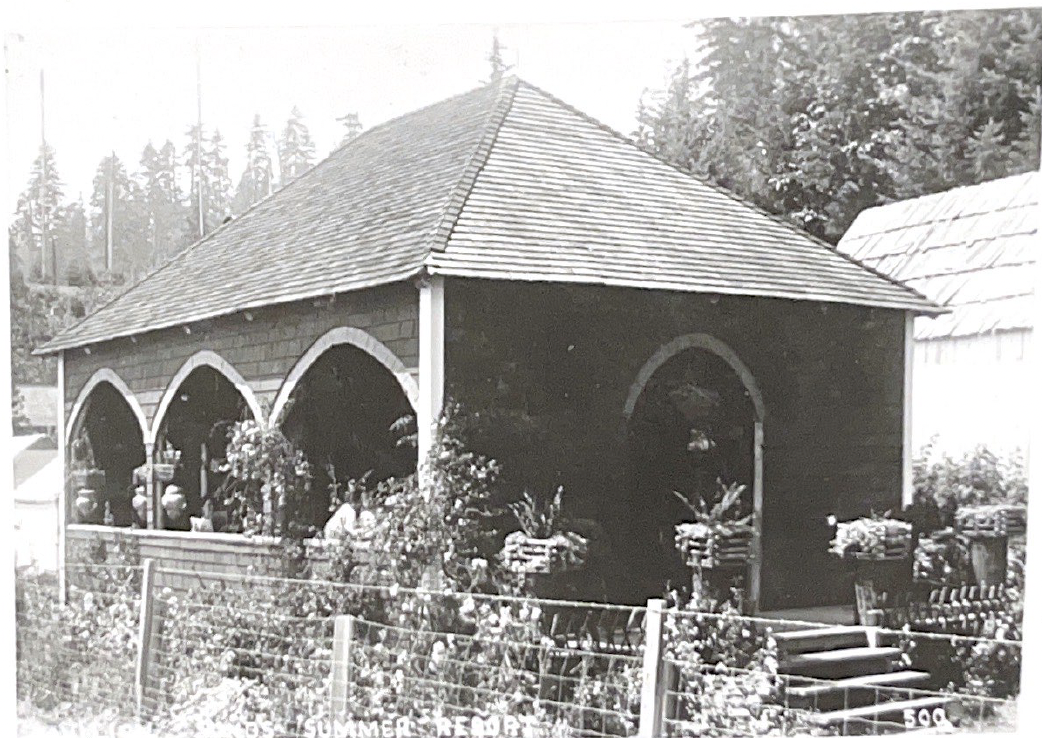




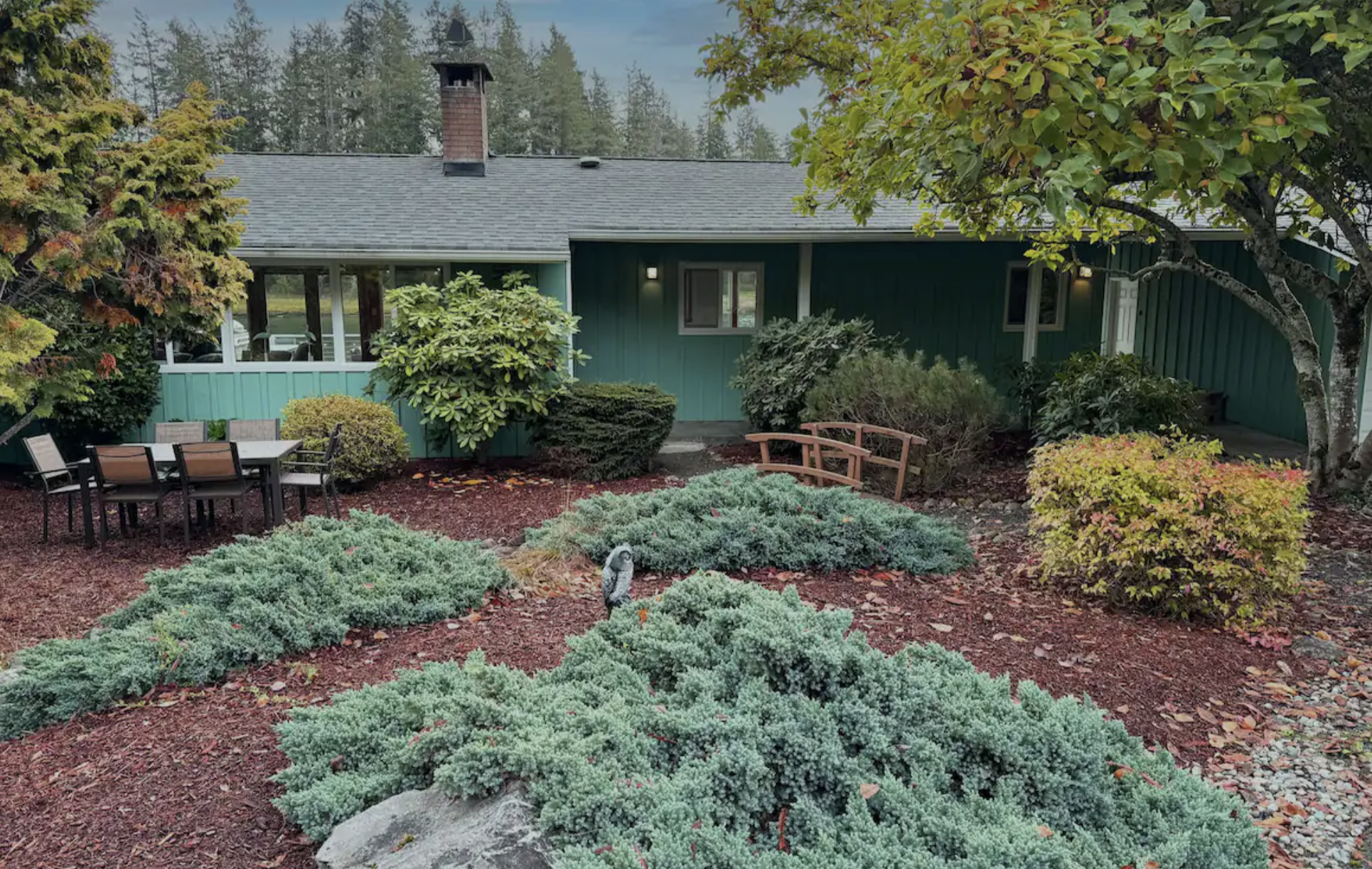







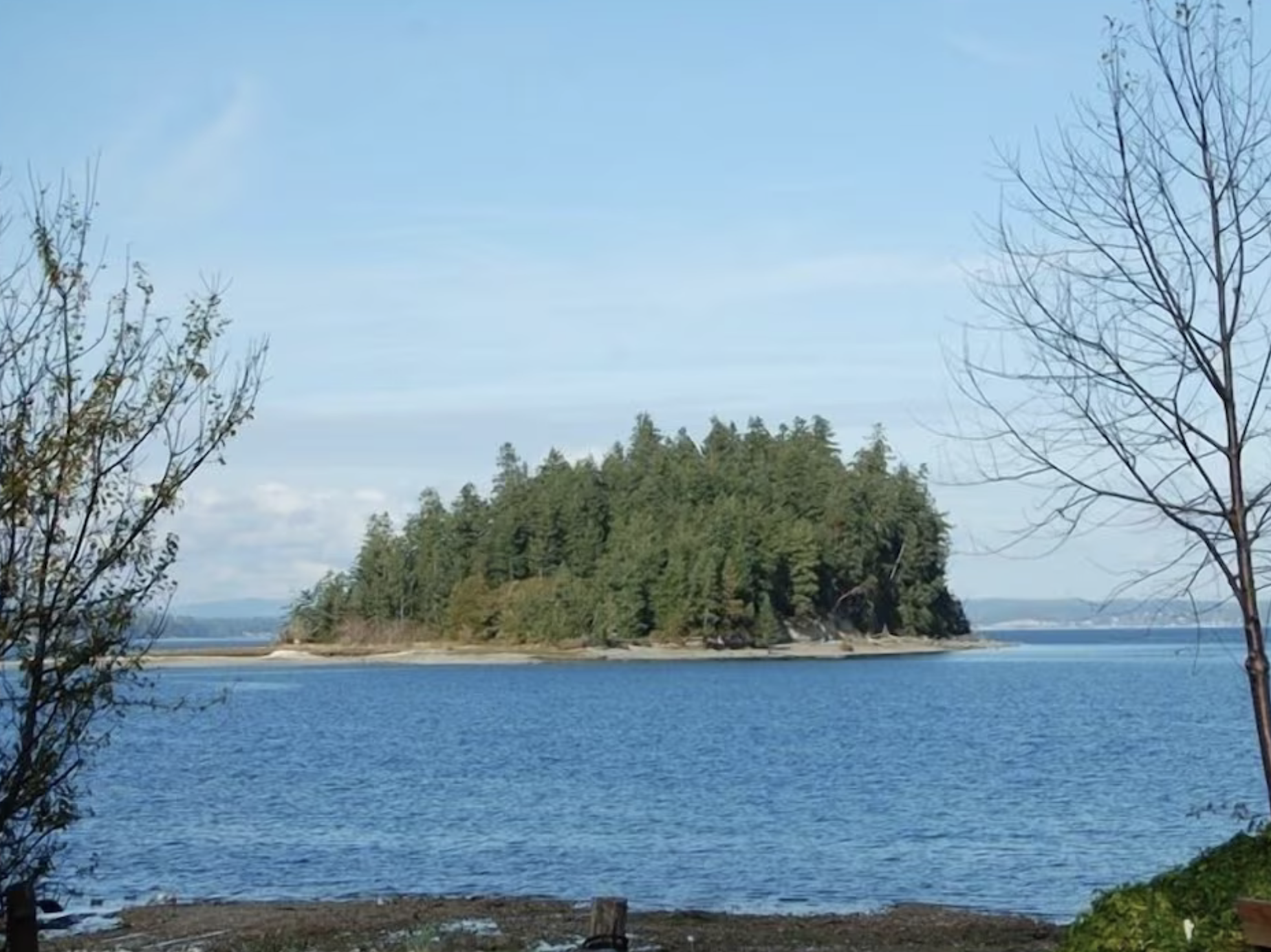



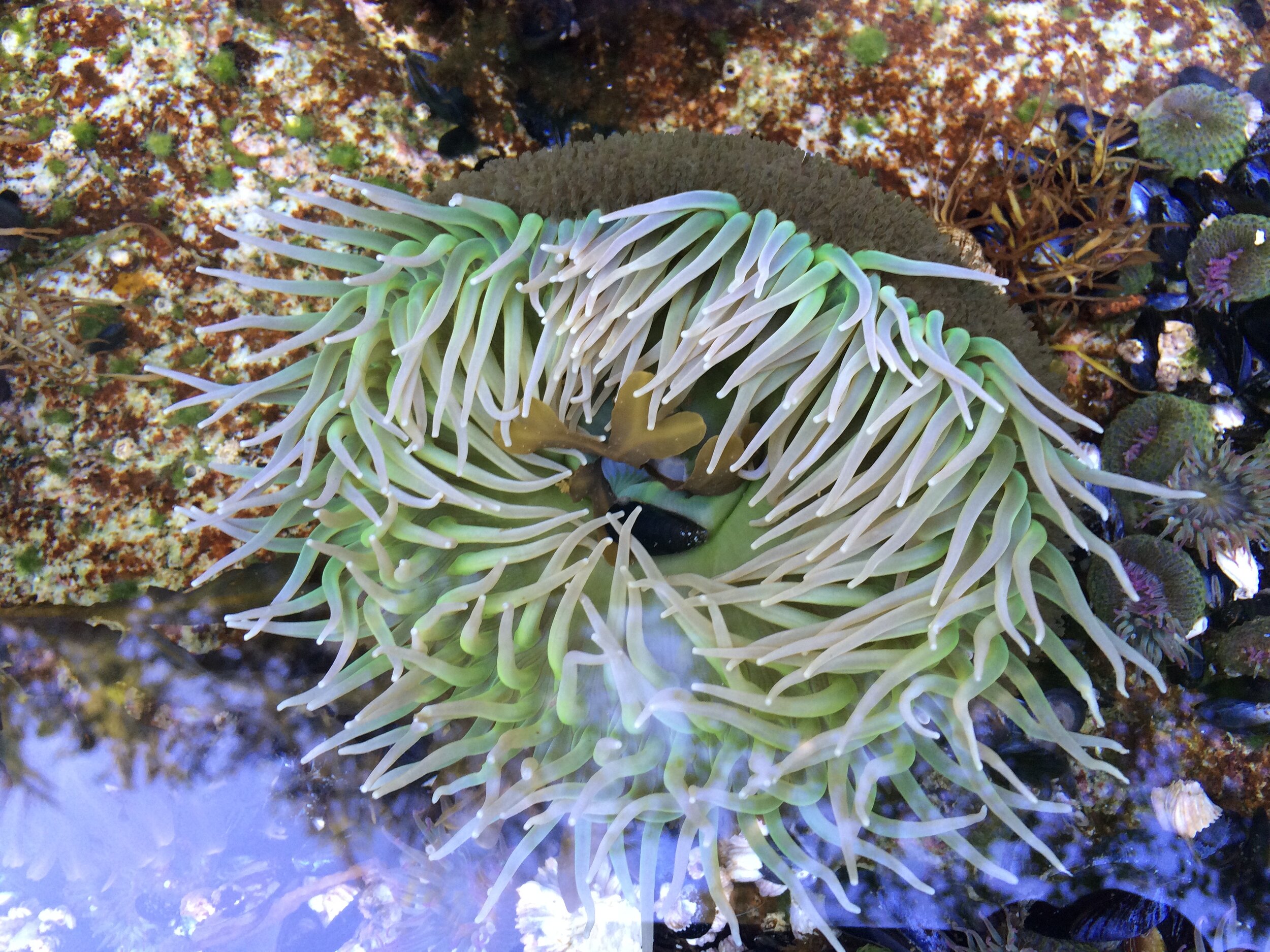

















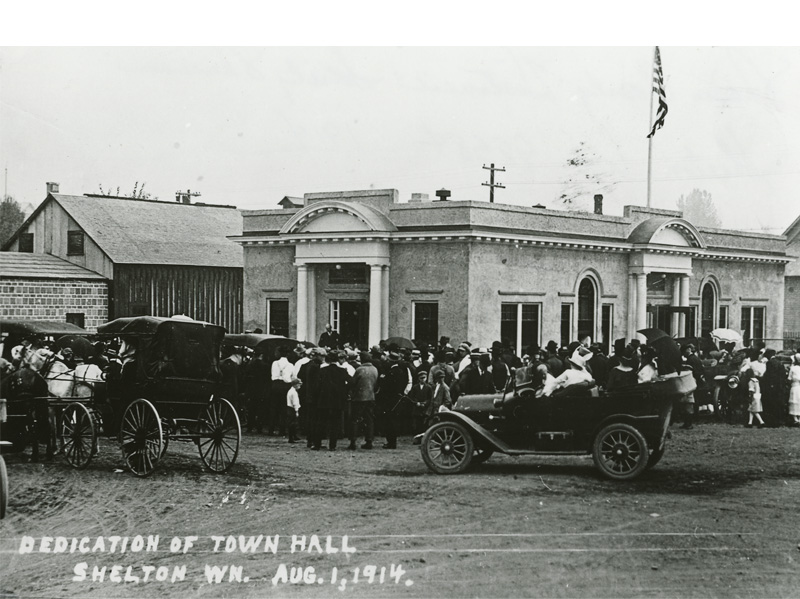




















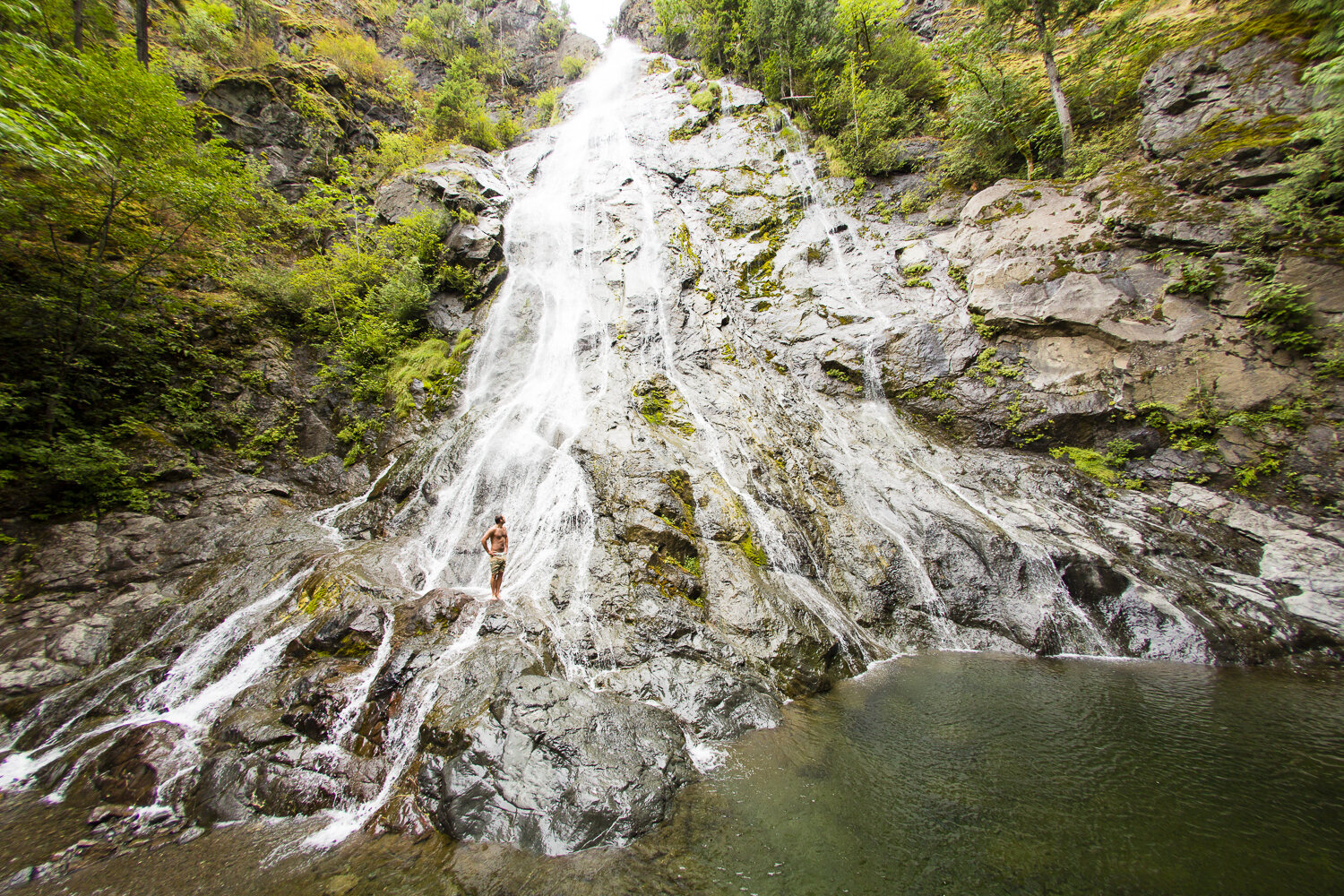
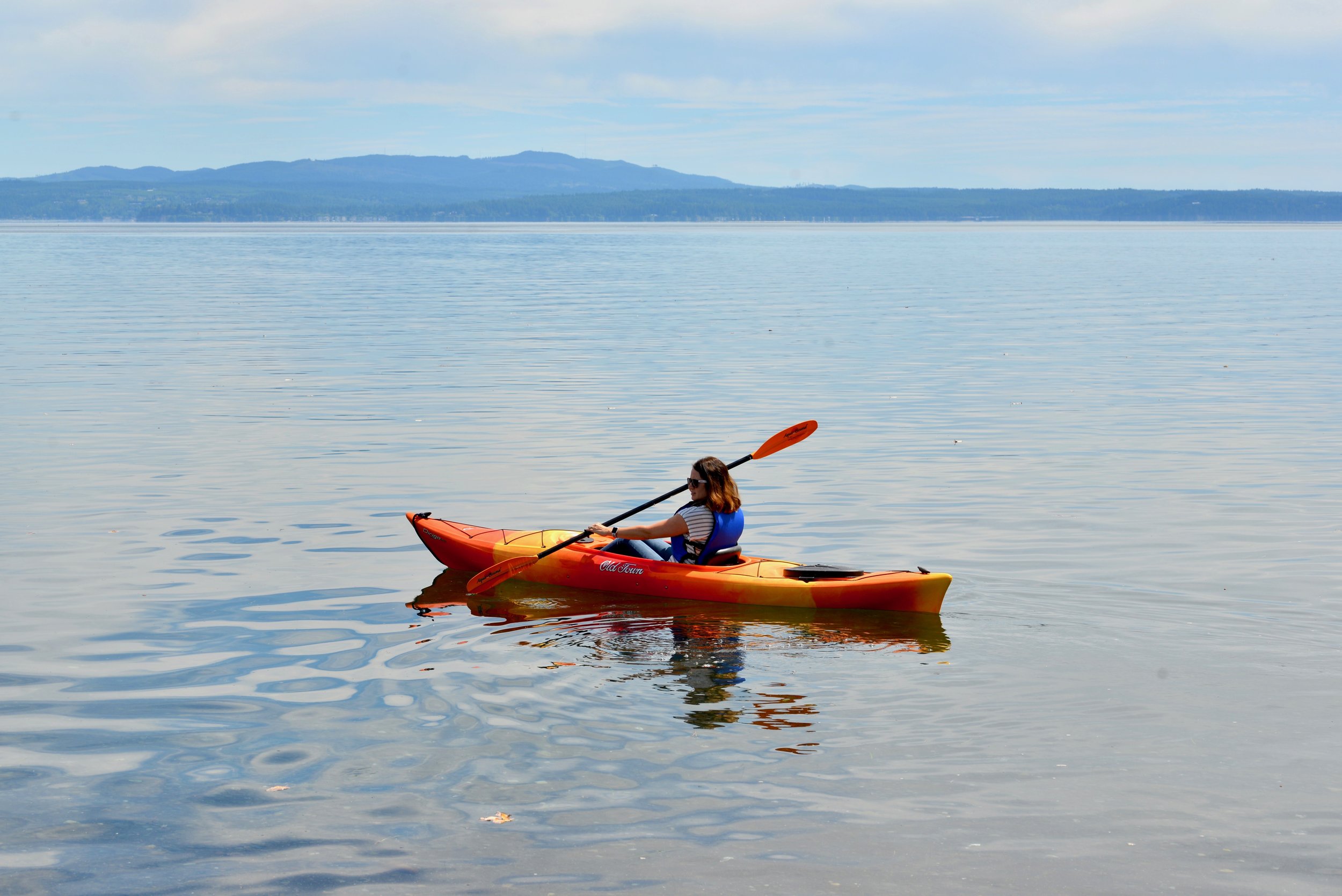

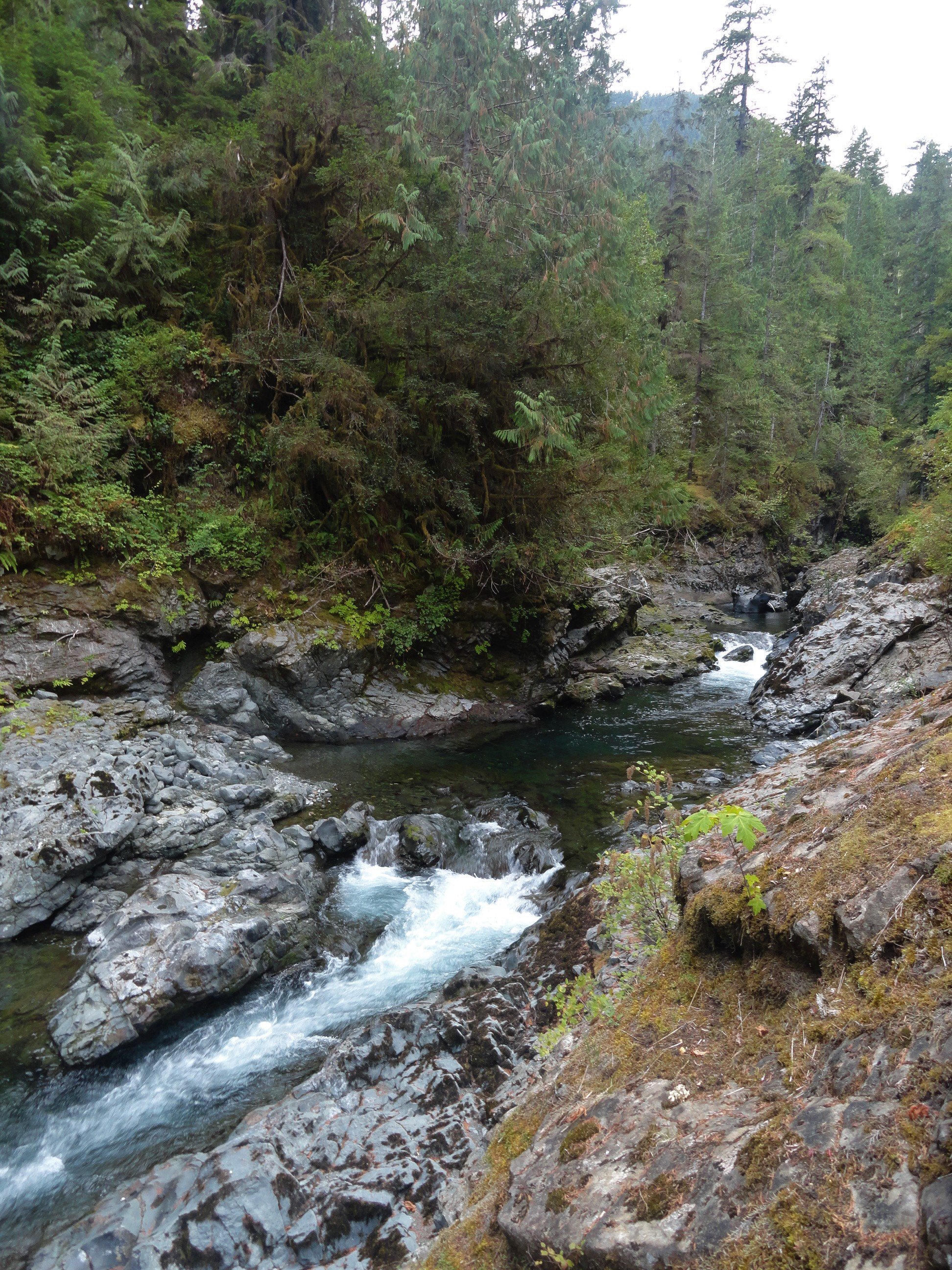










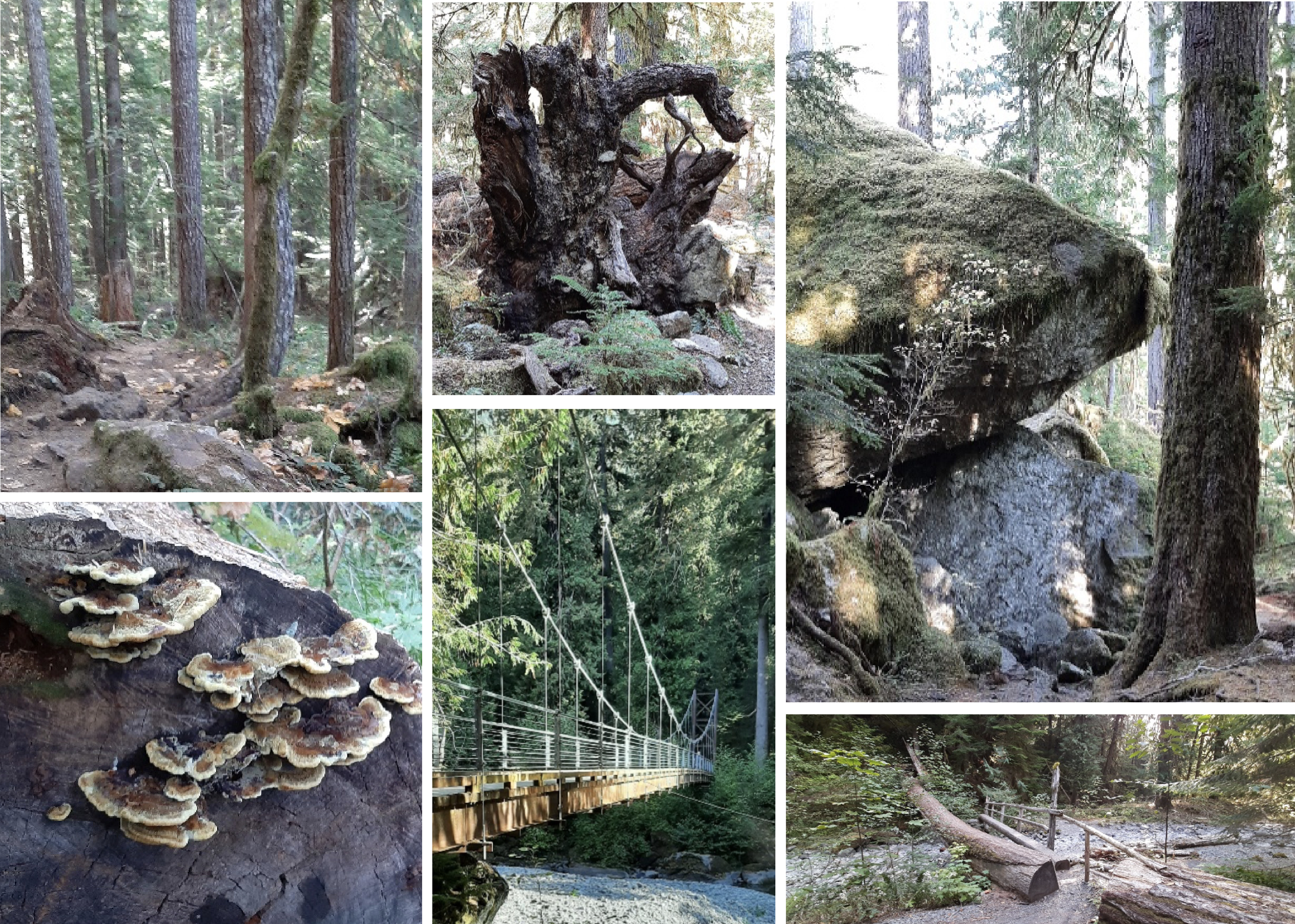





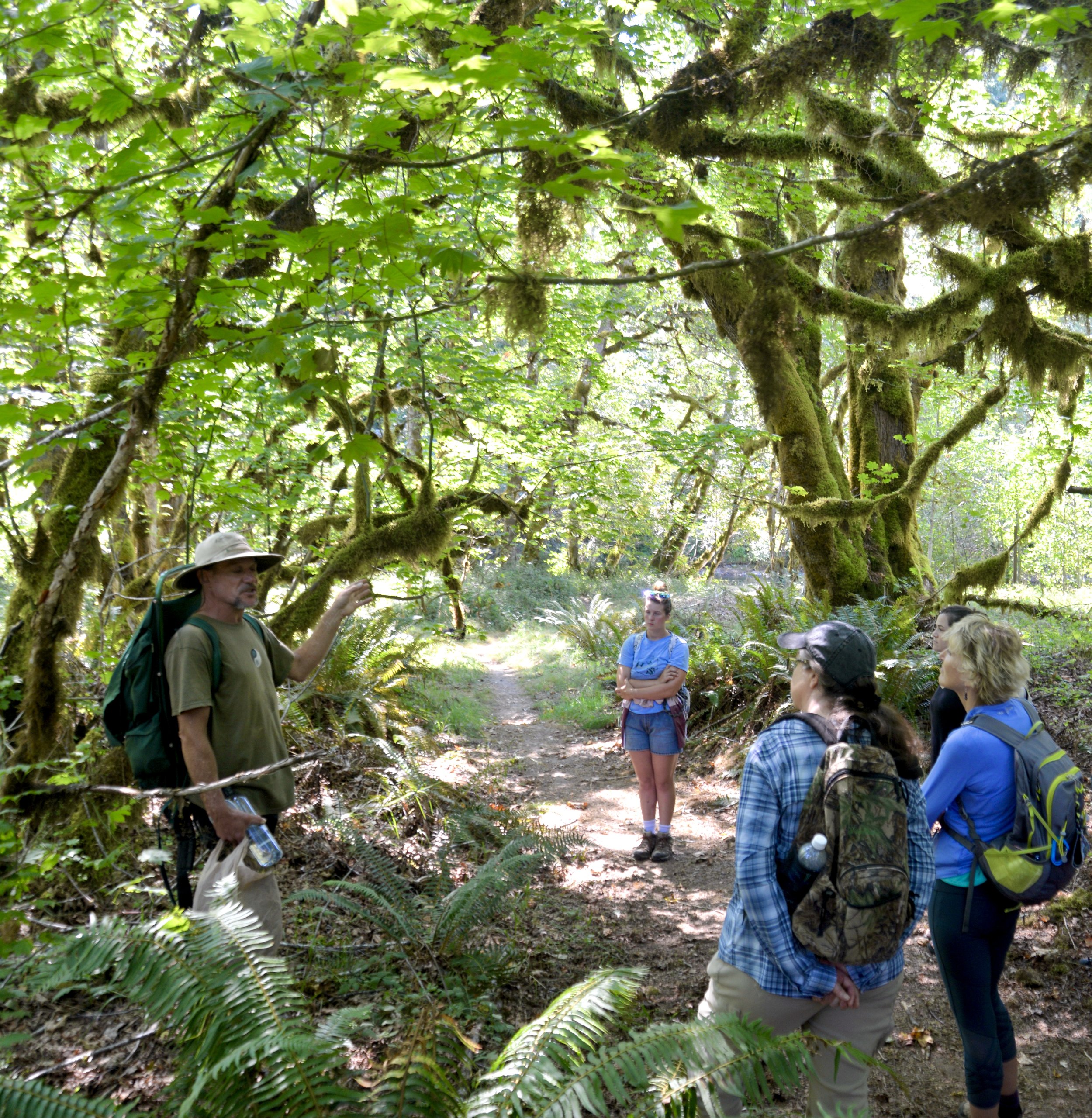


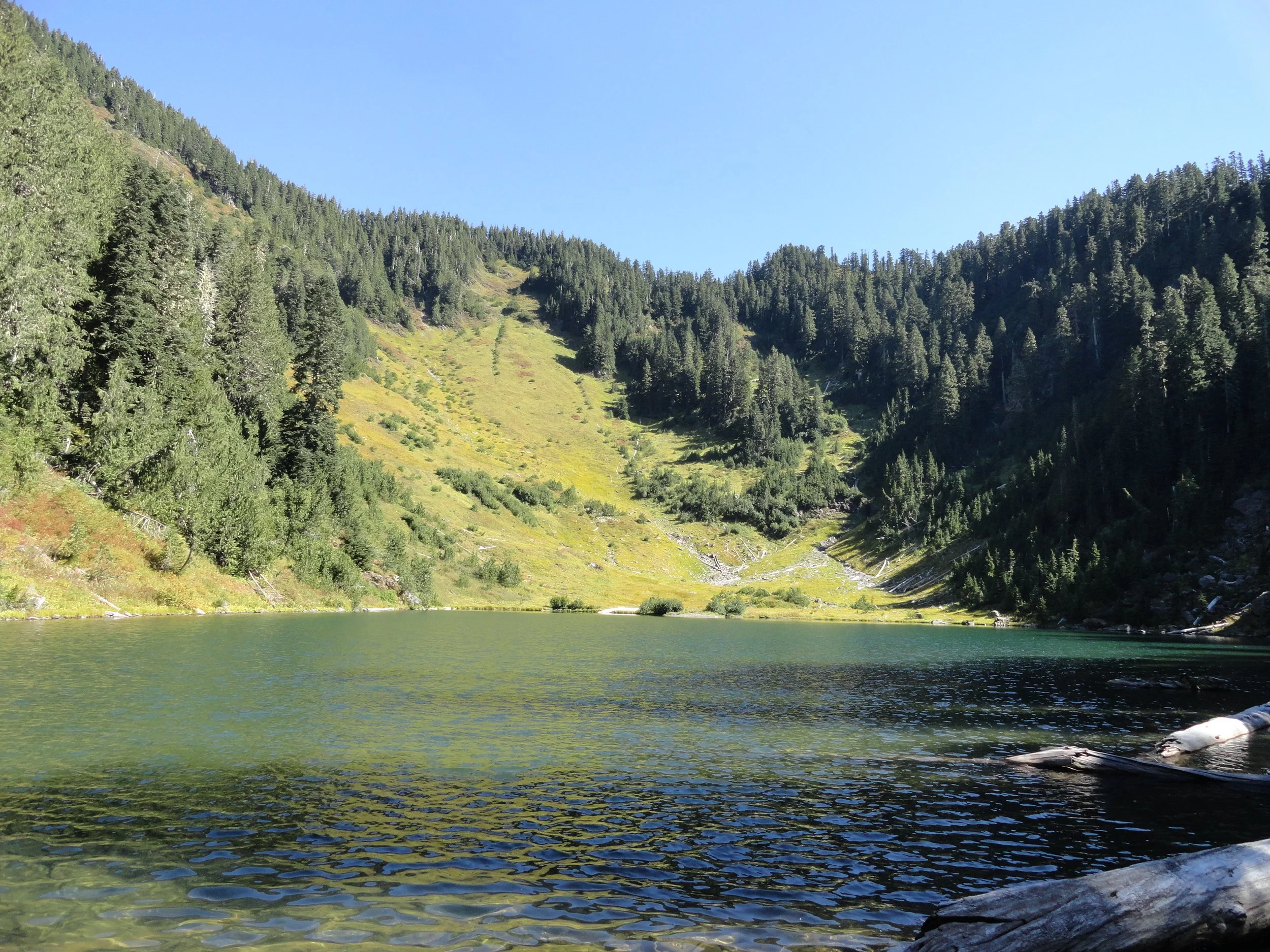







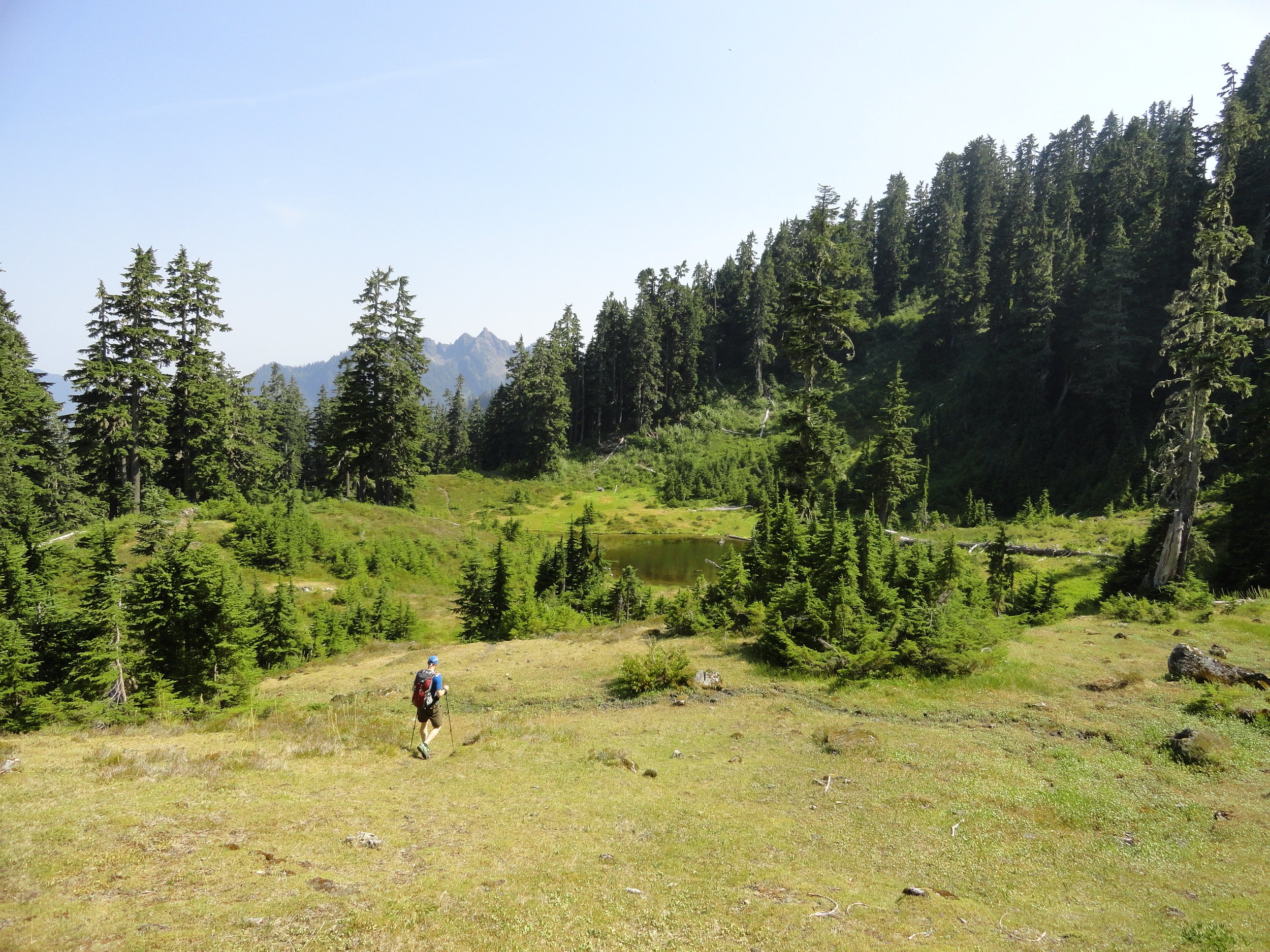


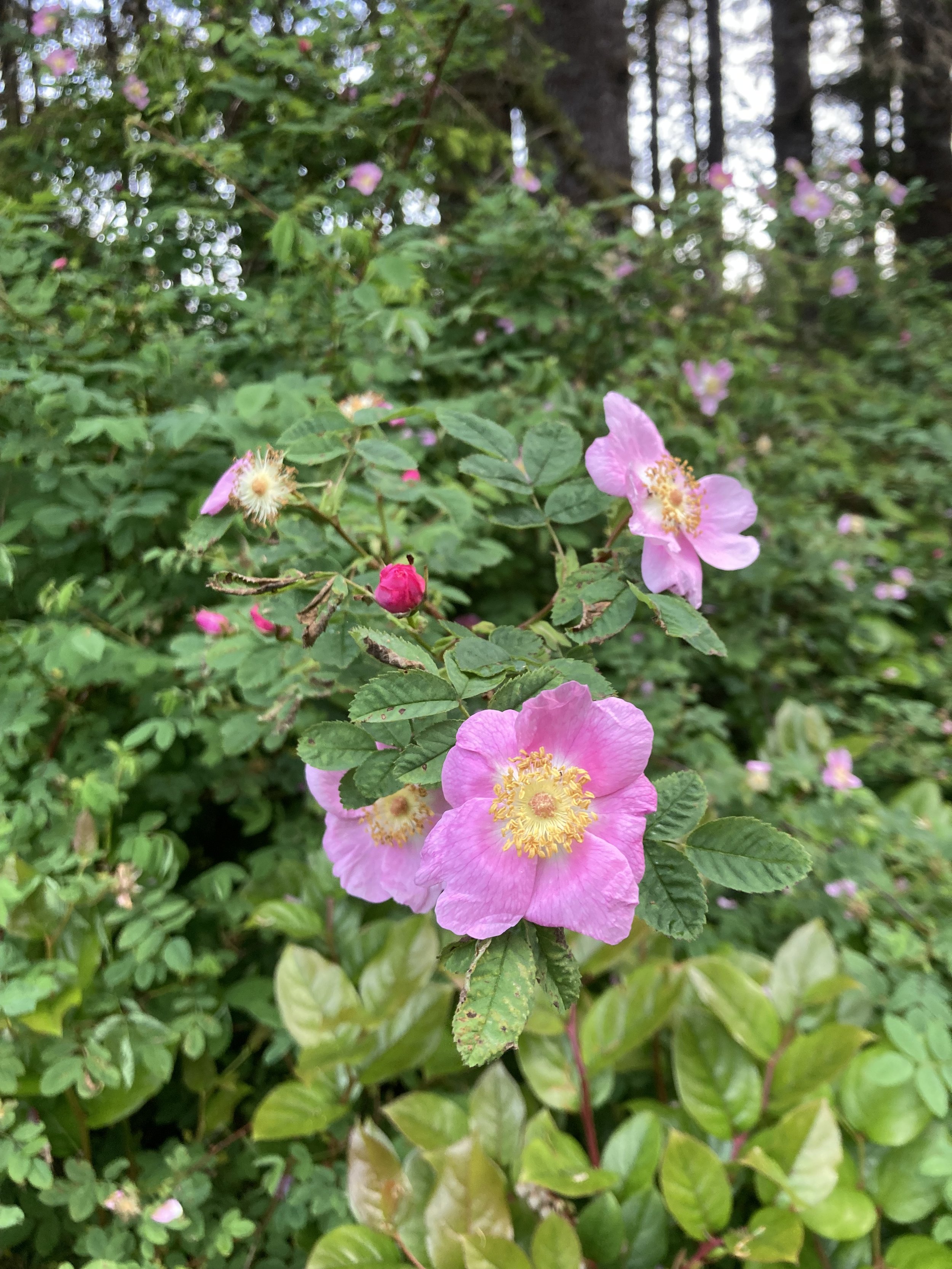











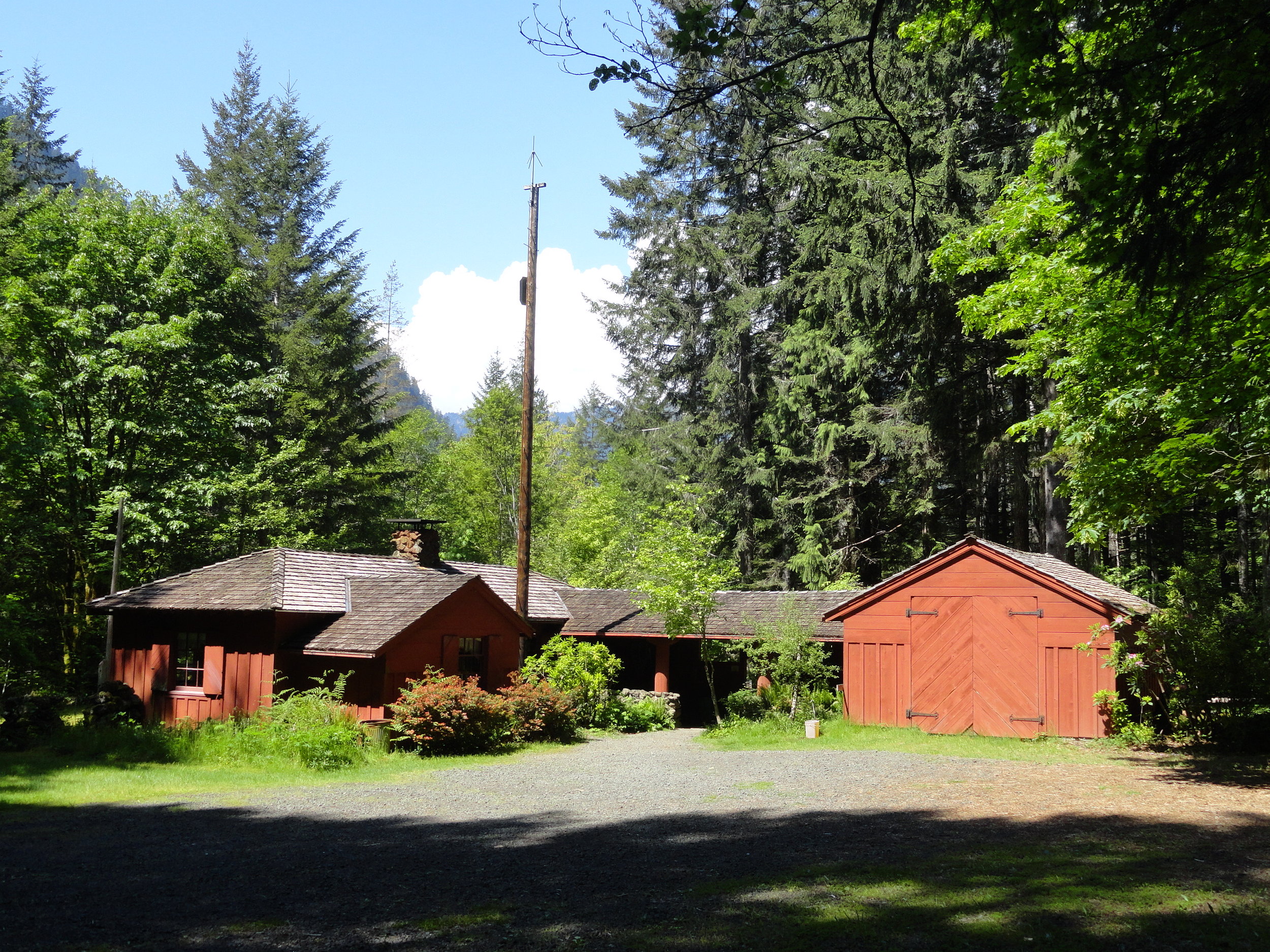




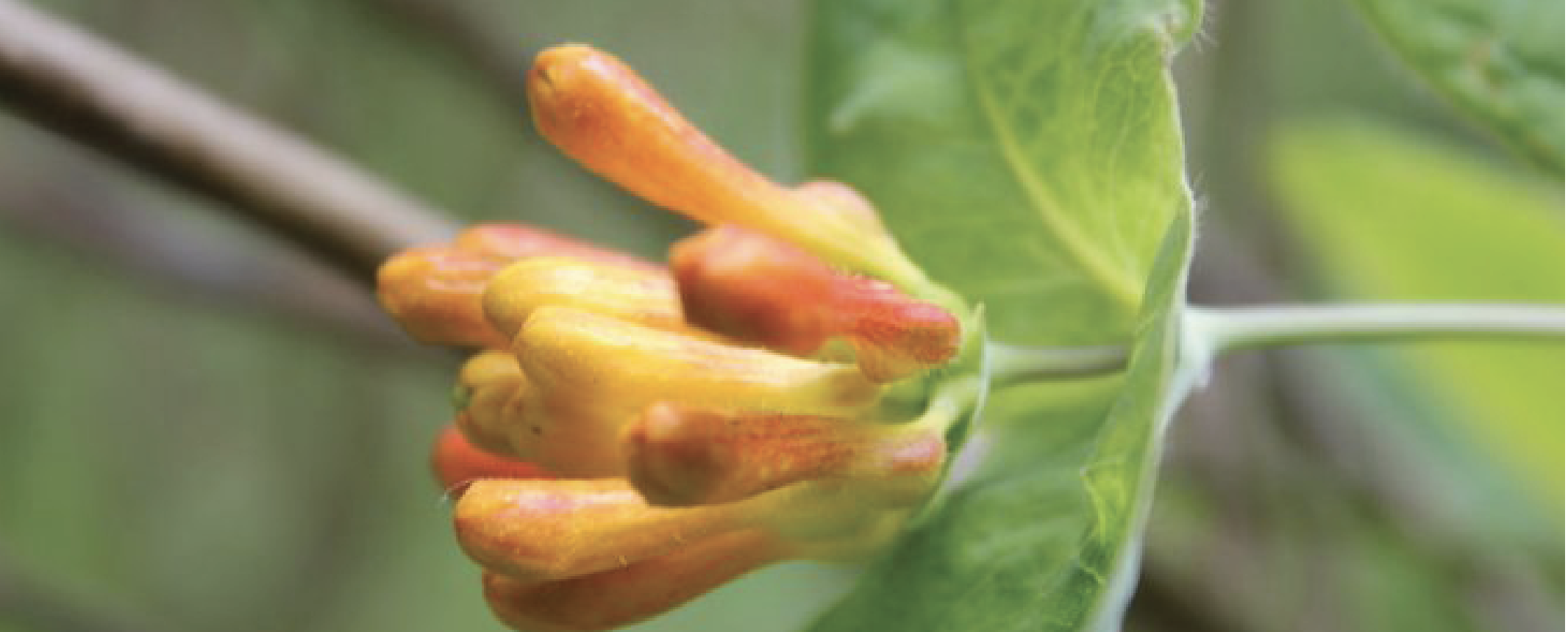

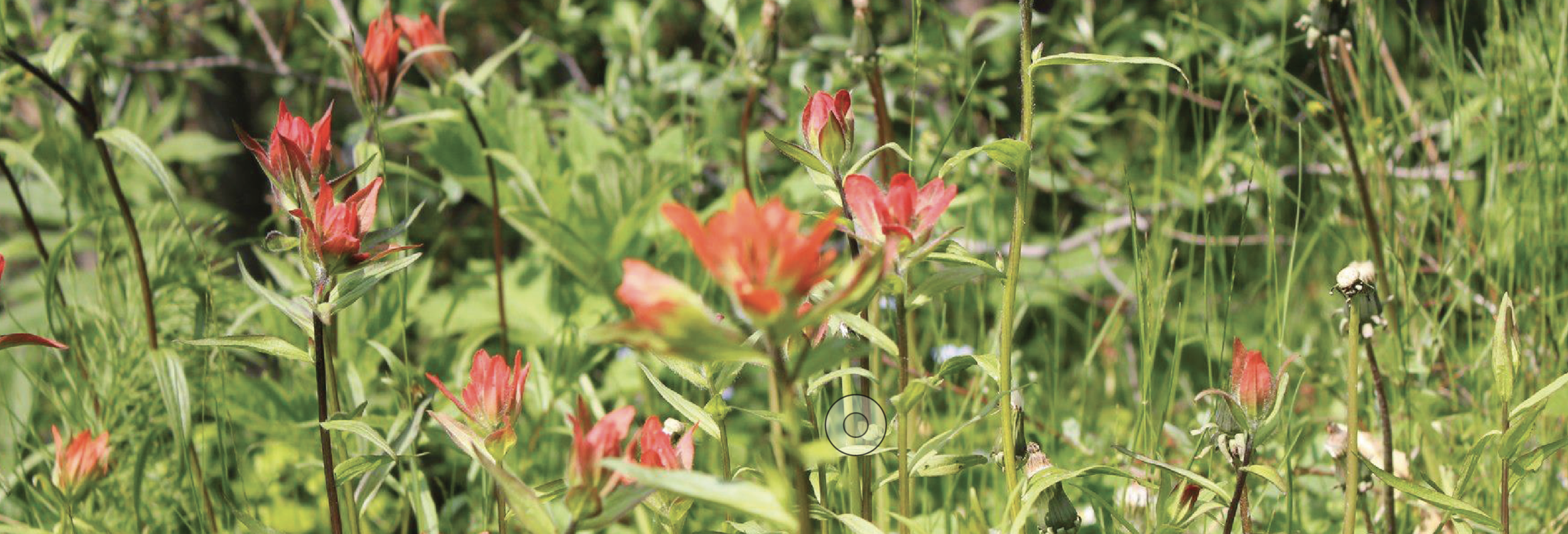
A small family owned Italian food truck serving pasta dishes, meatball subs, clam chowder bread bowls, as well as fresh lobster shipped directly from Maine. Has outdoor seating, fireplace and serves vegetarian dishes. Open Friday-Sunday, 12-7 PM.